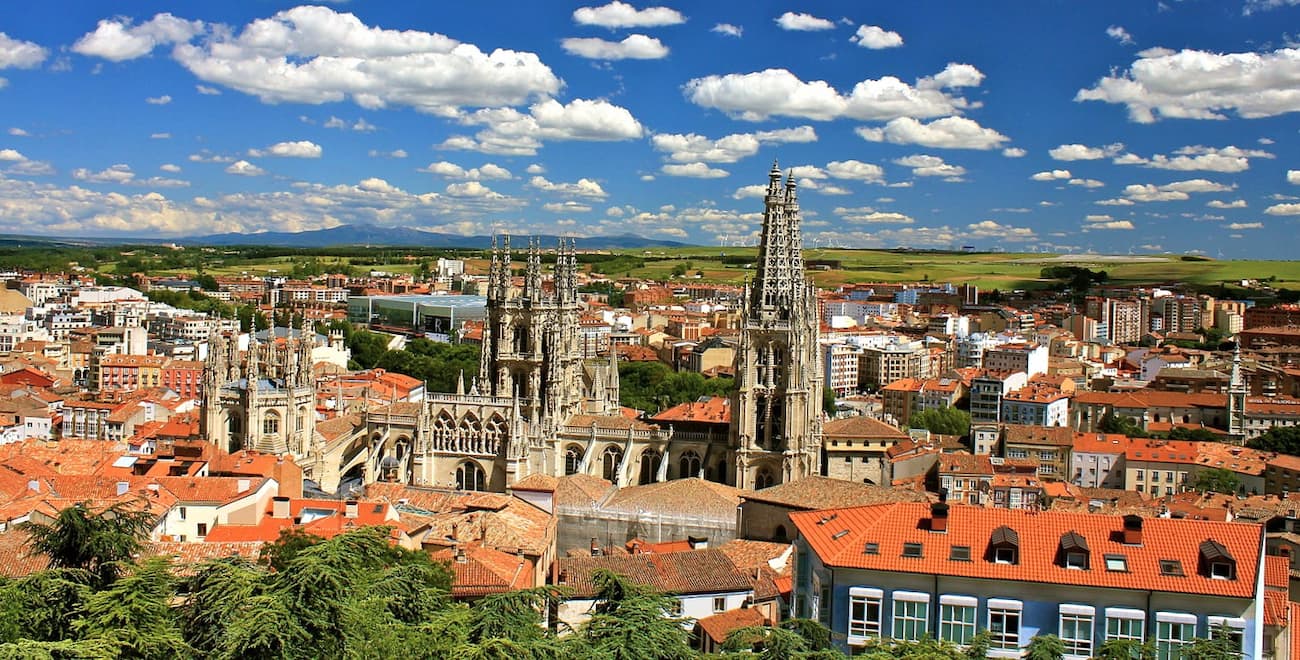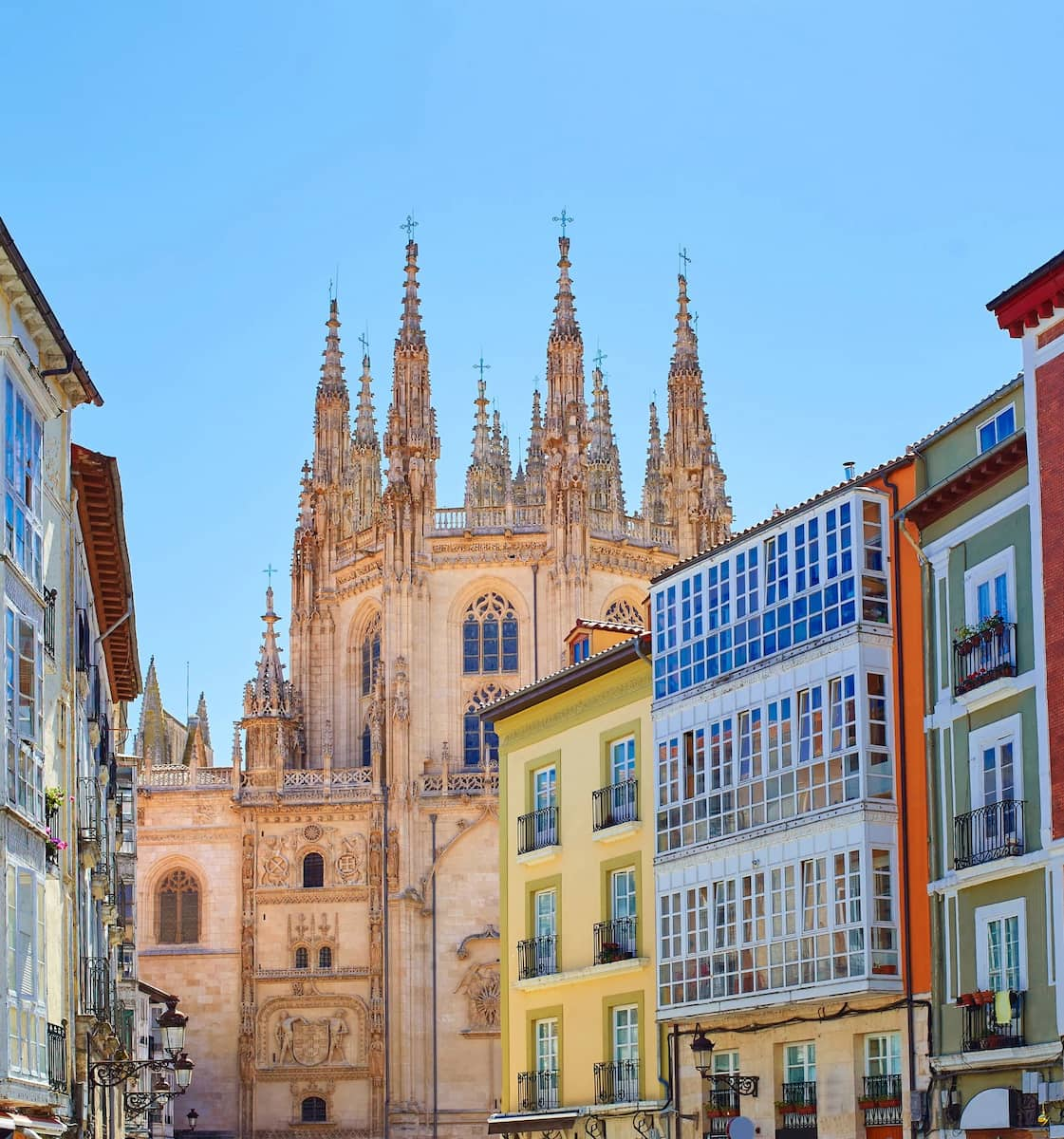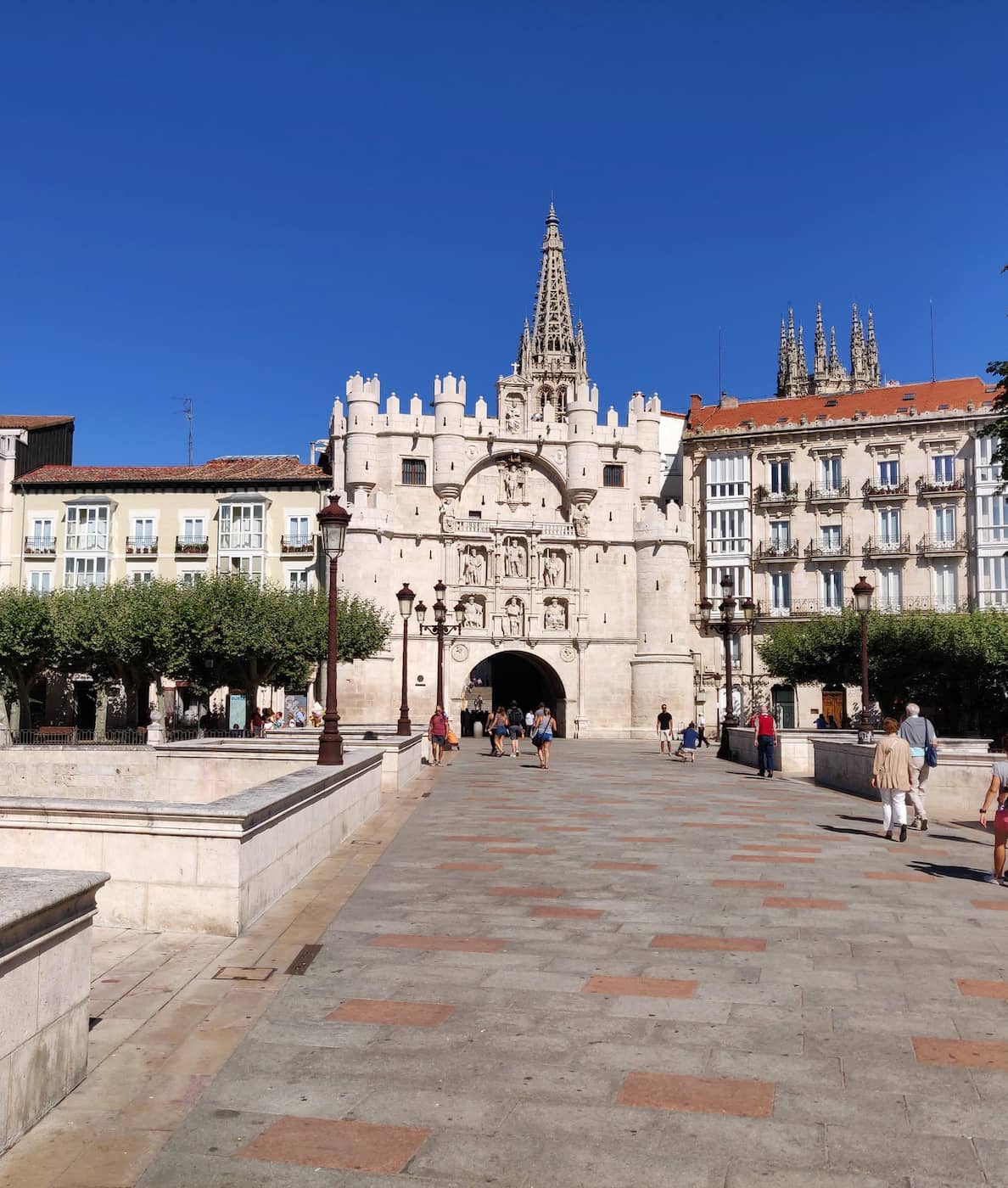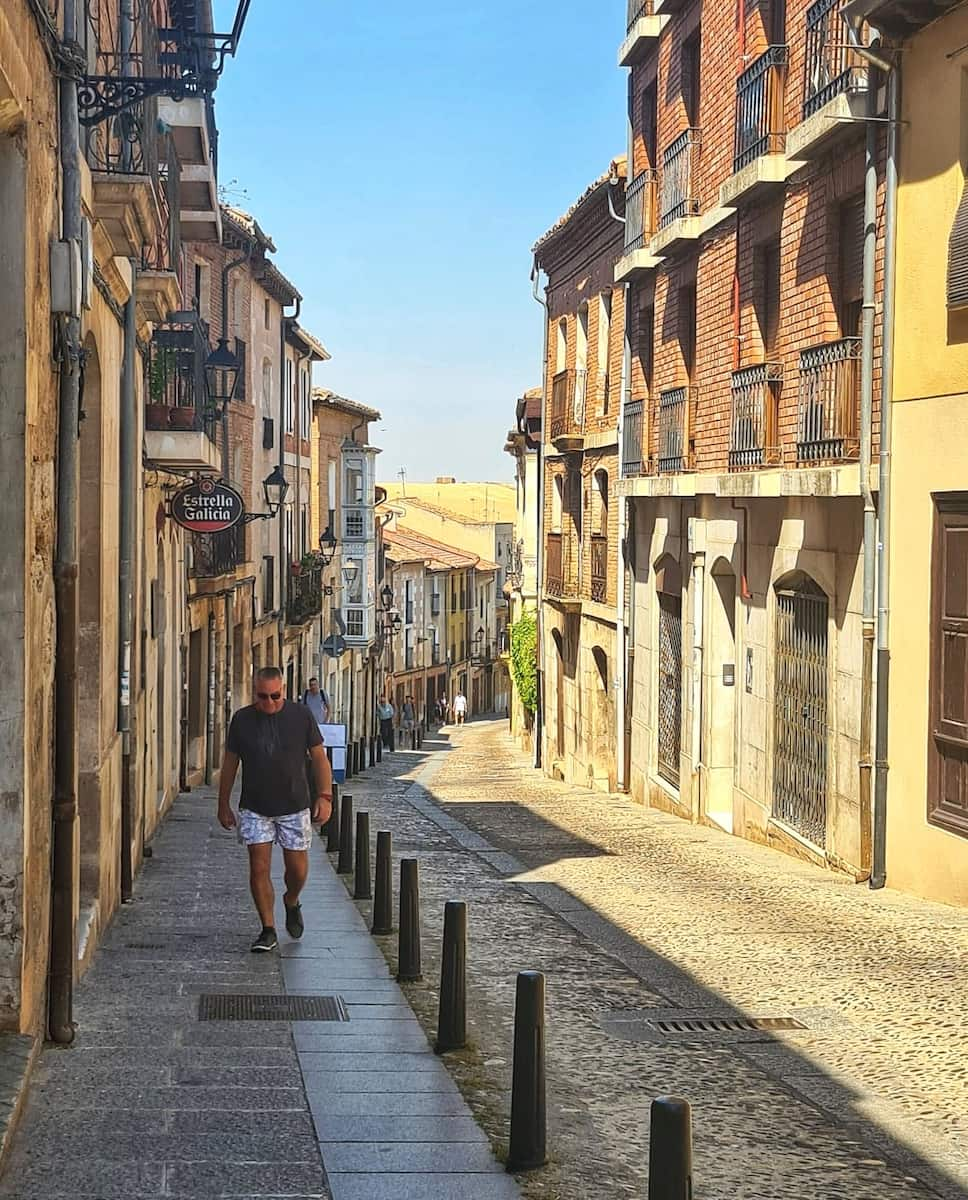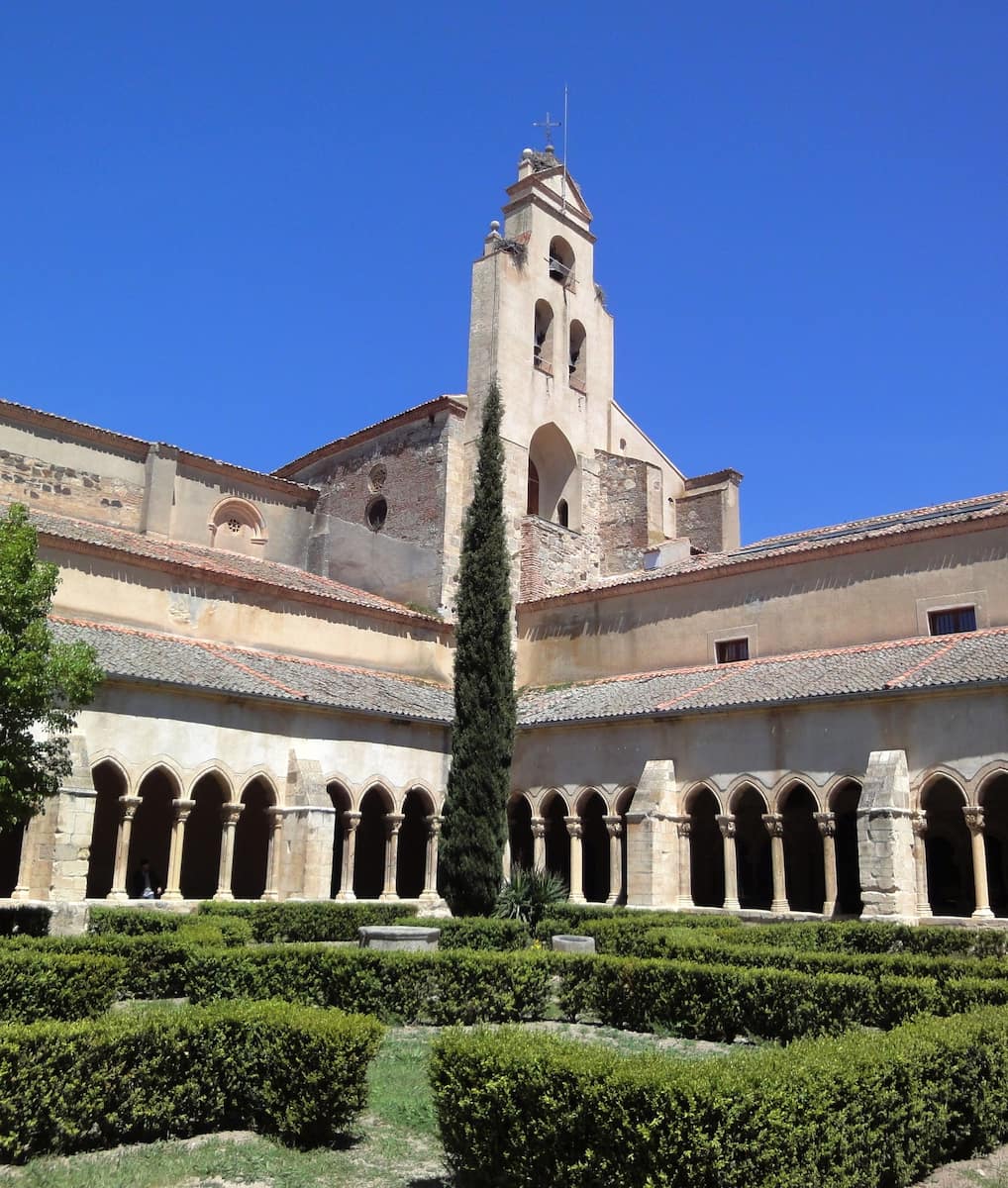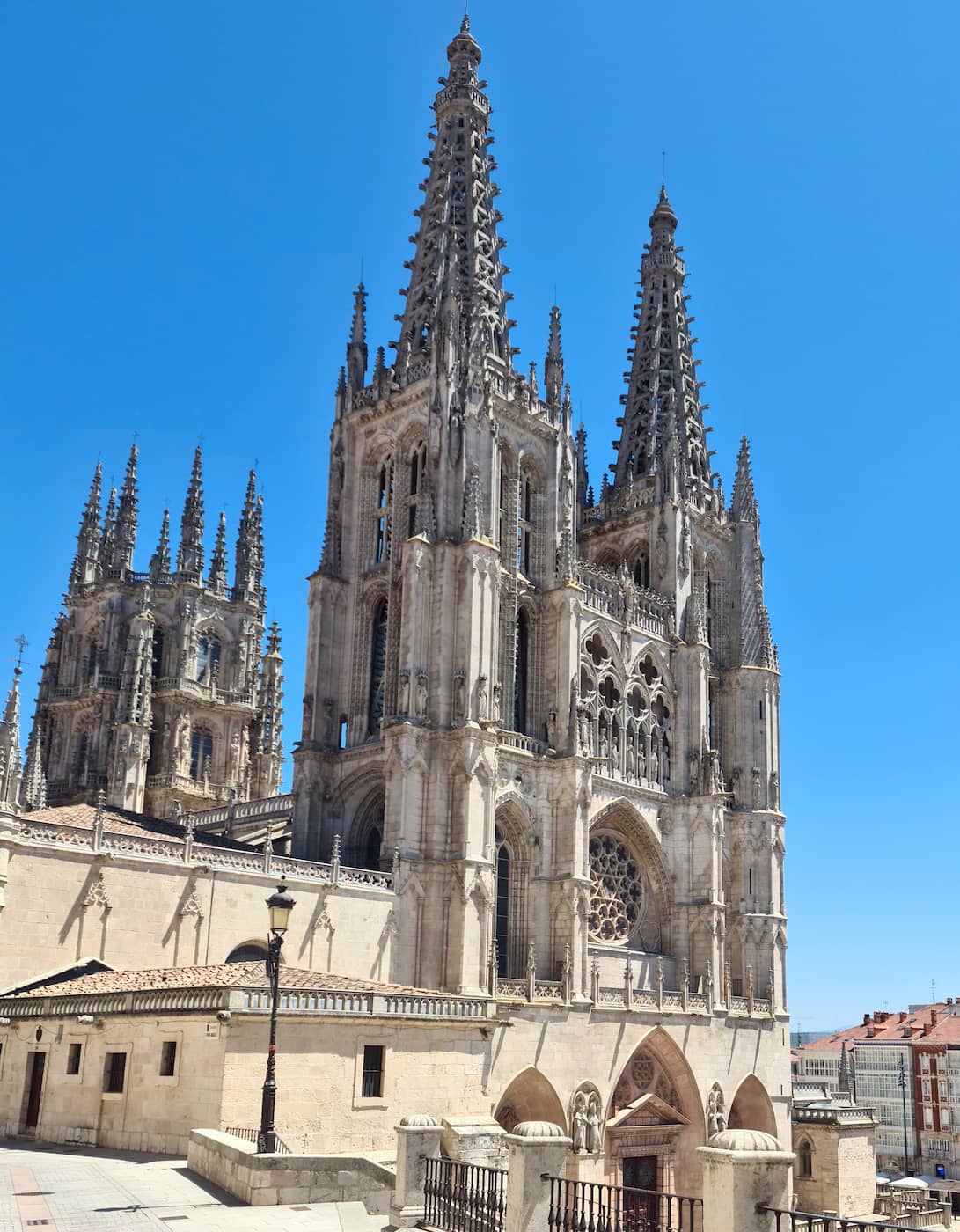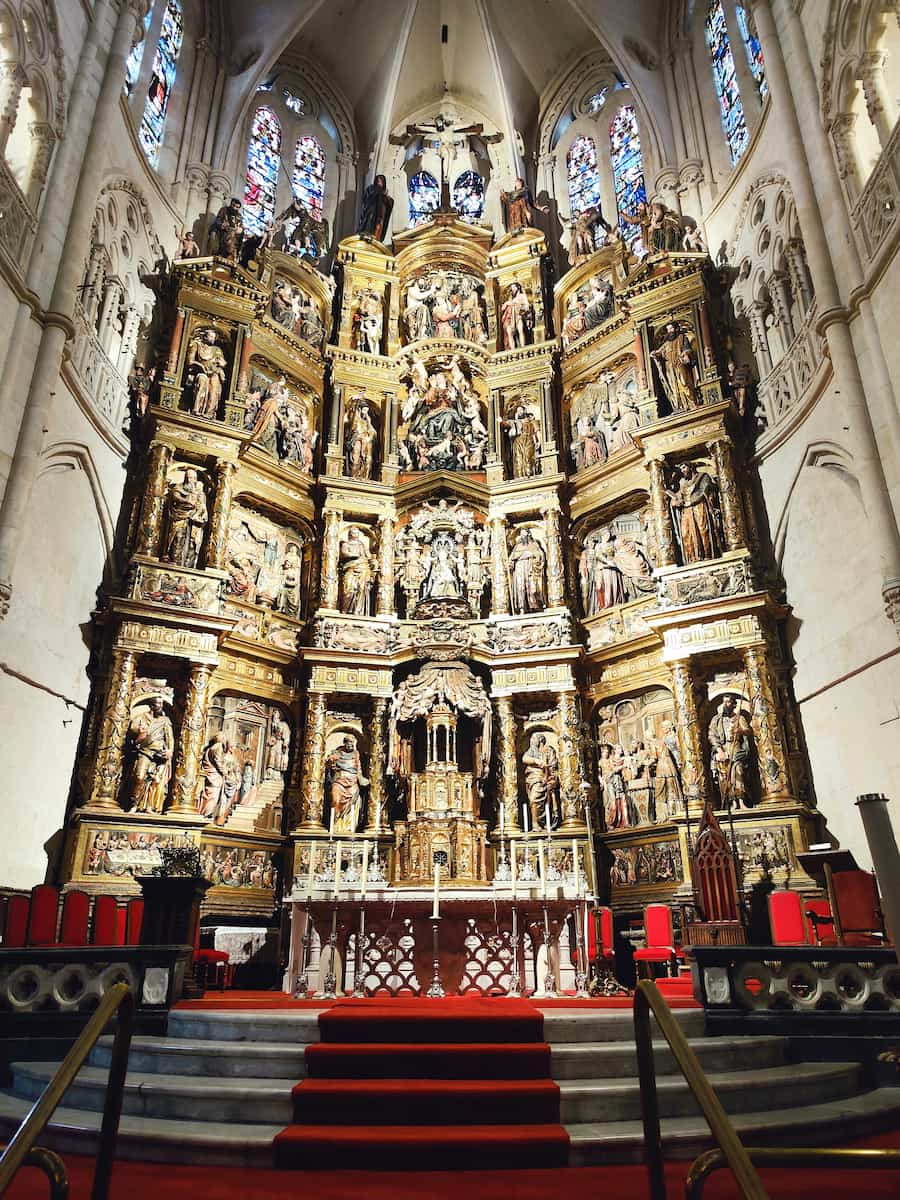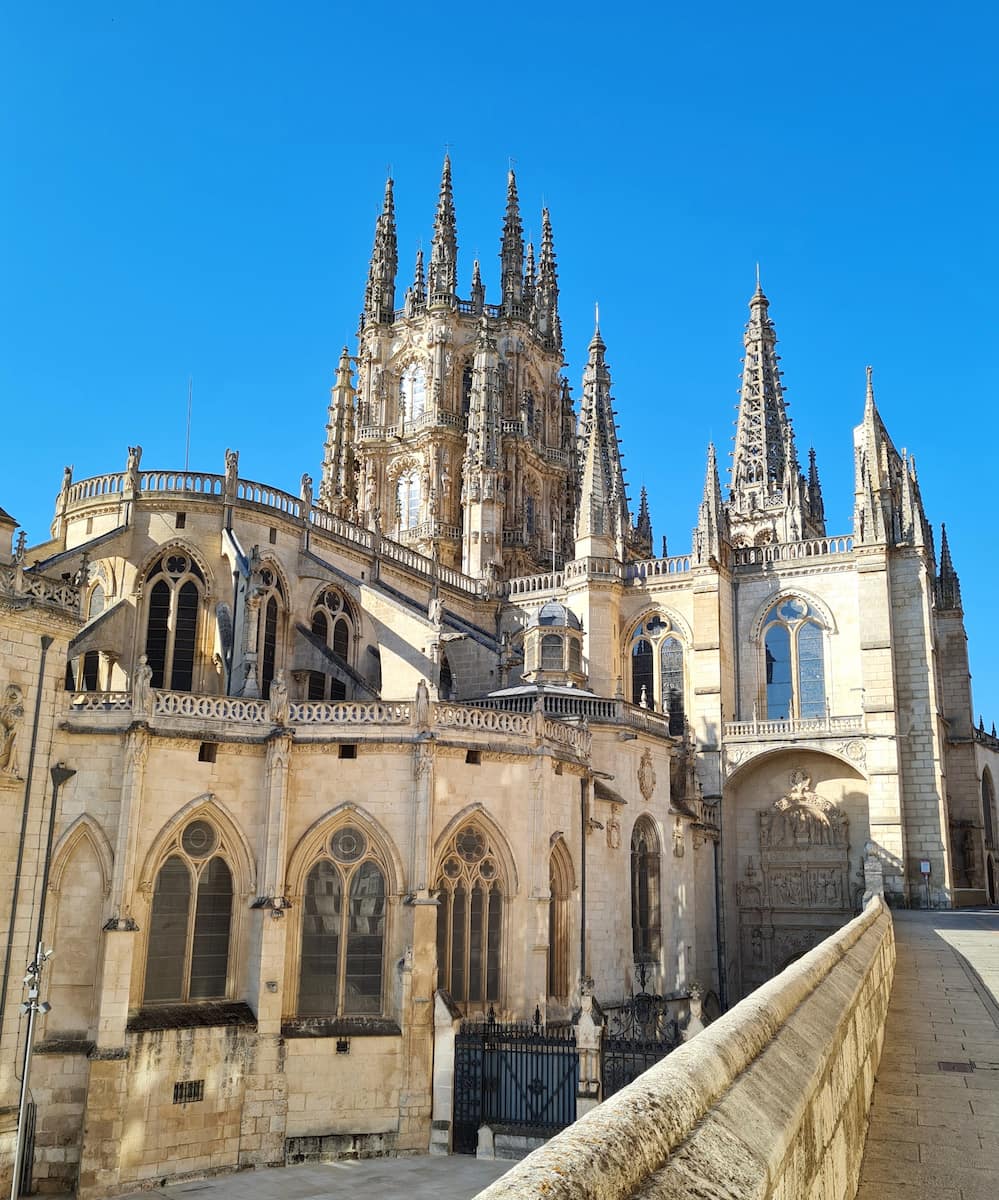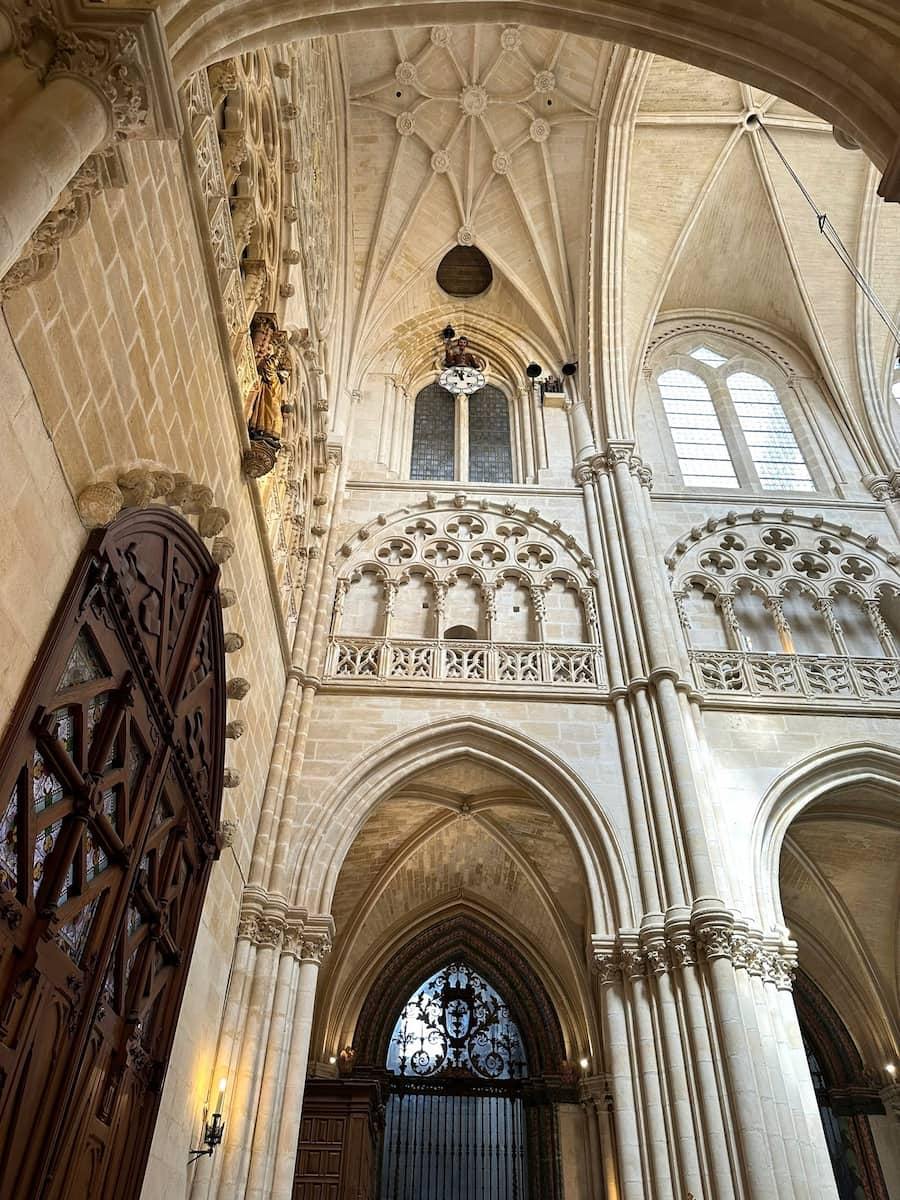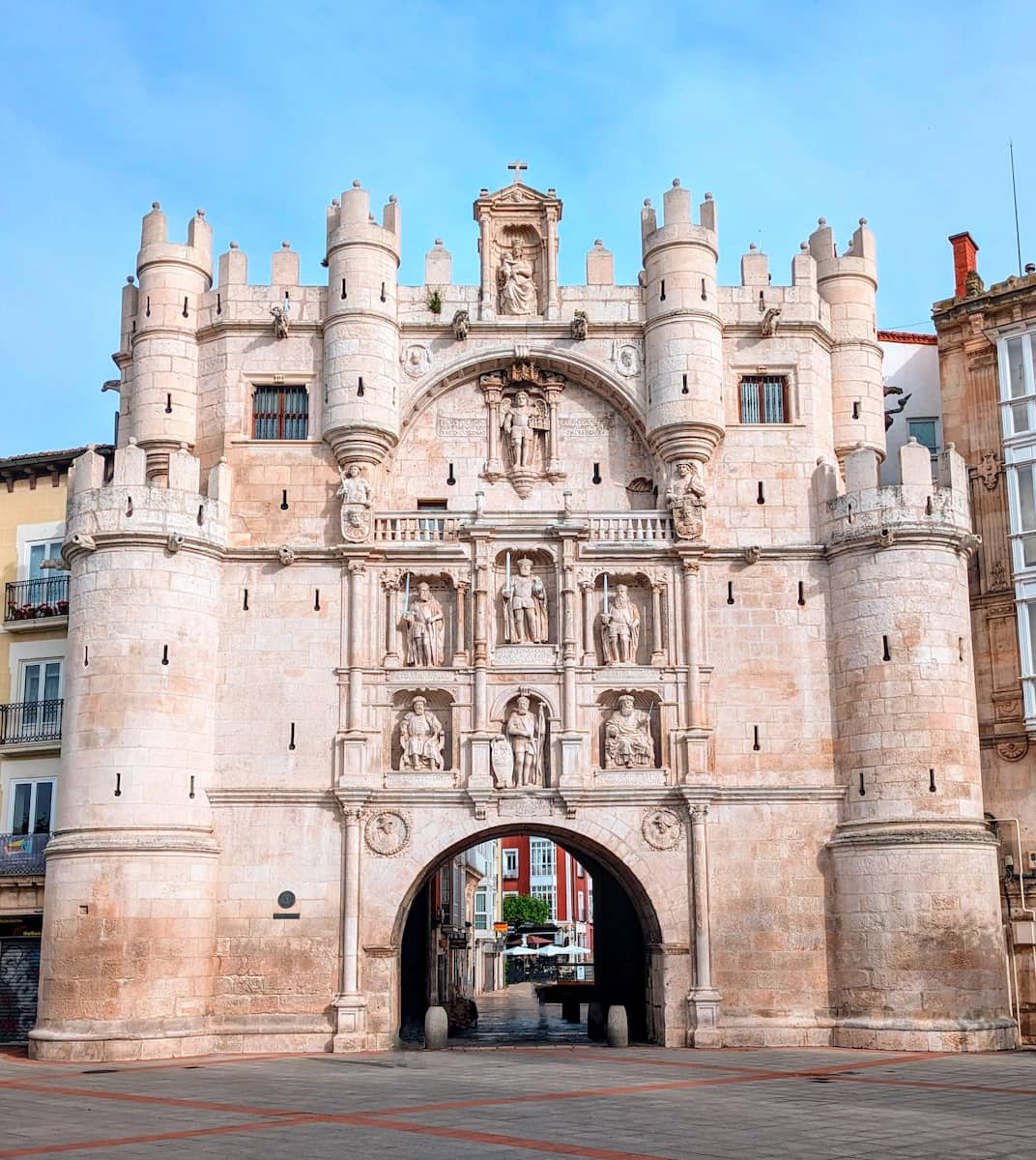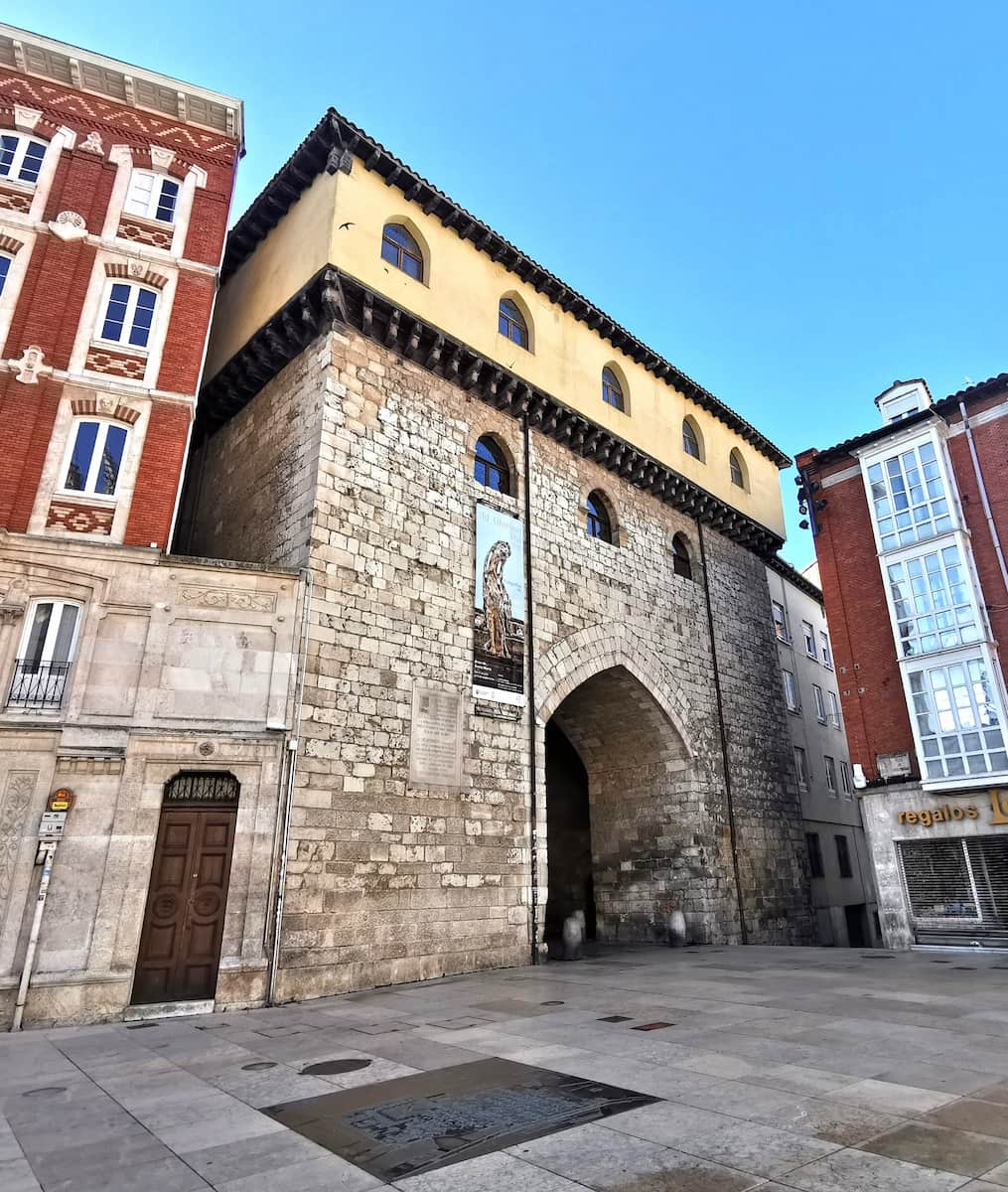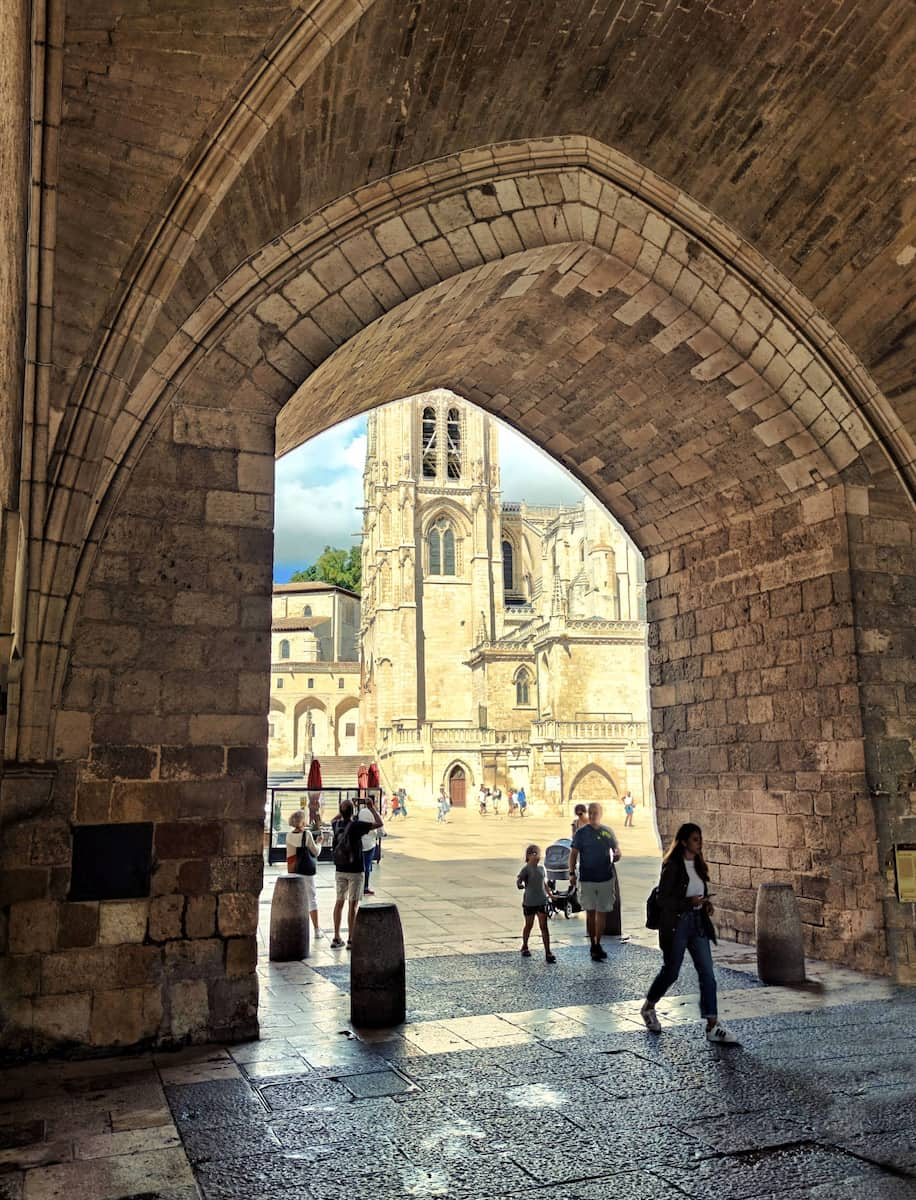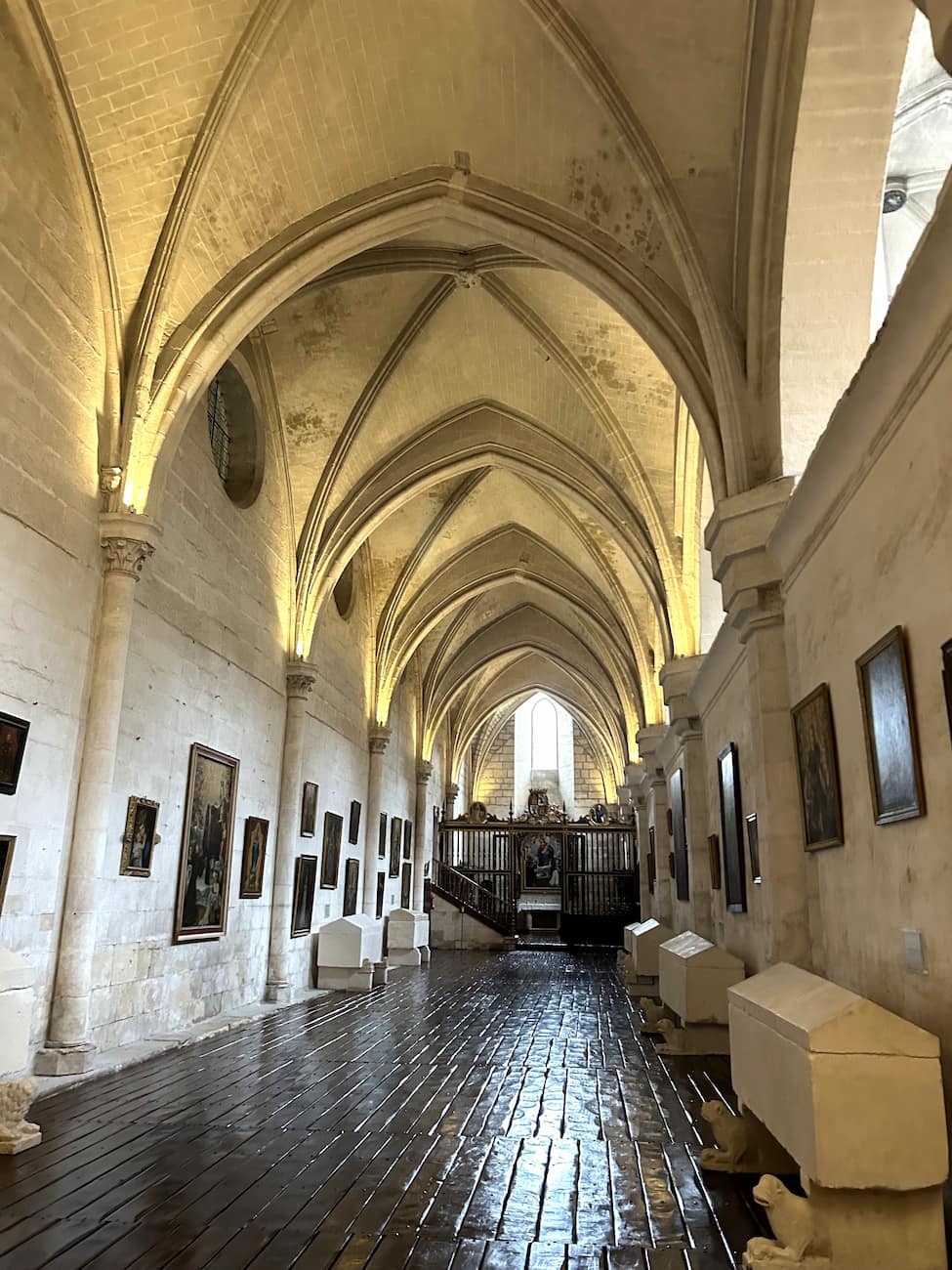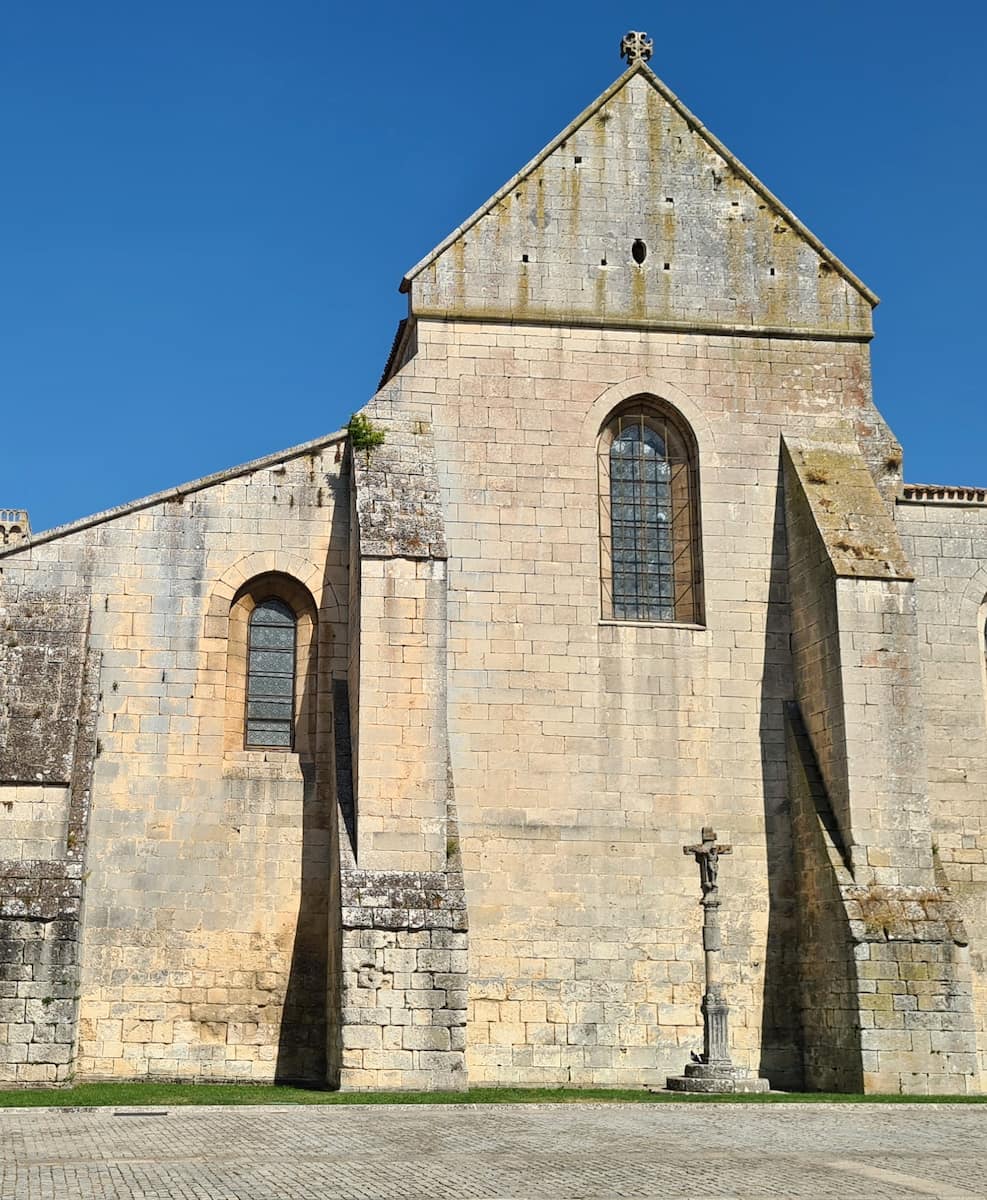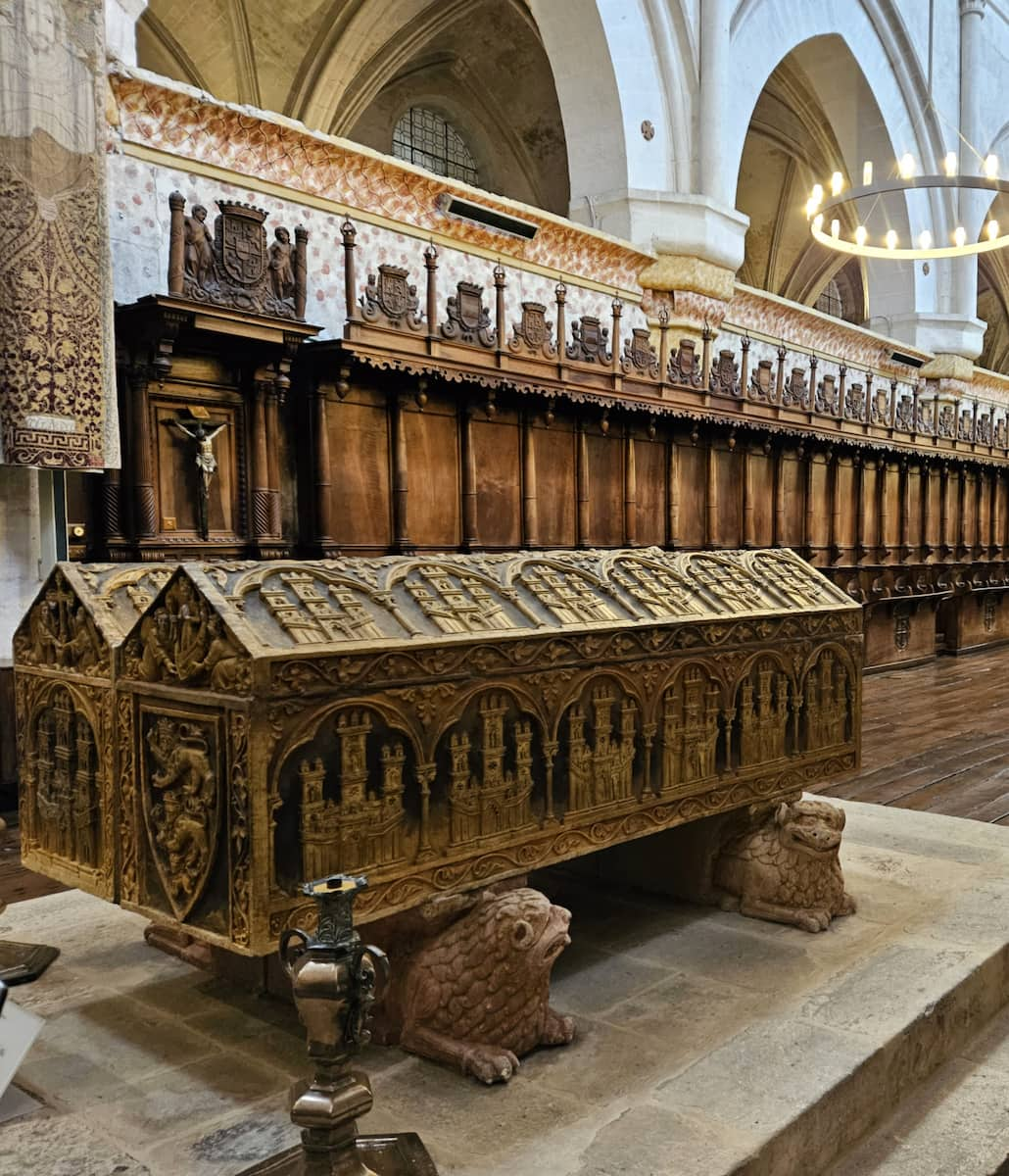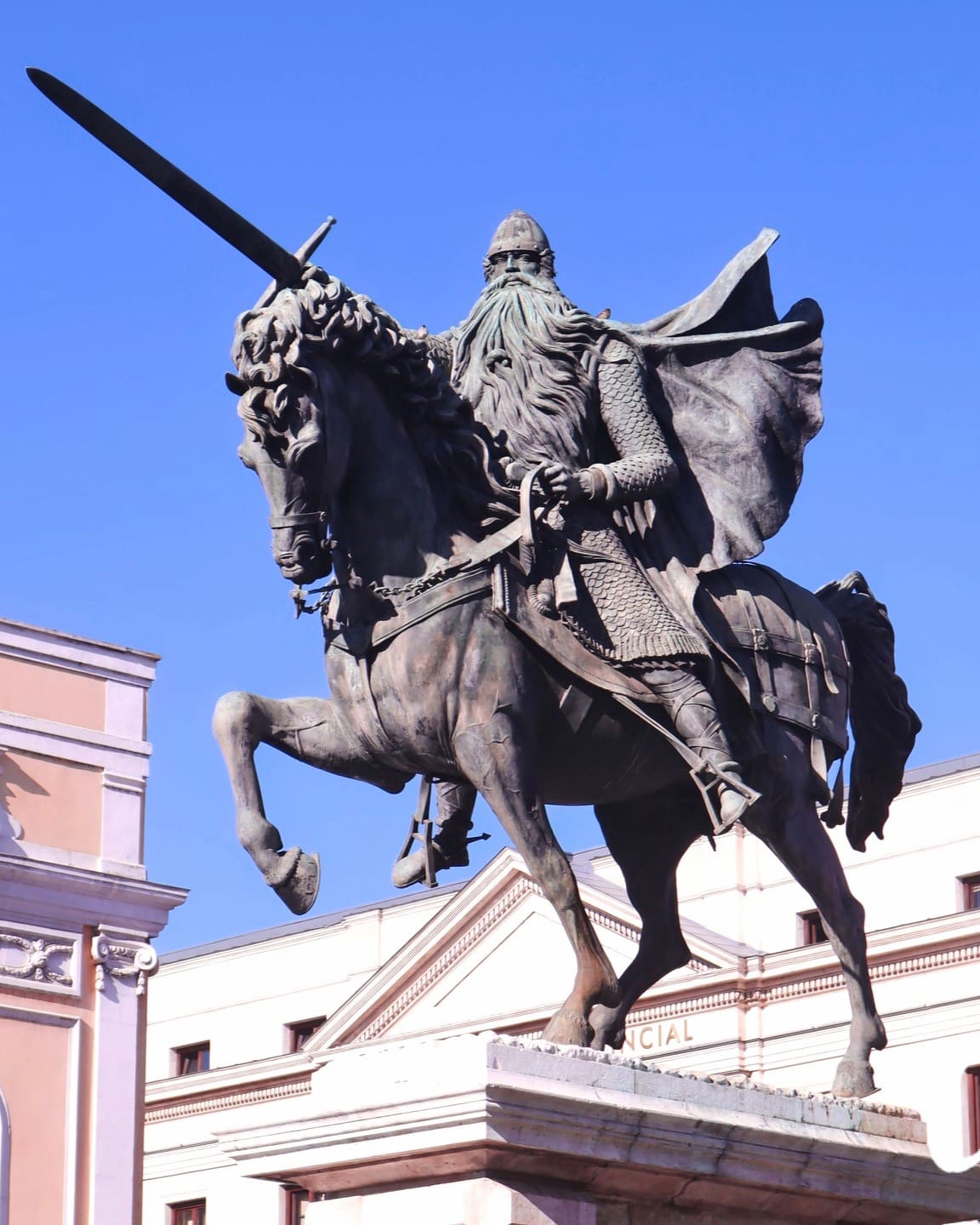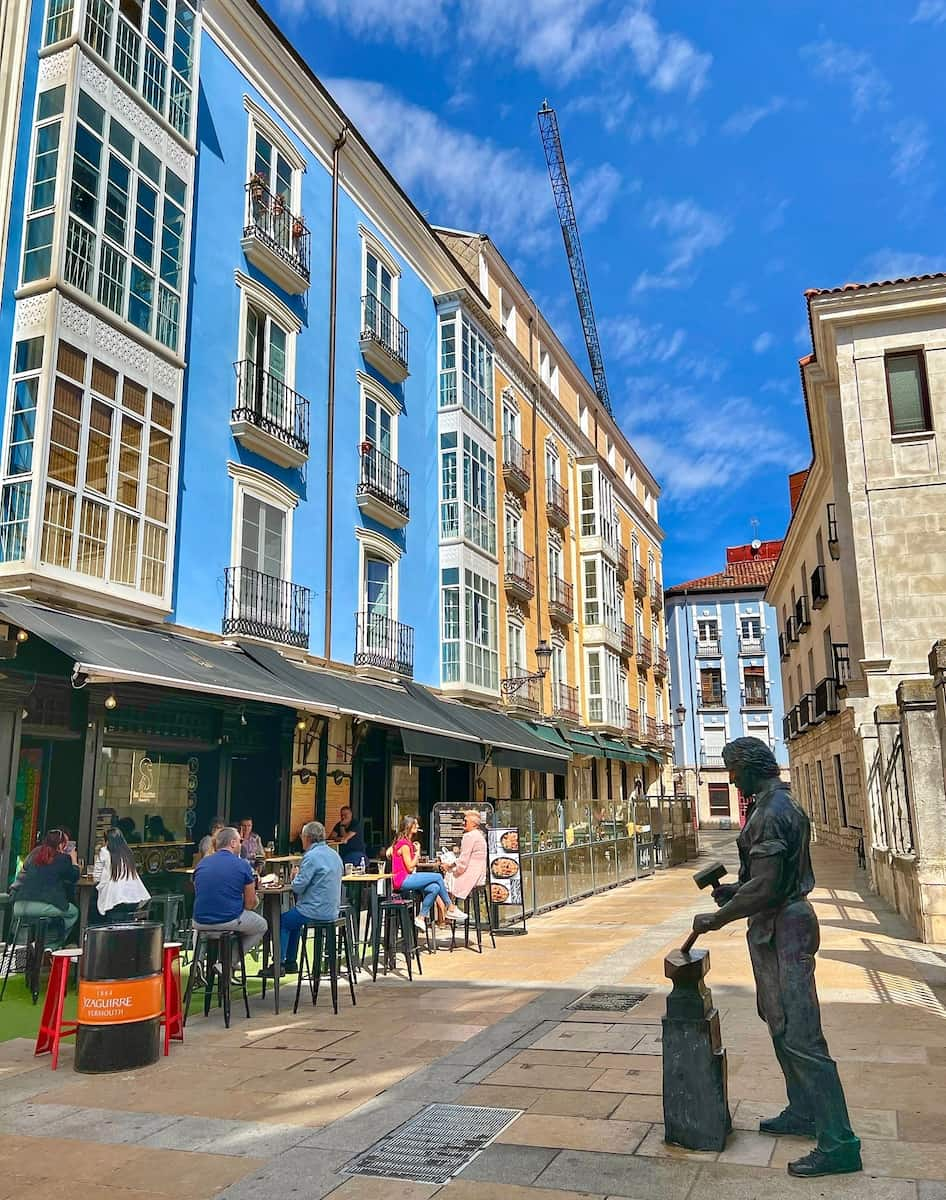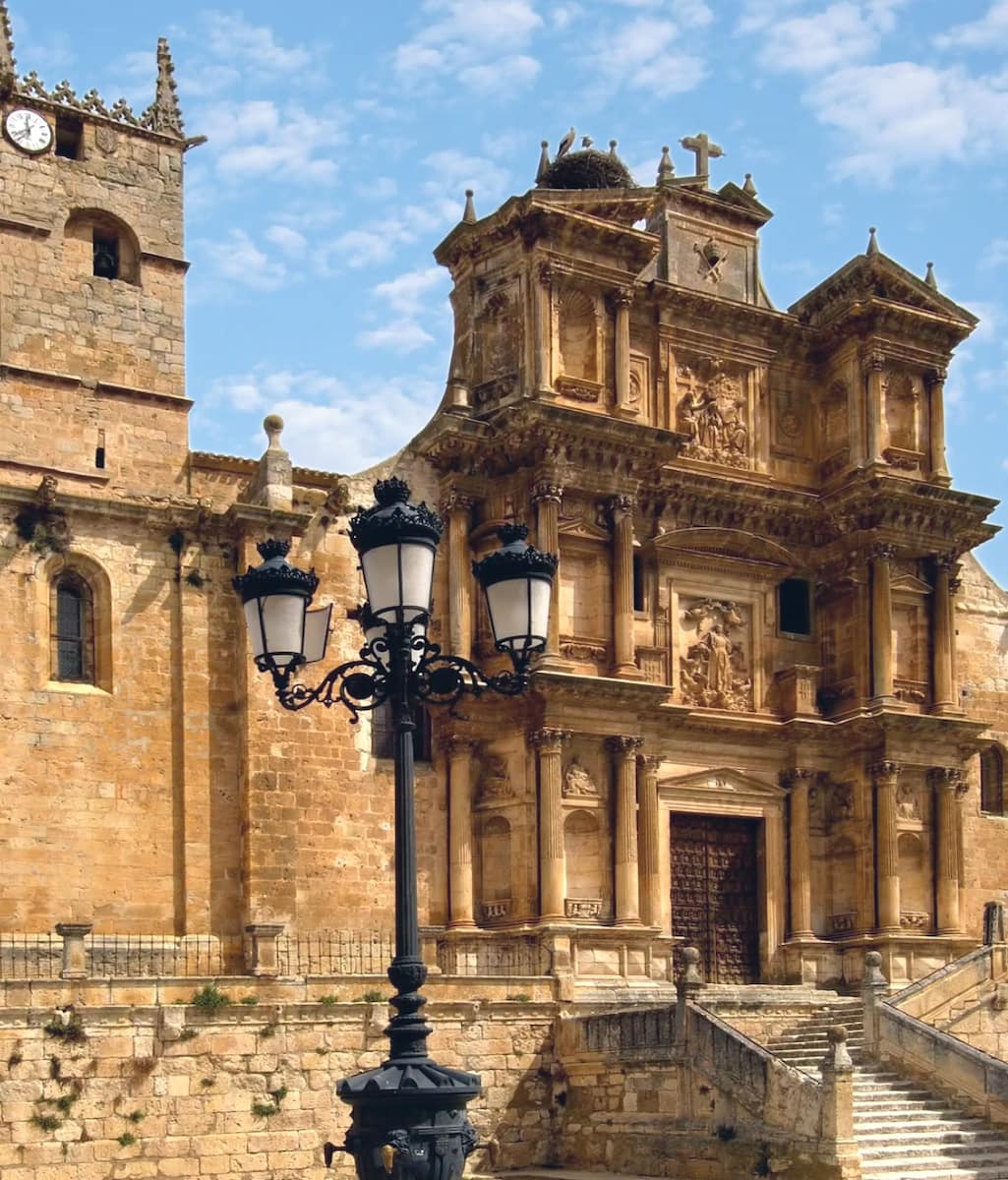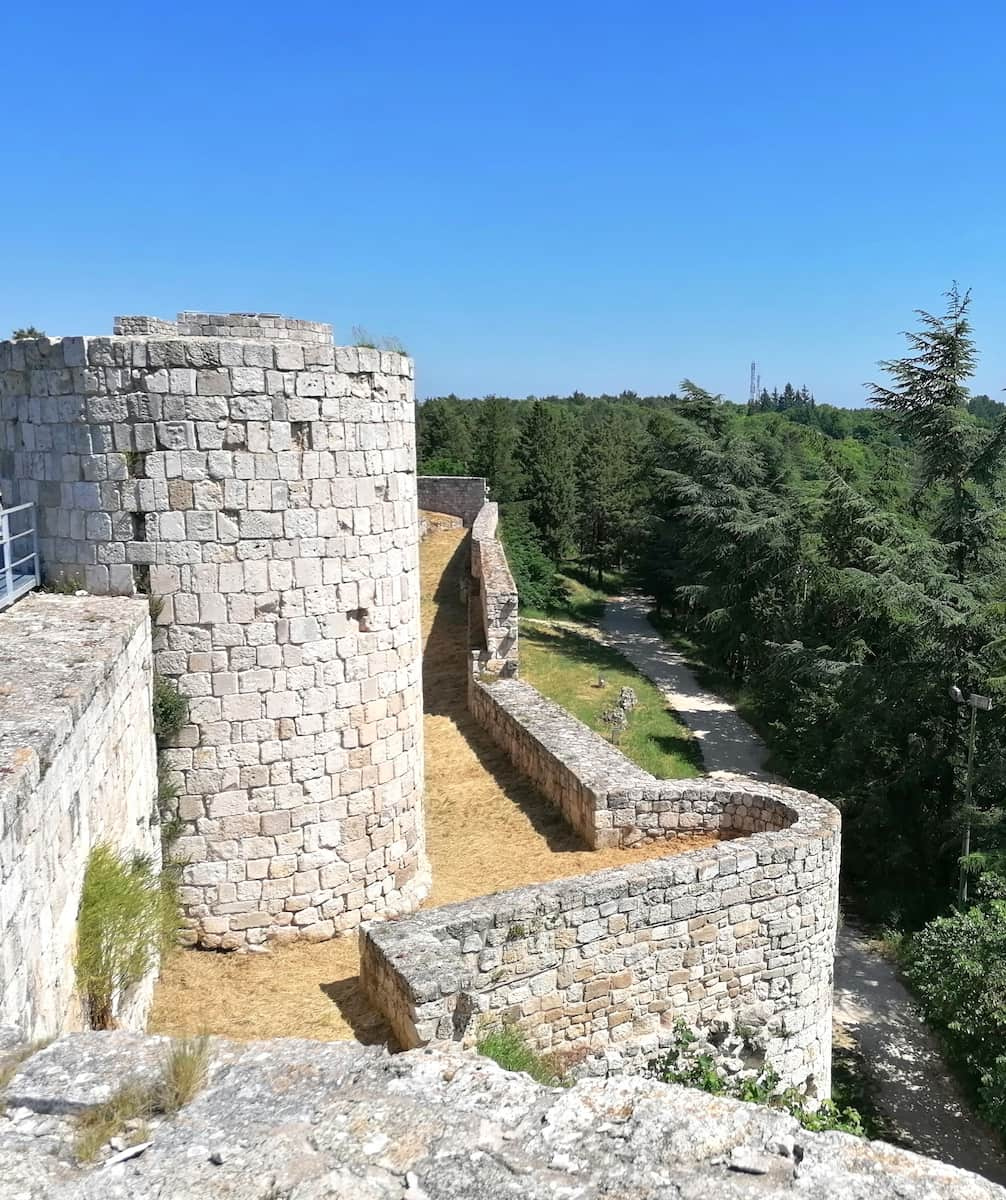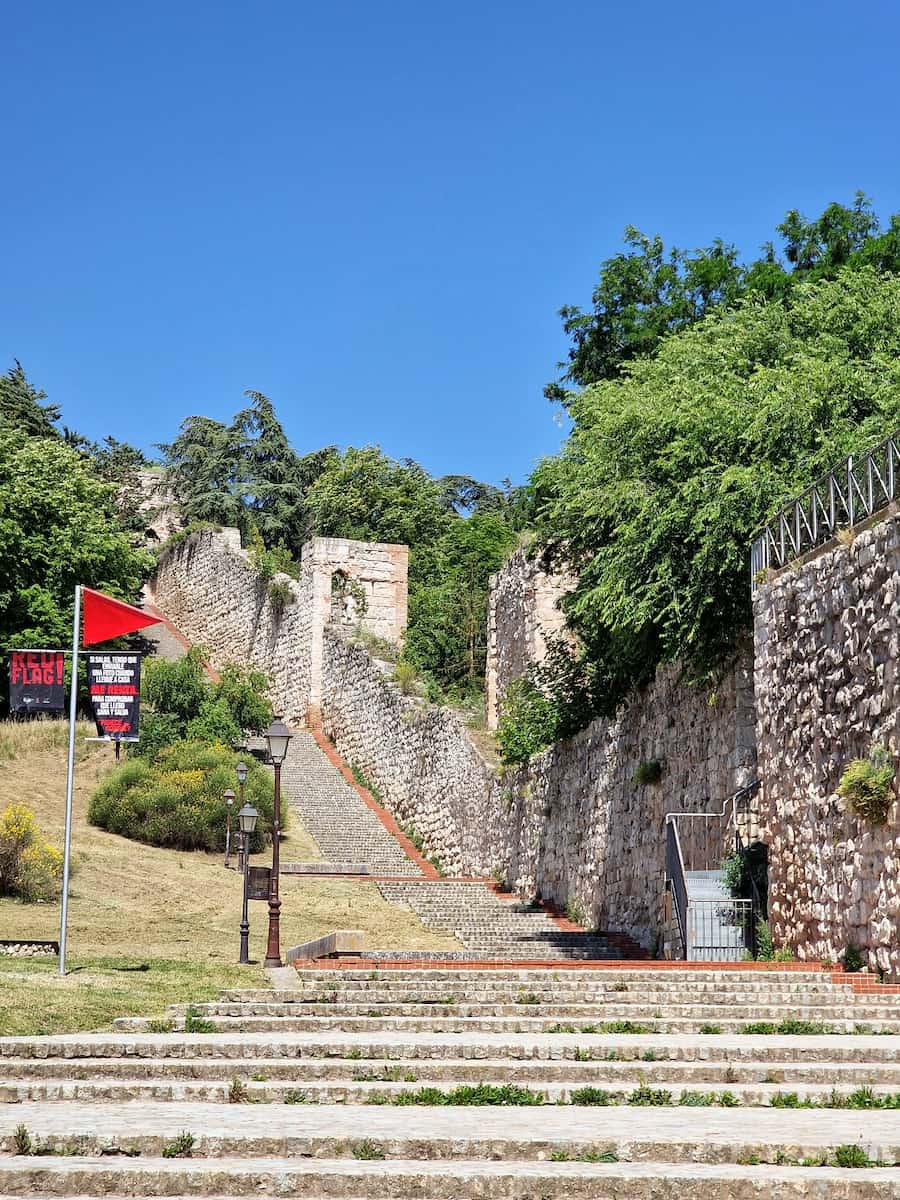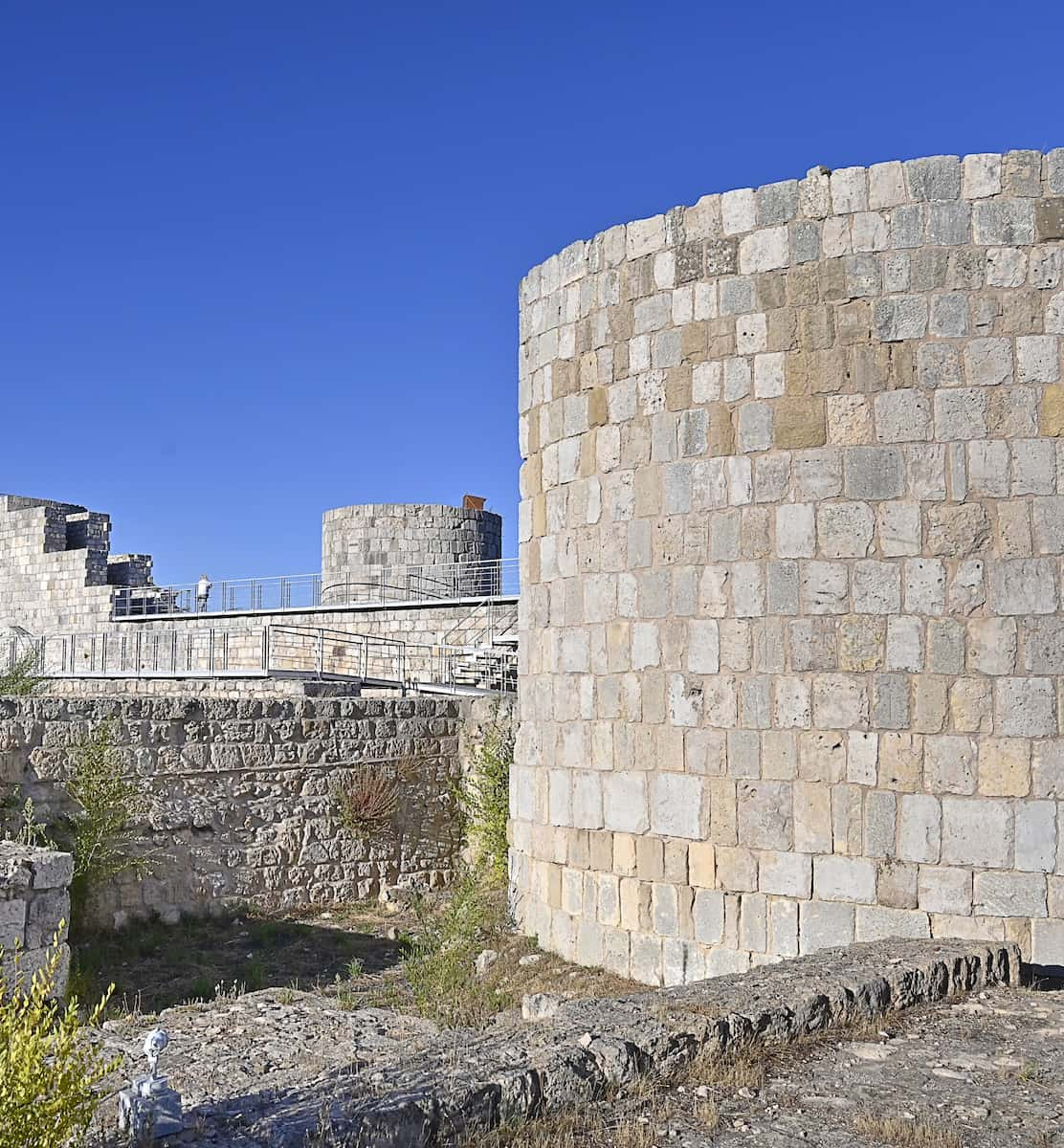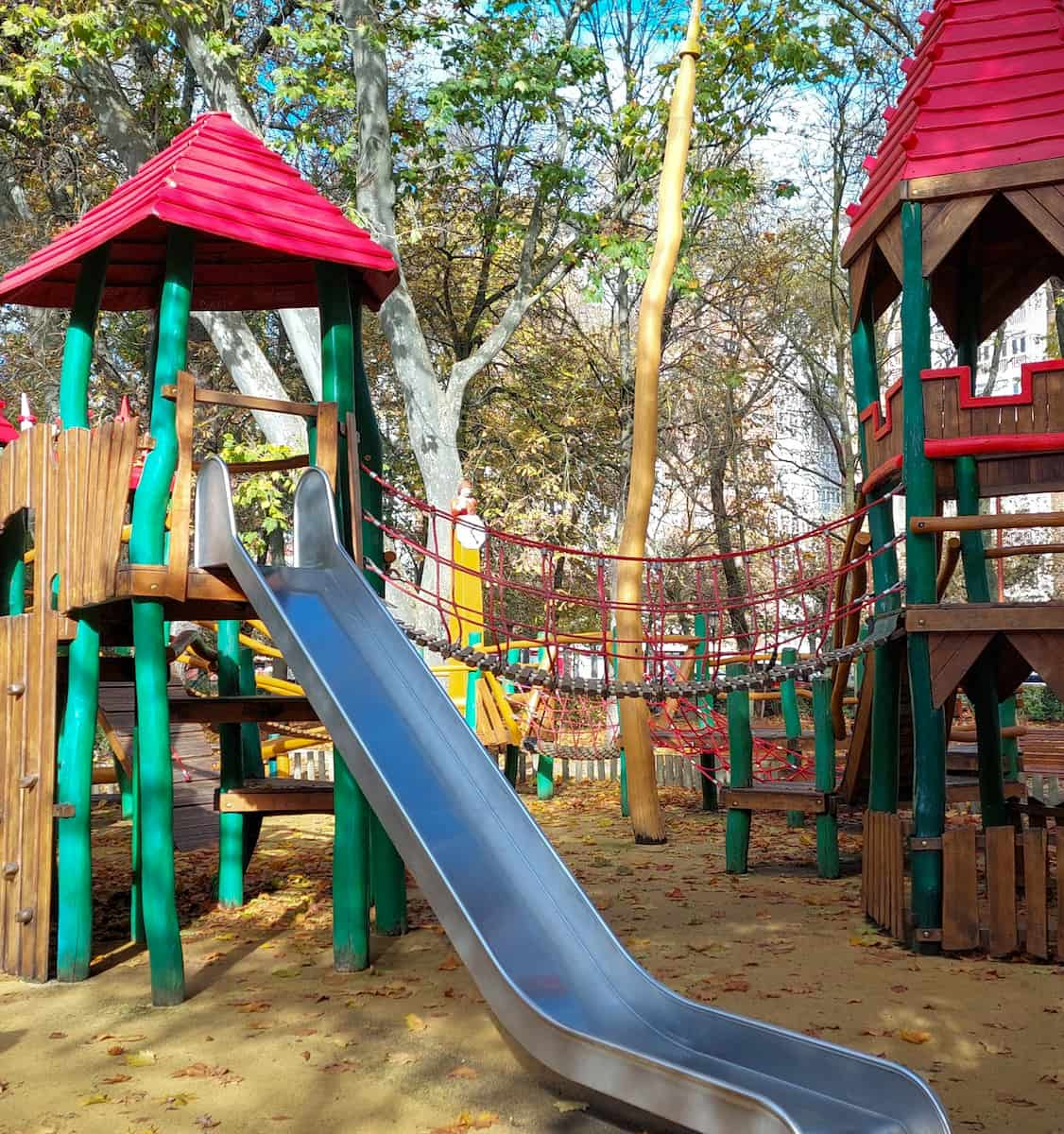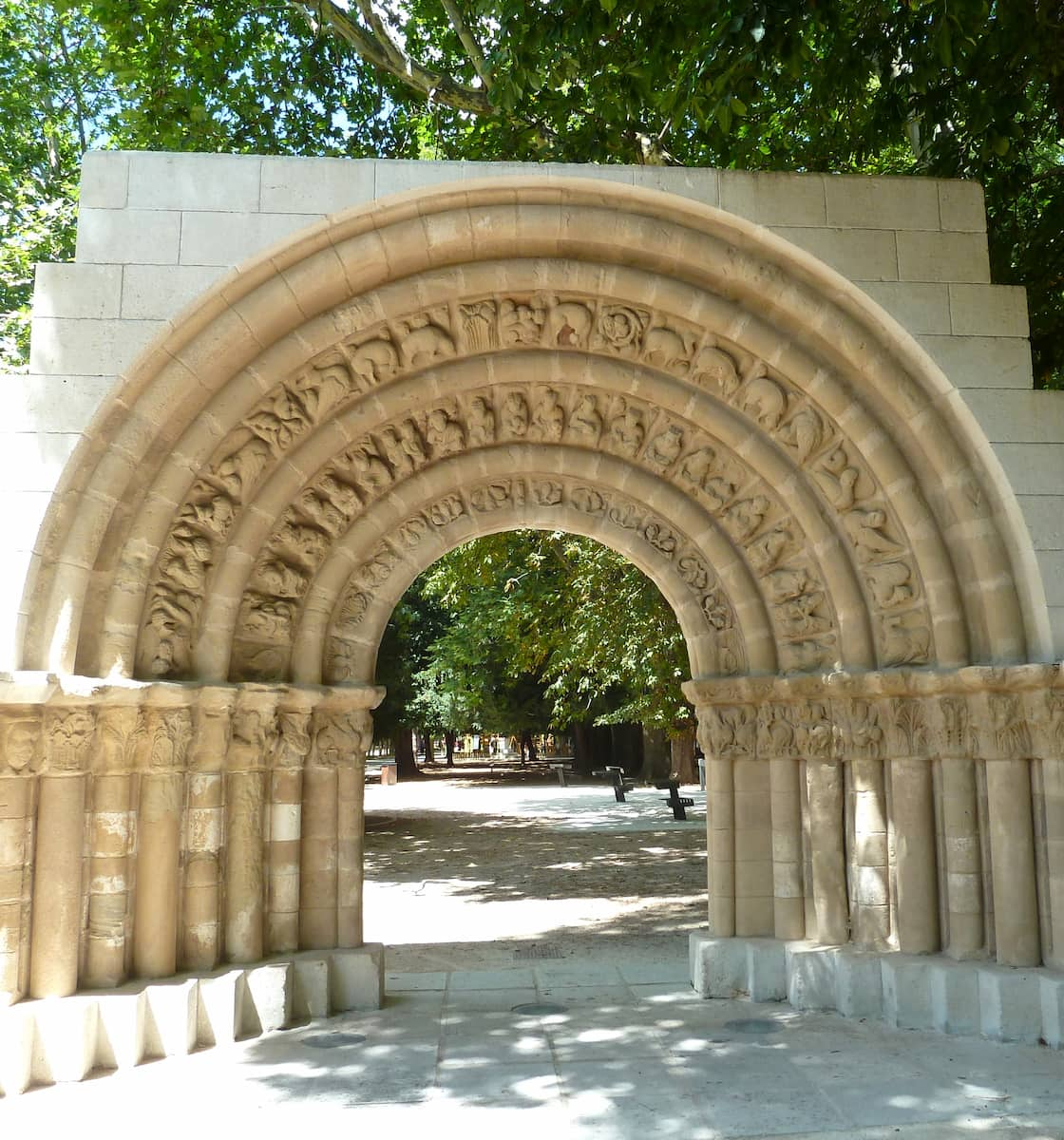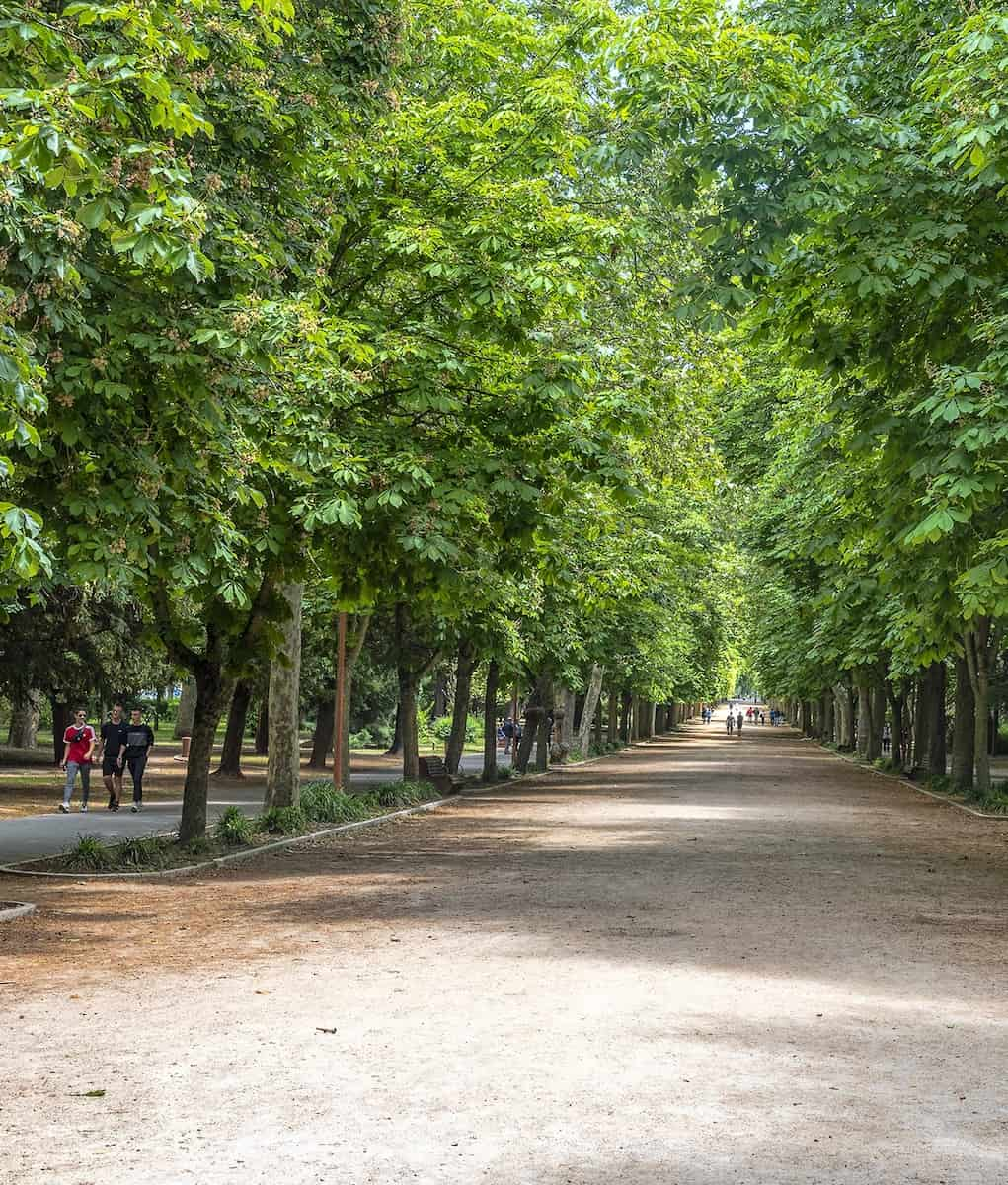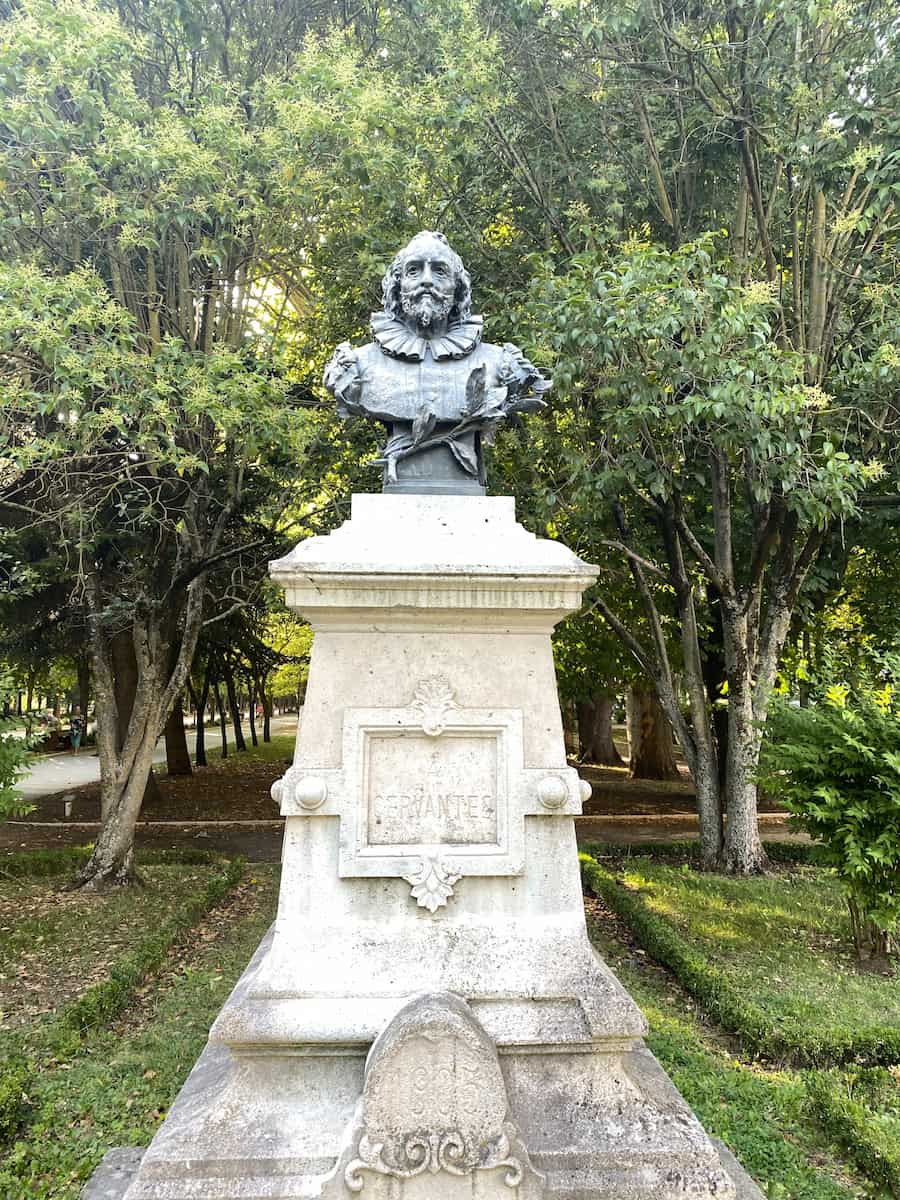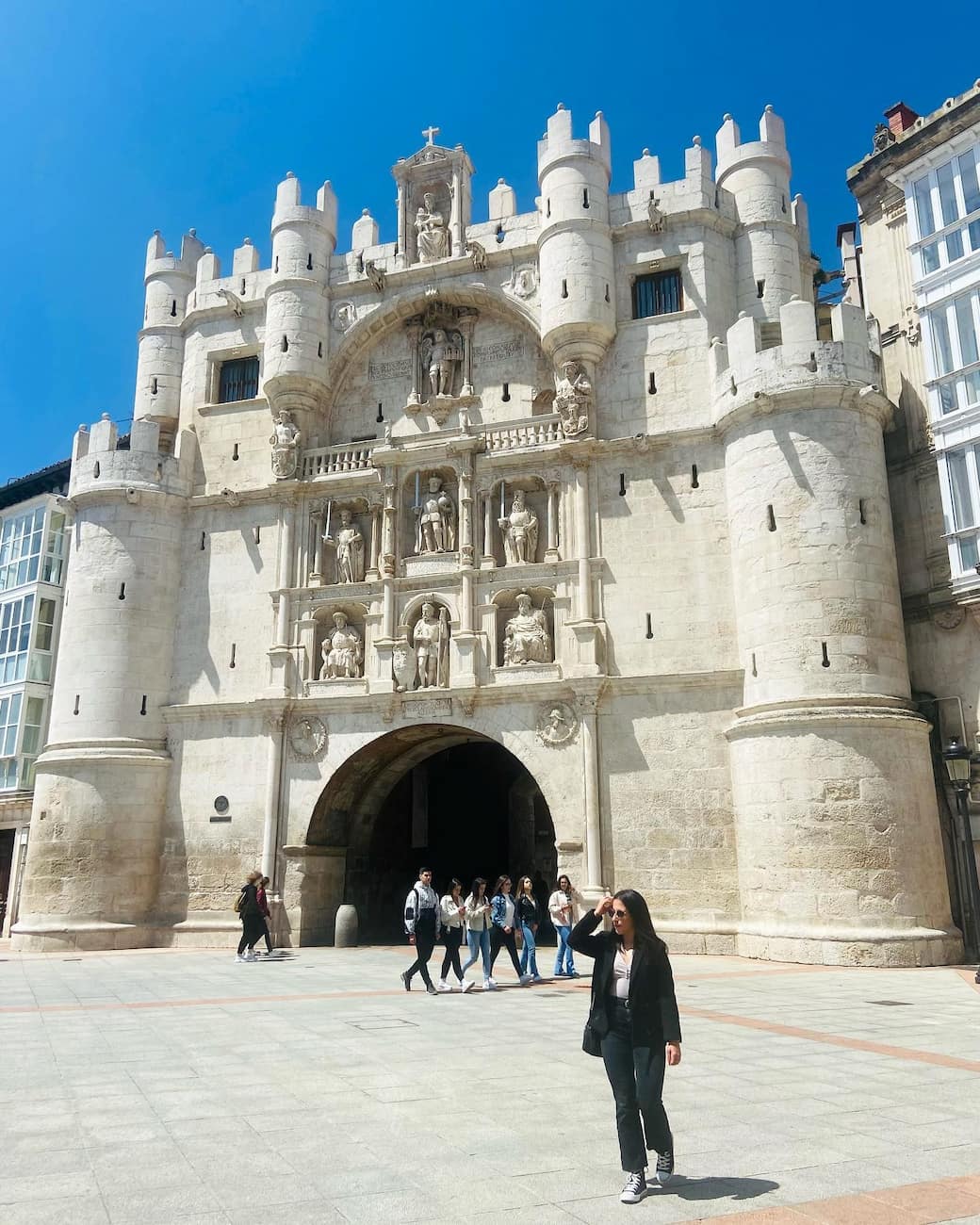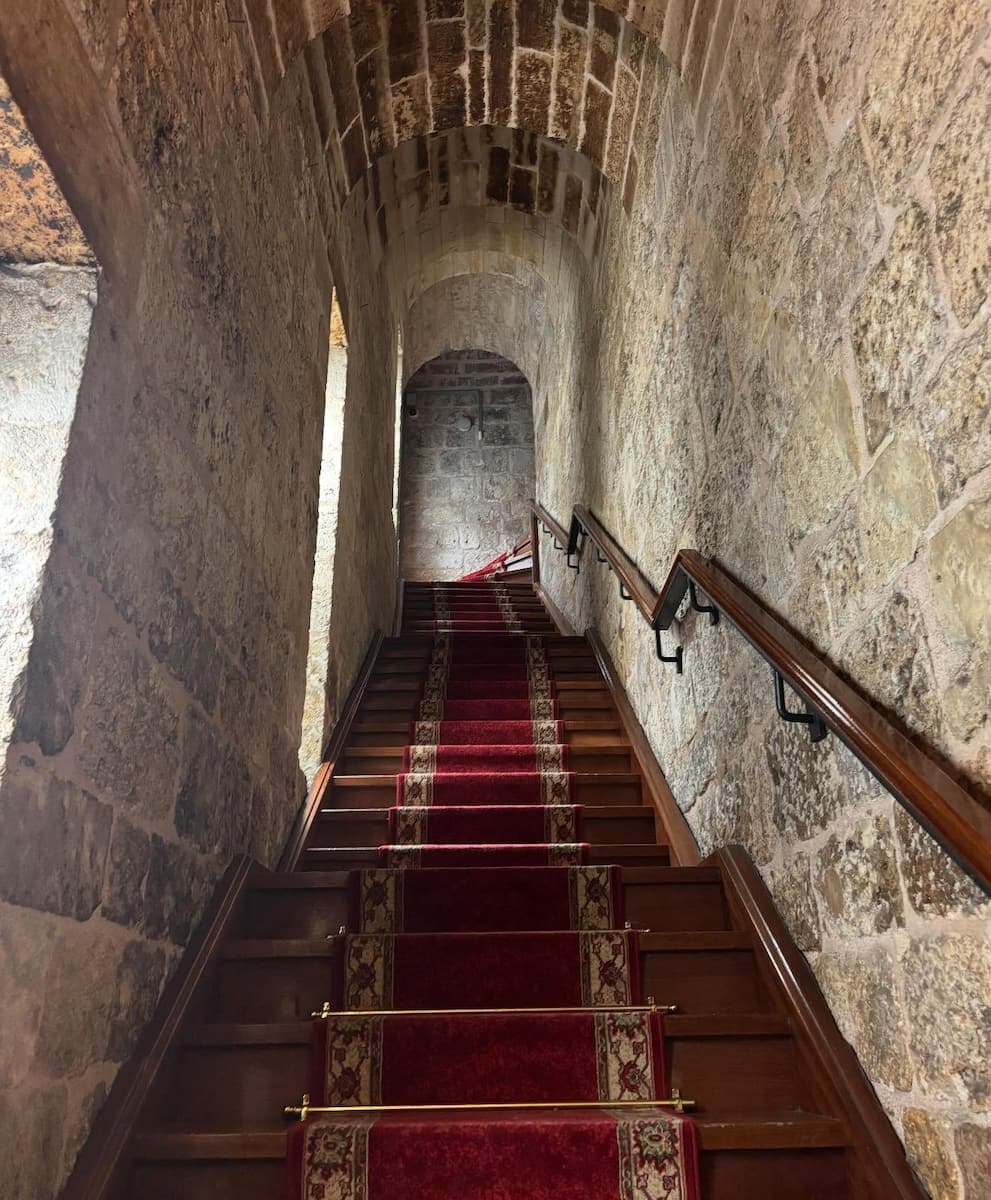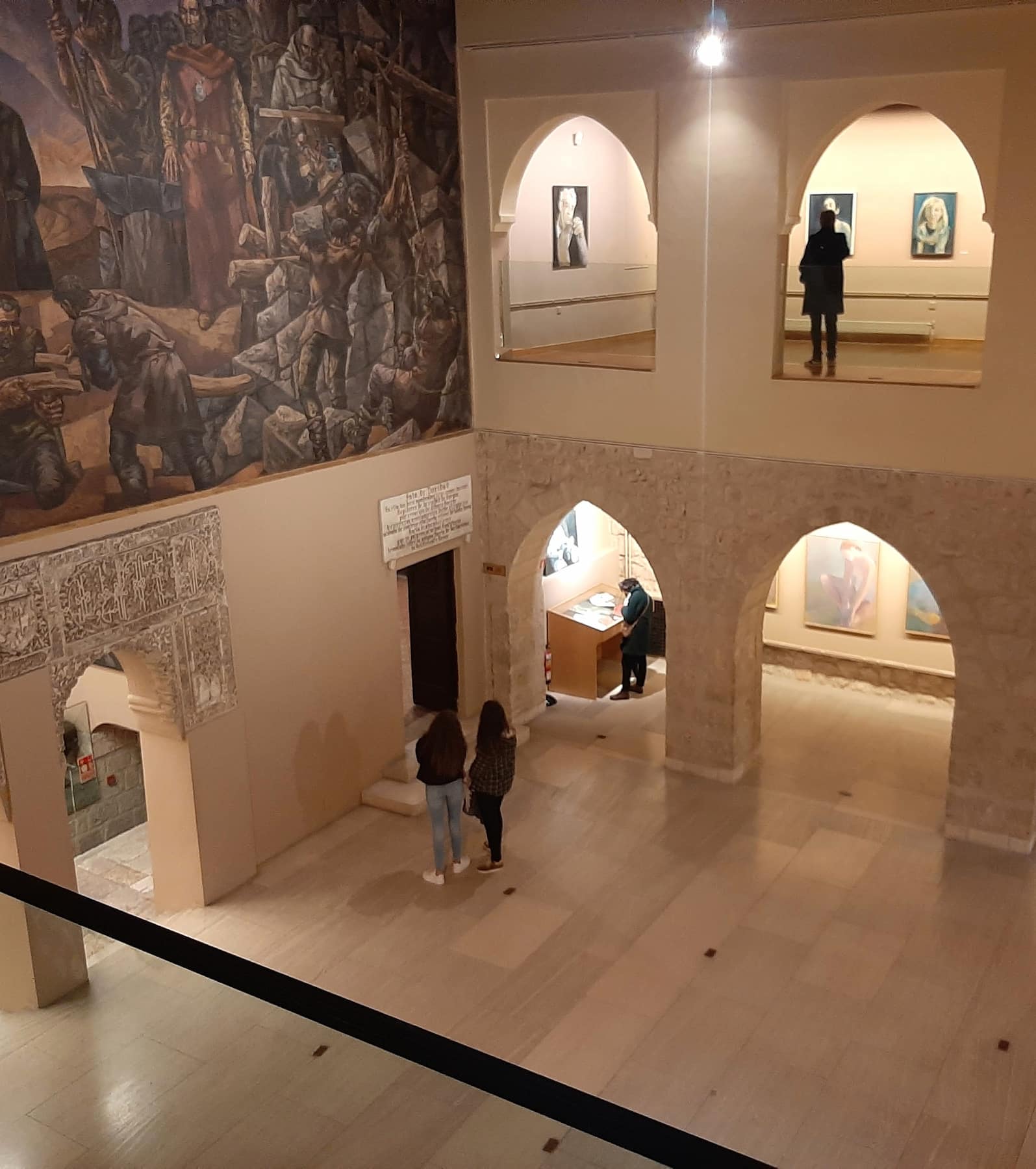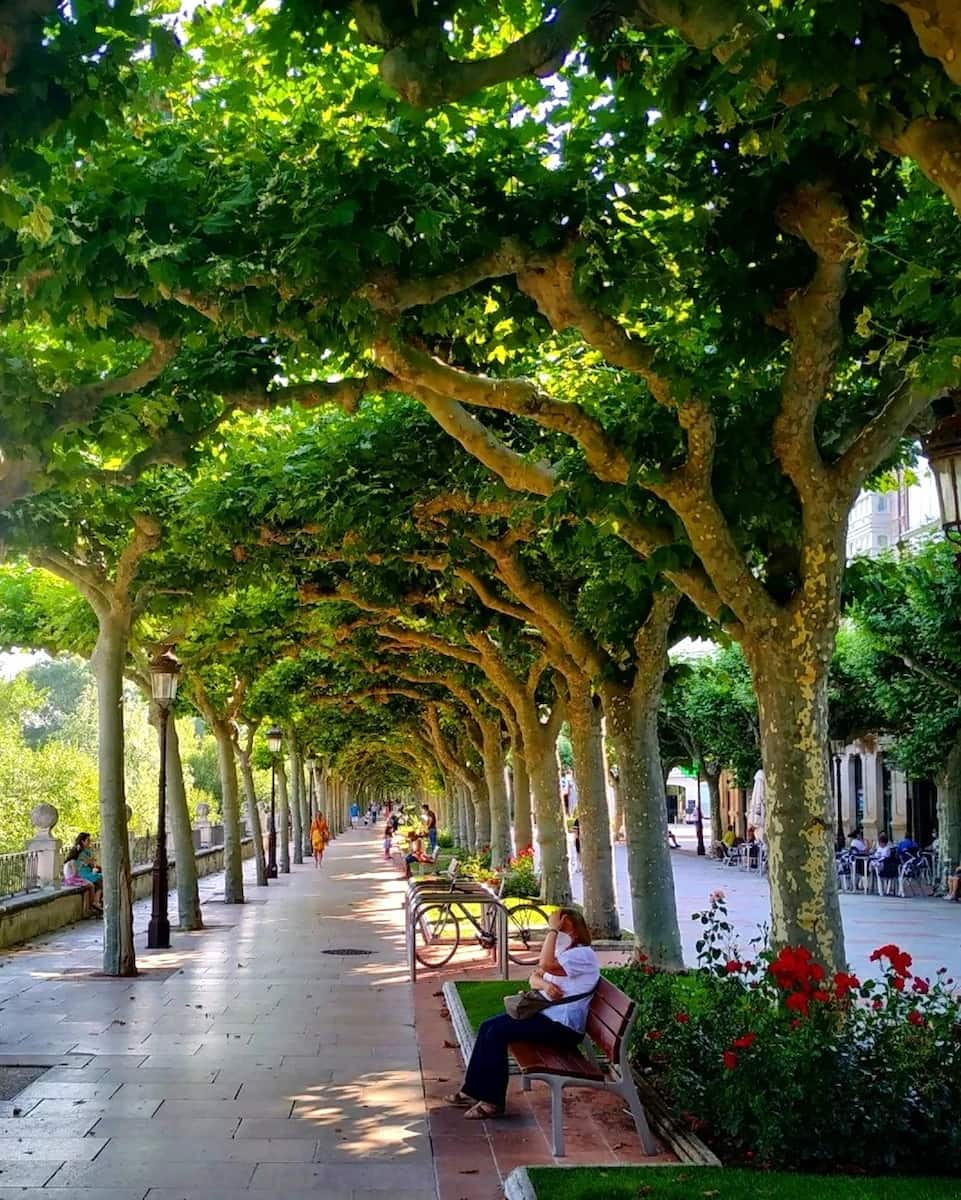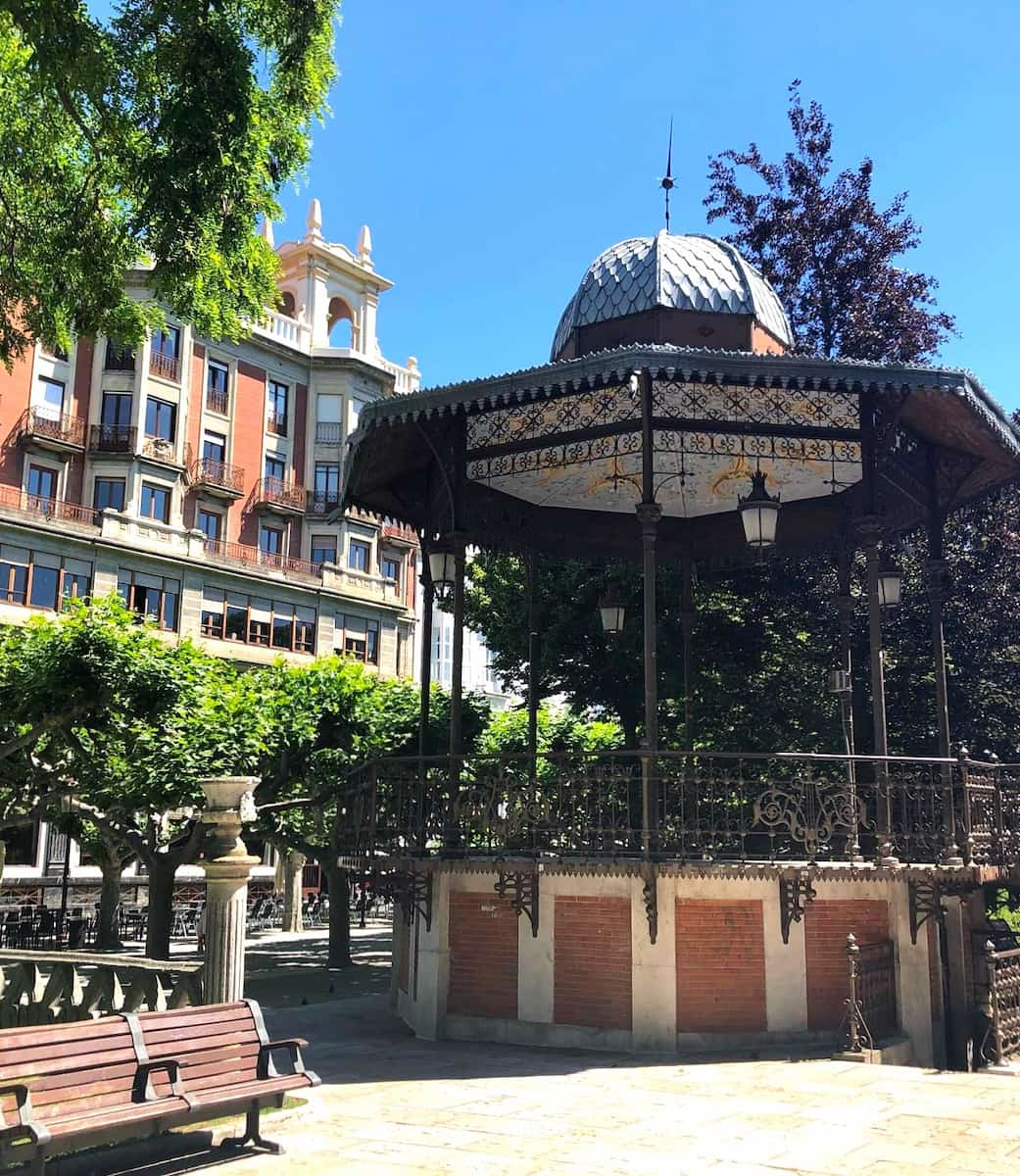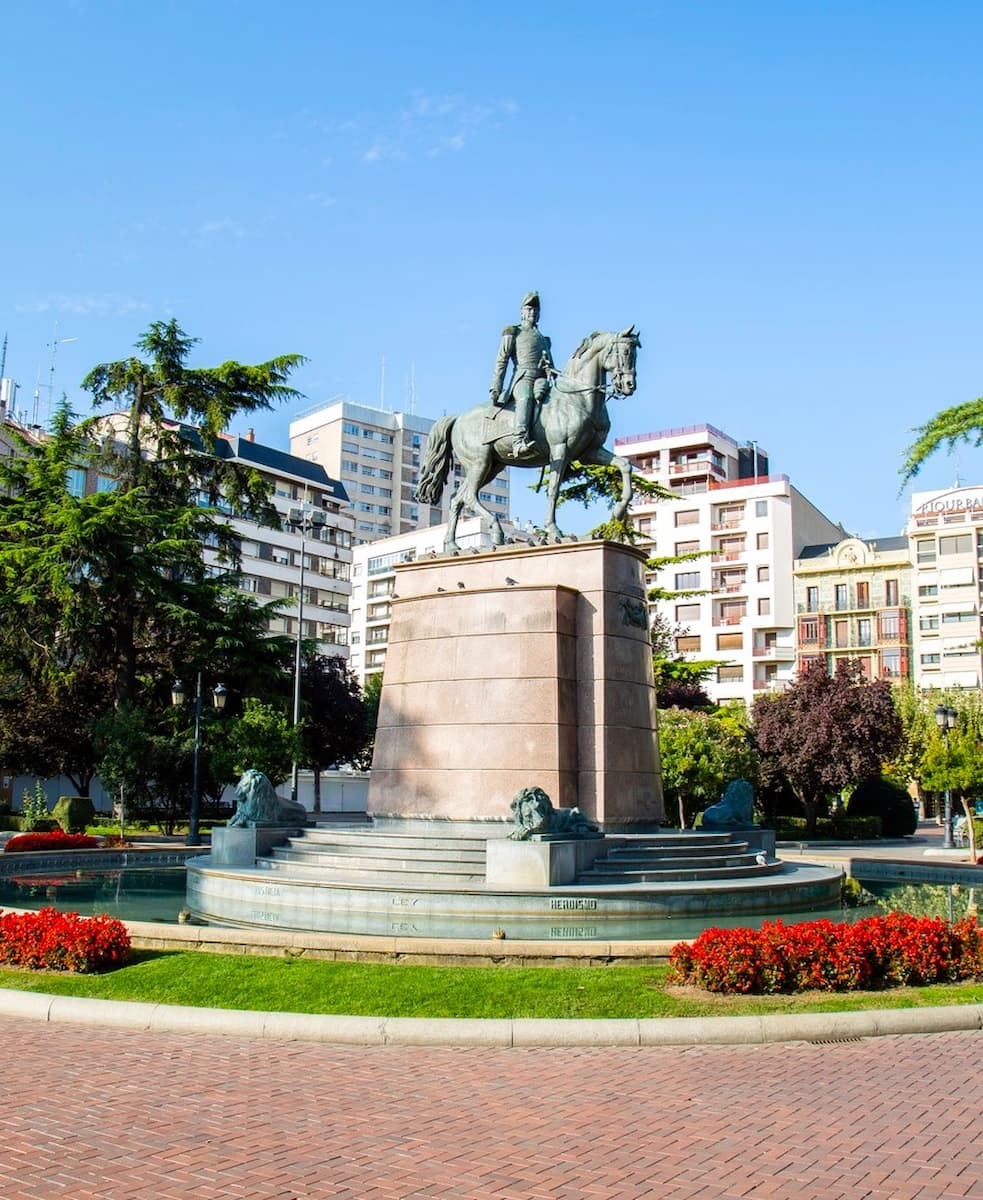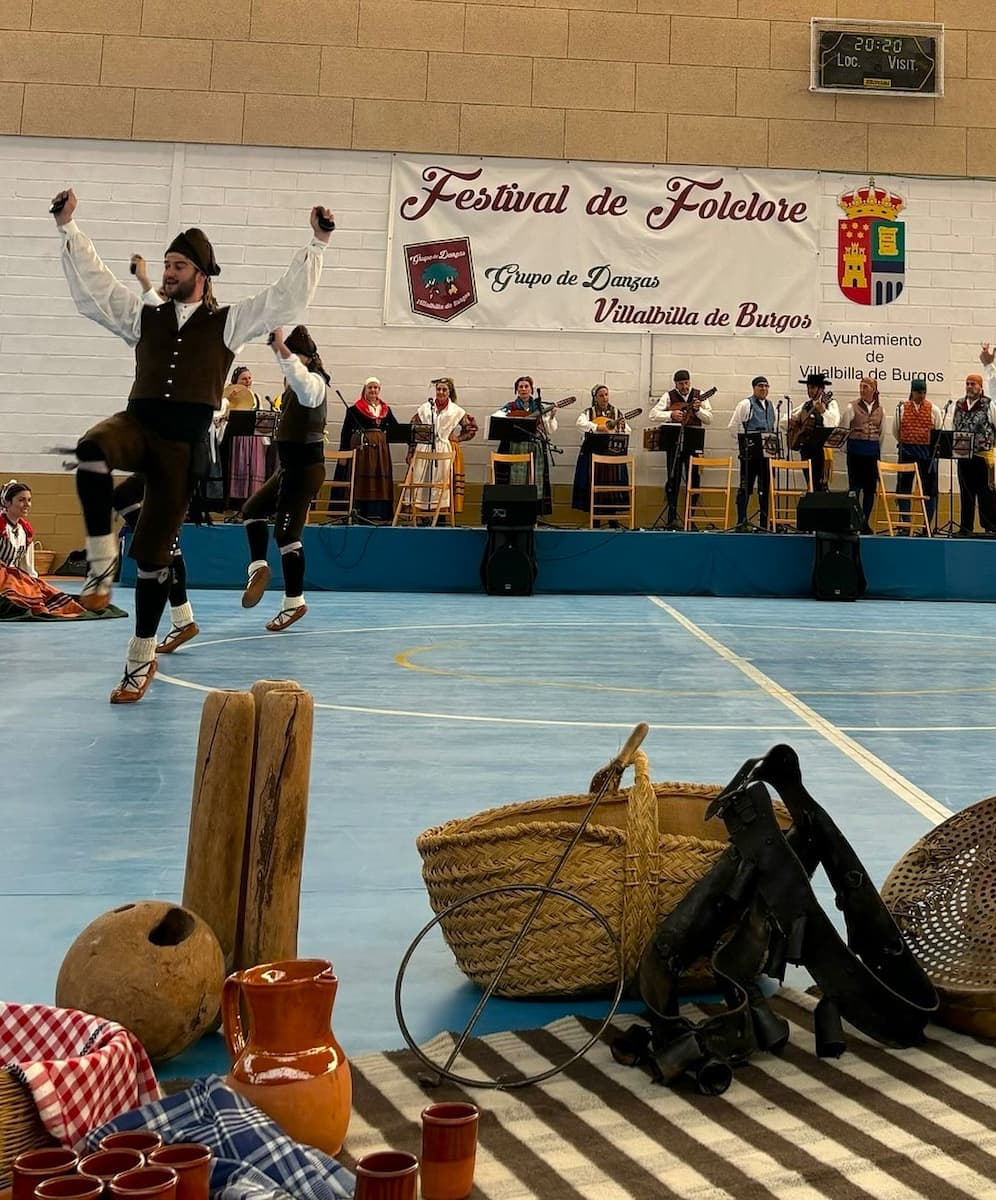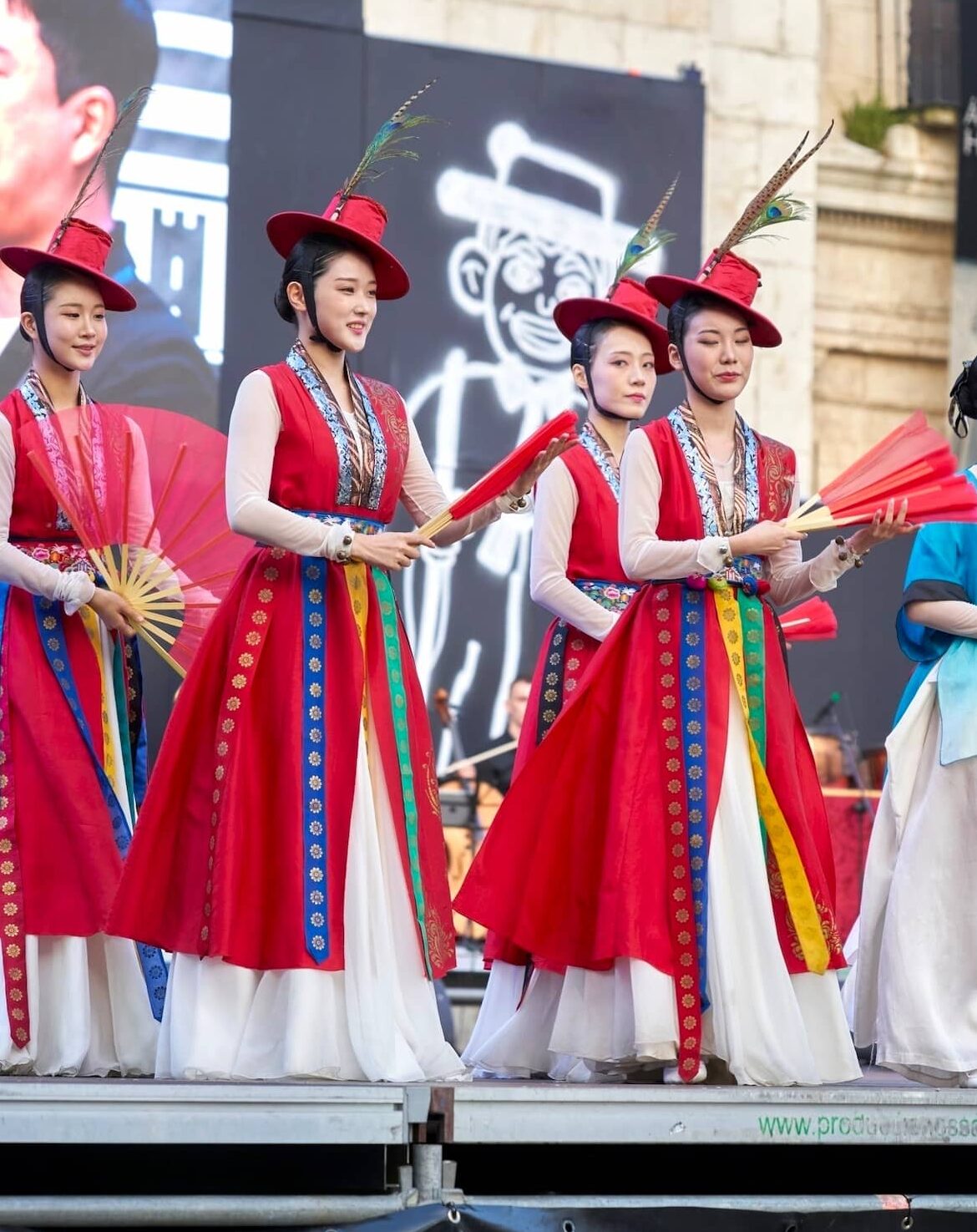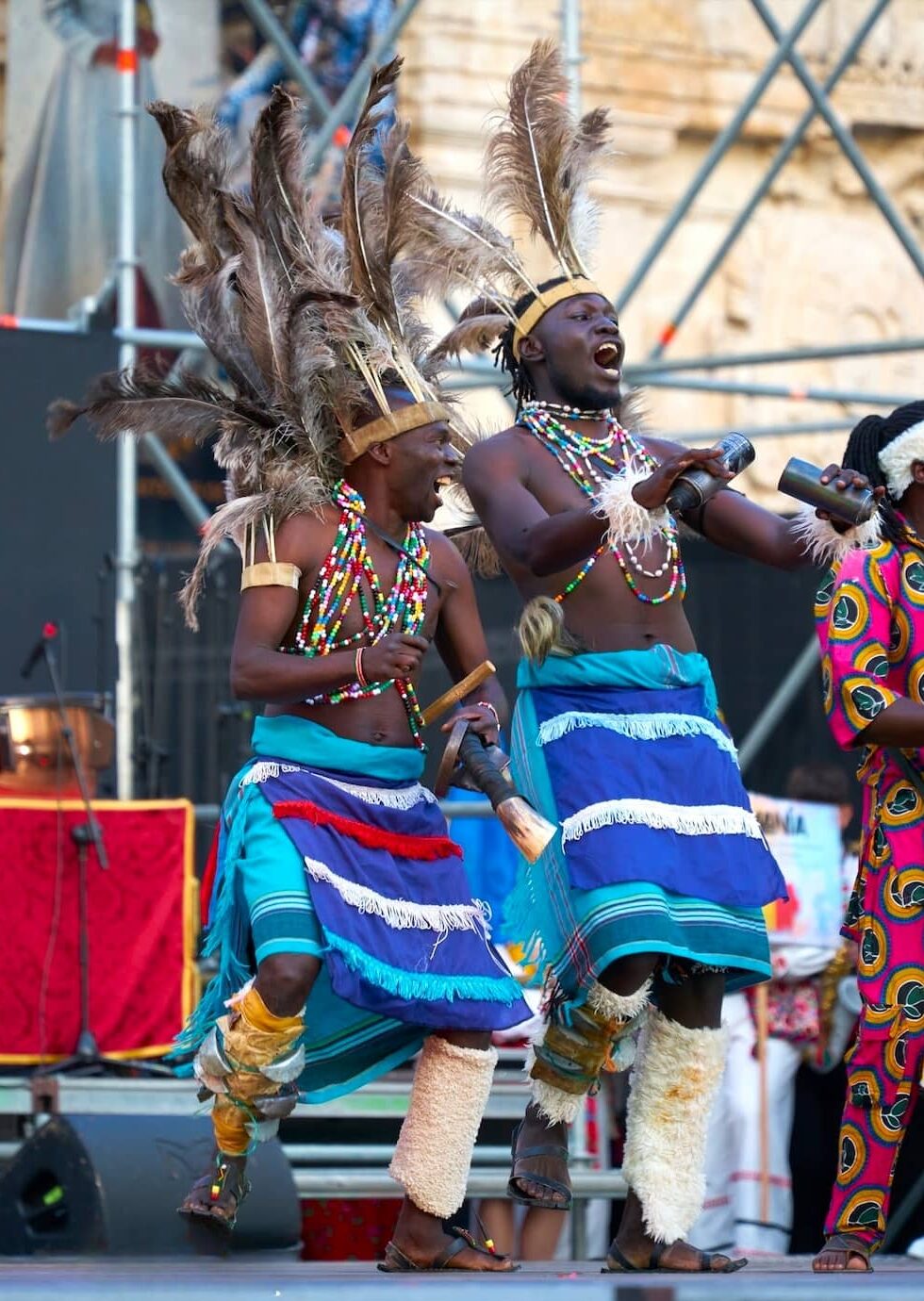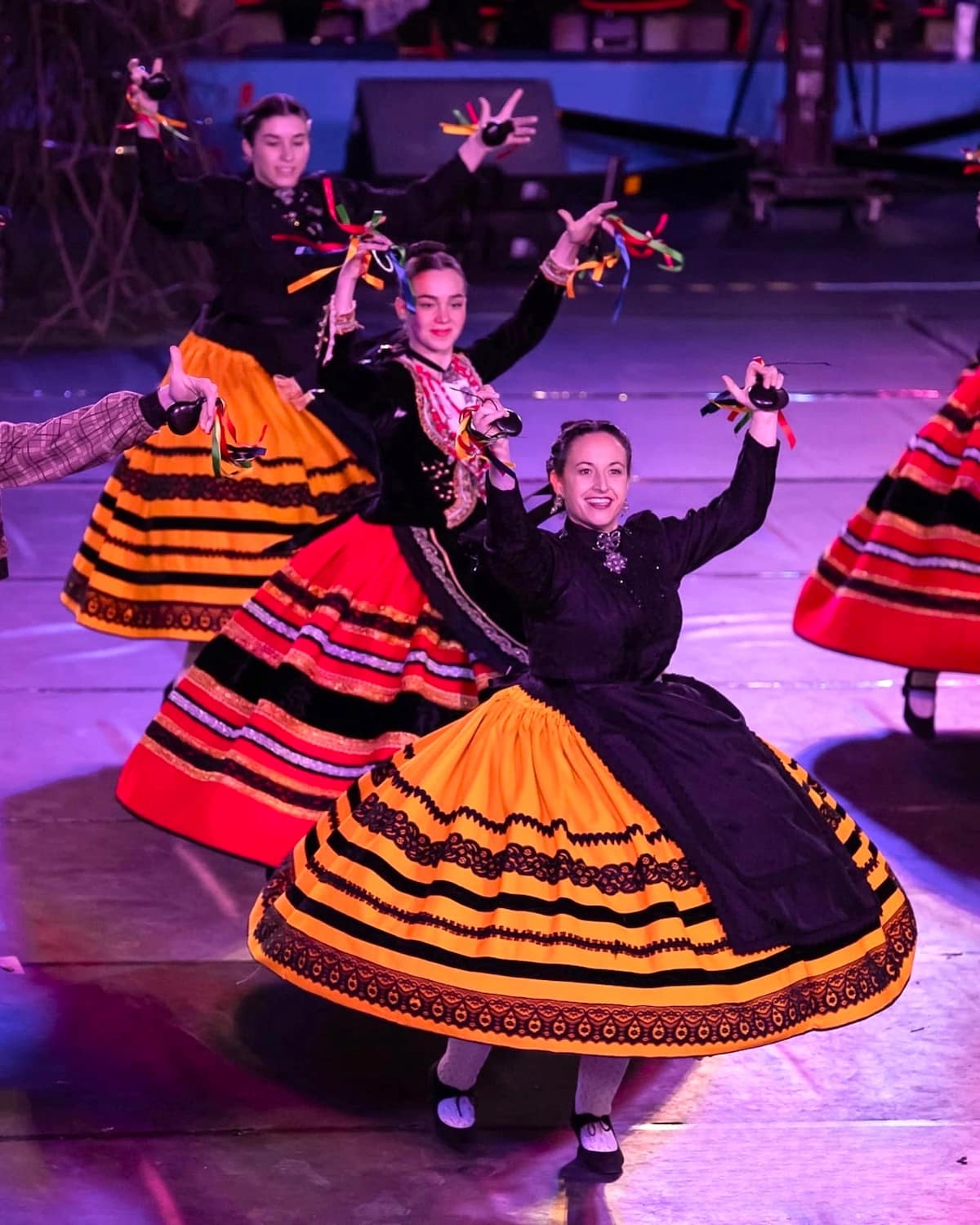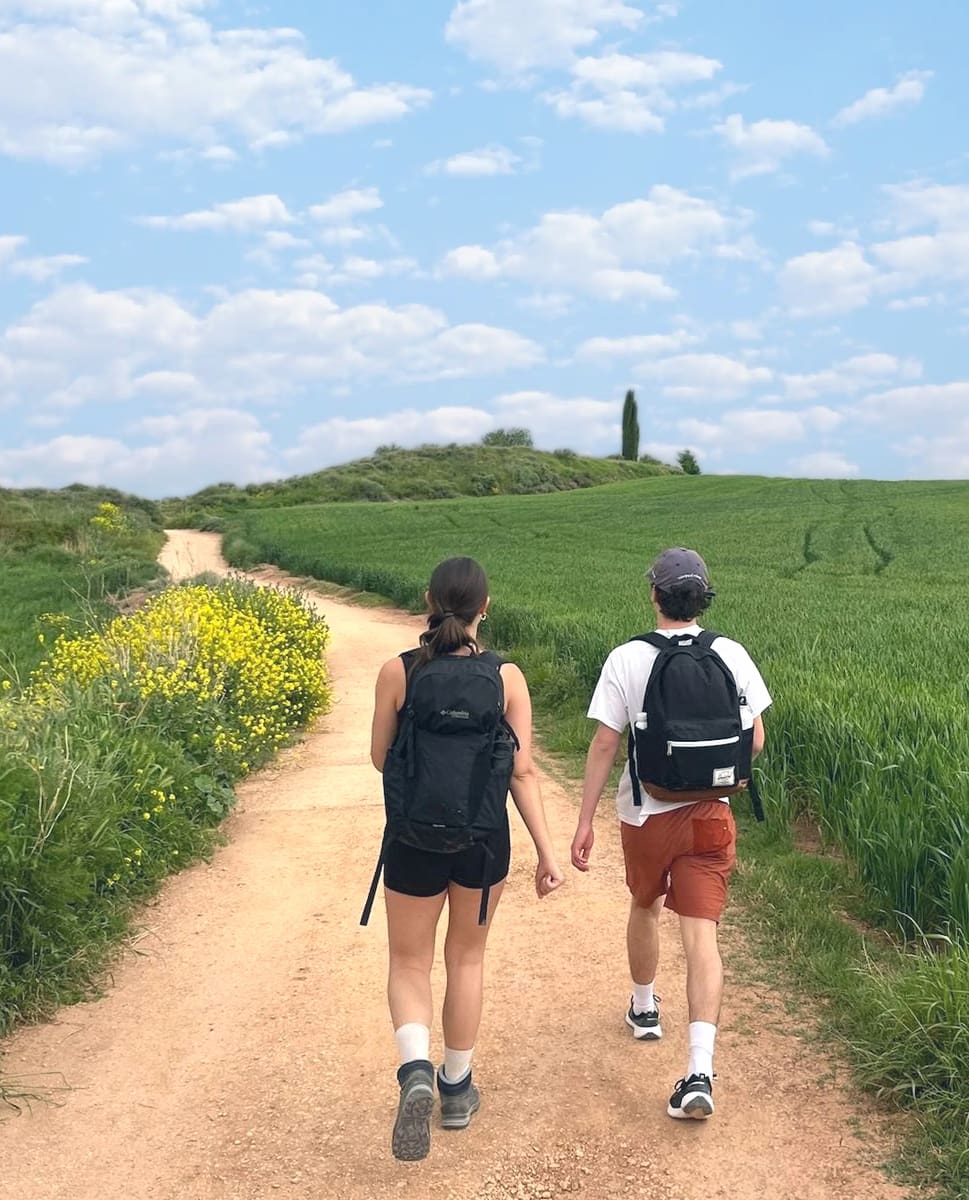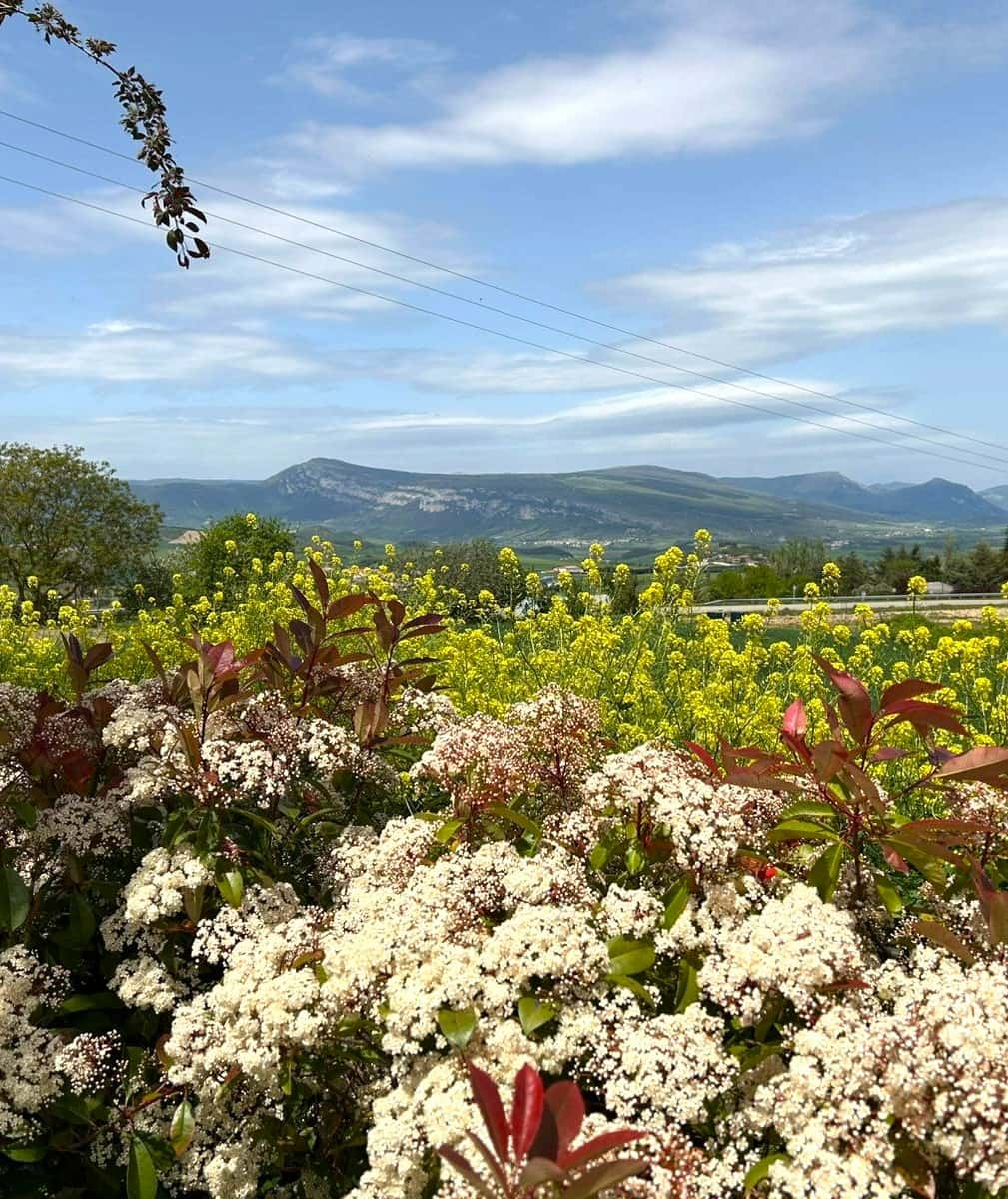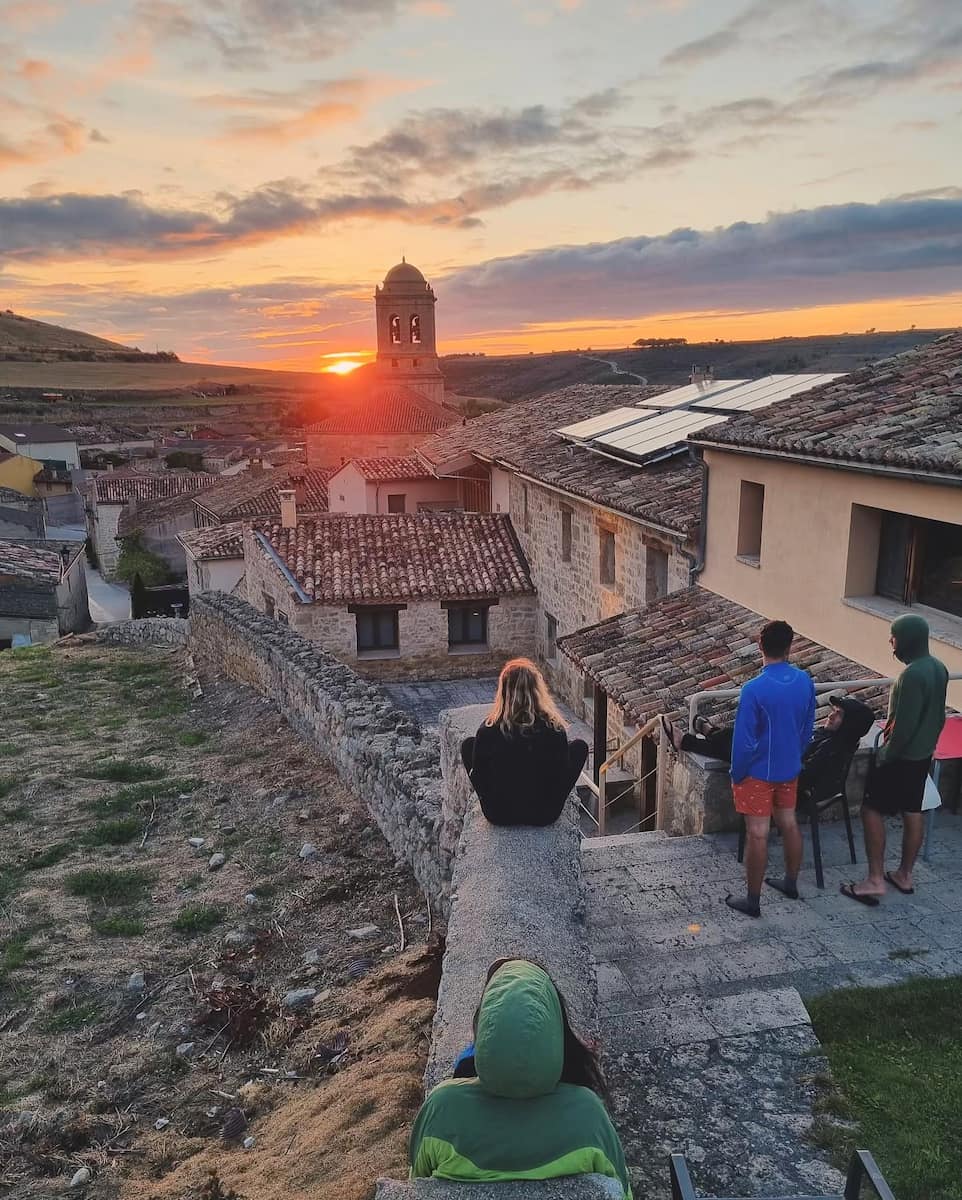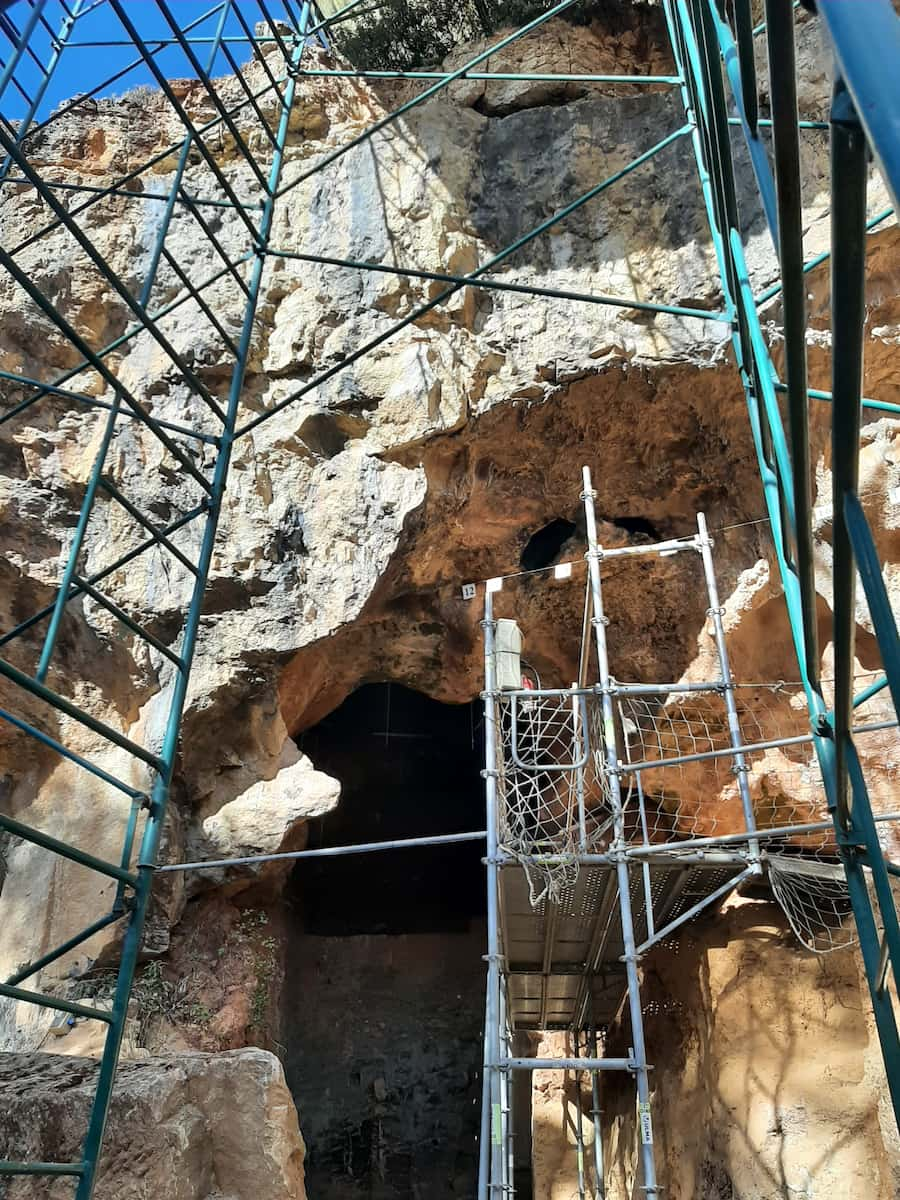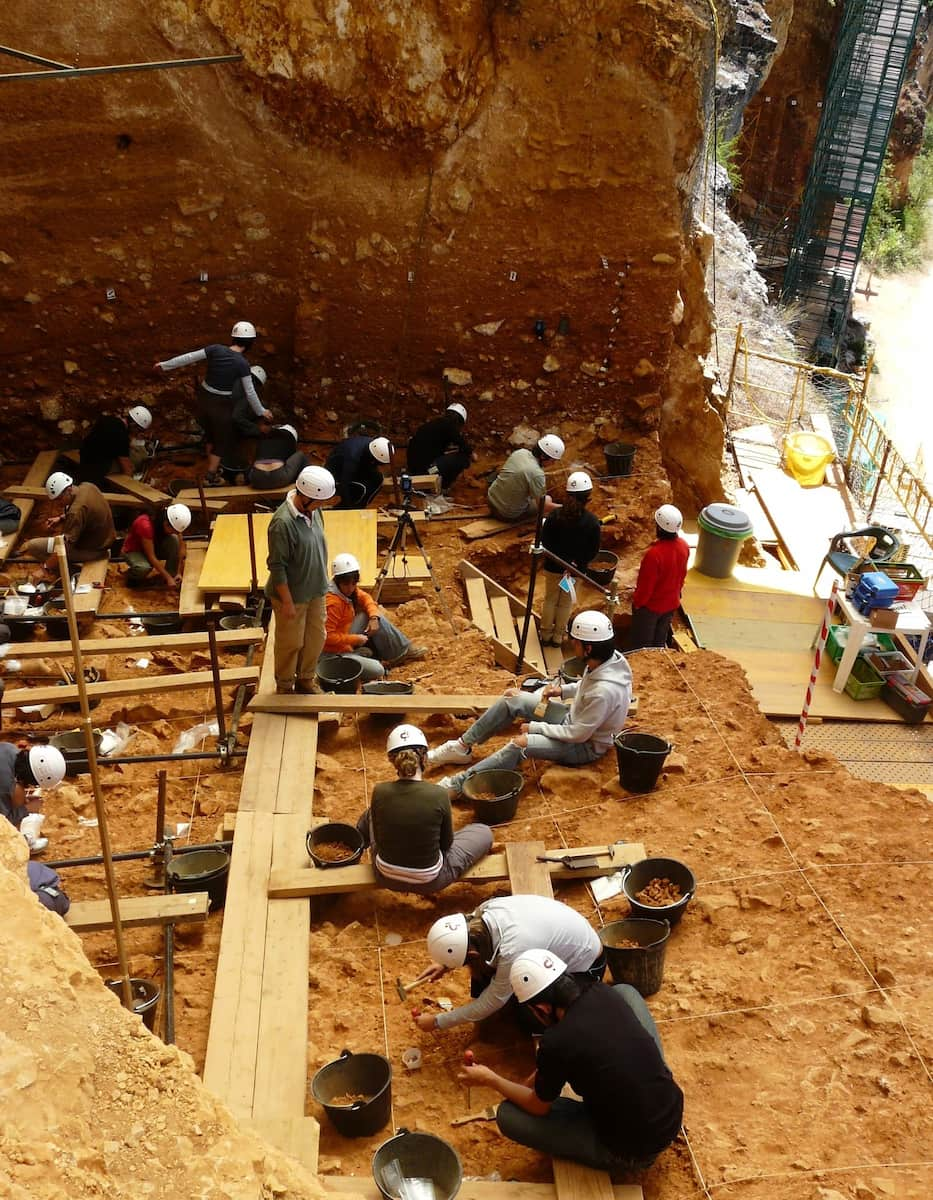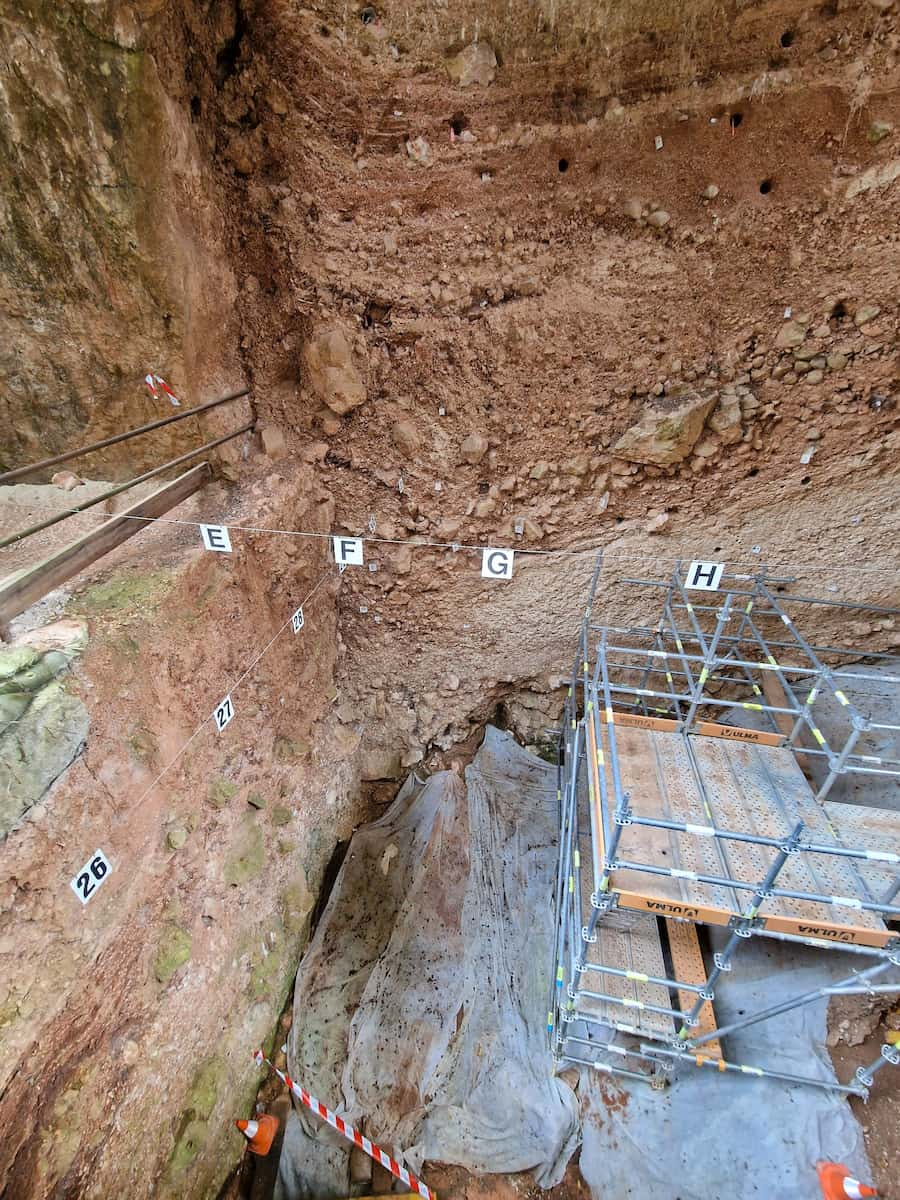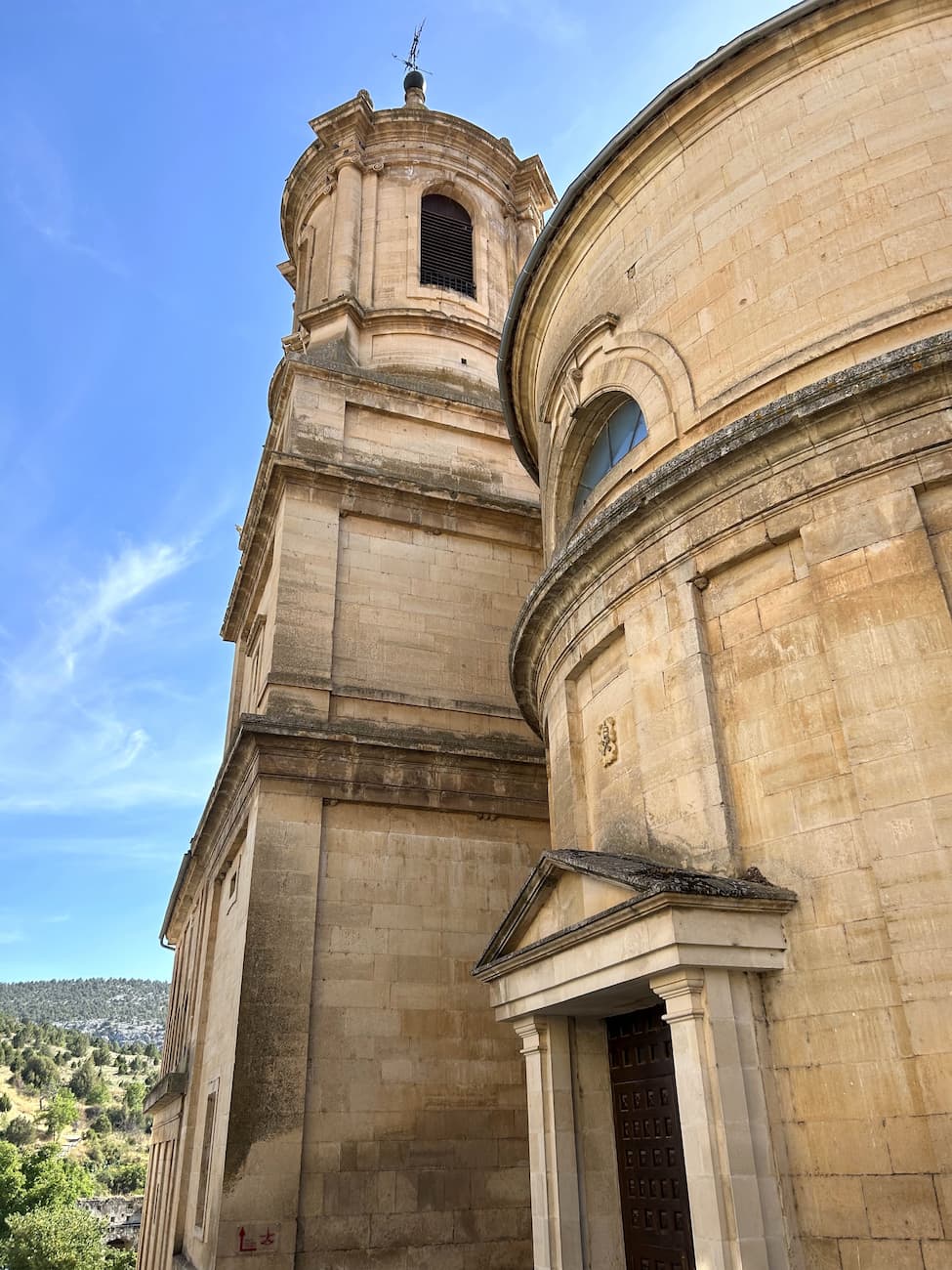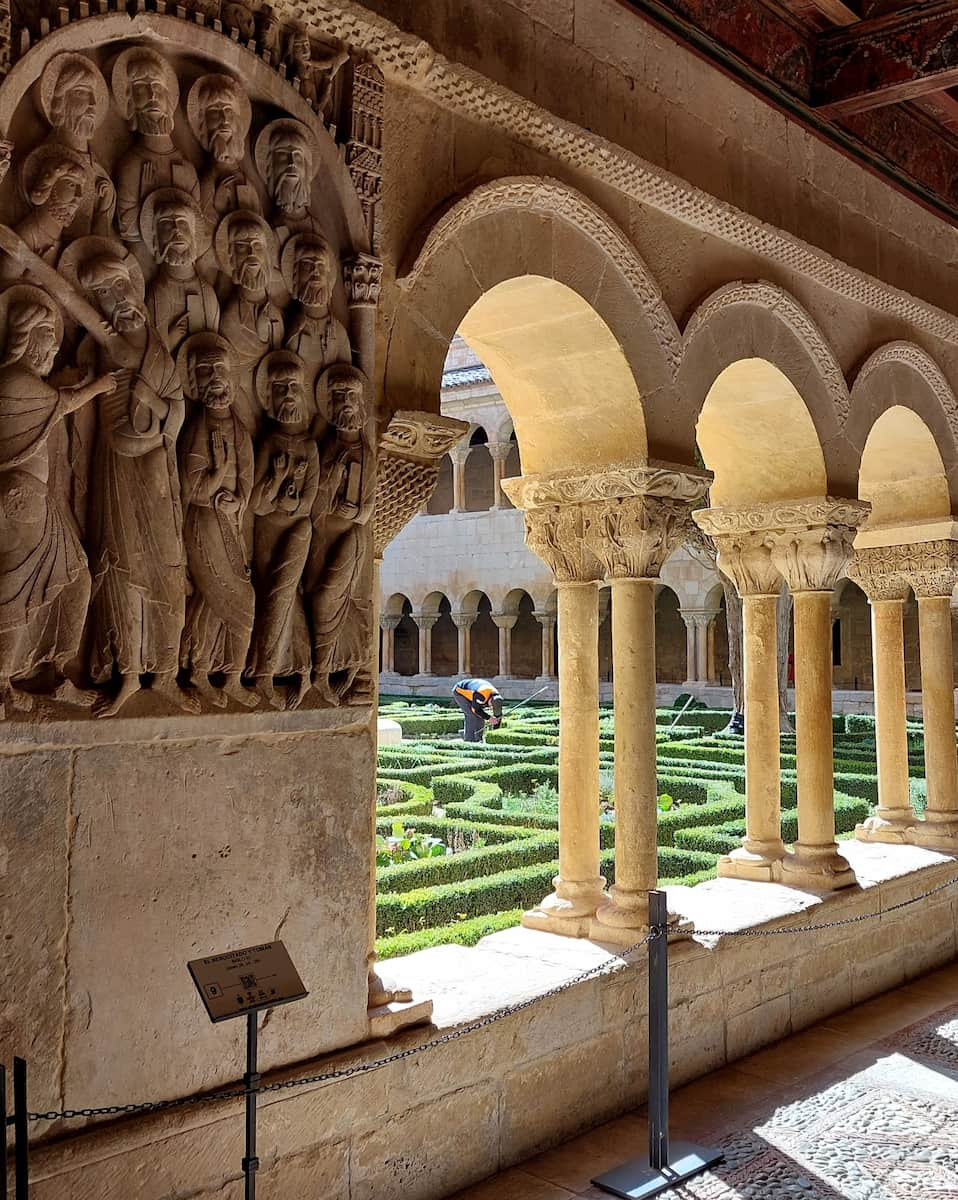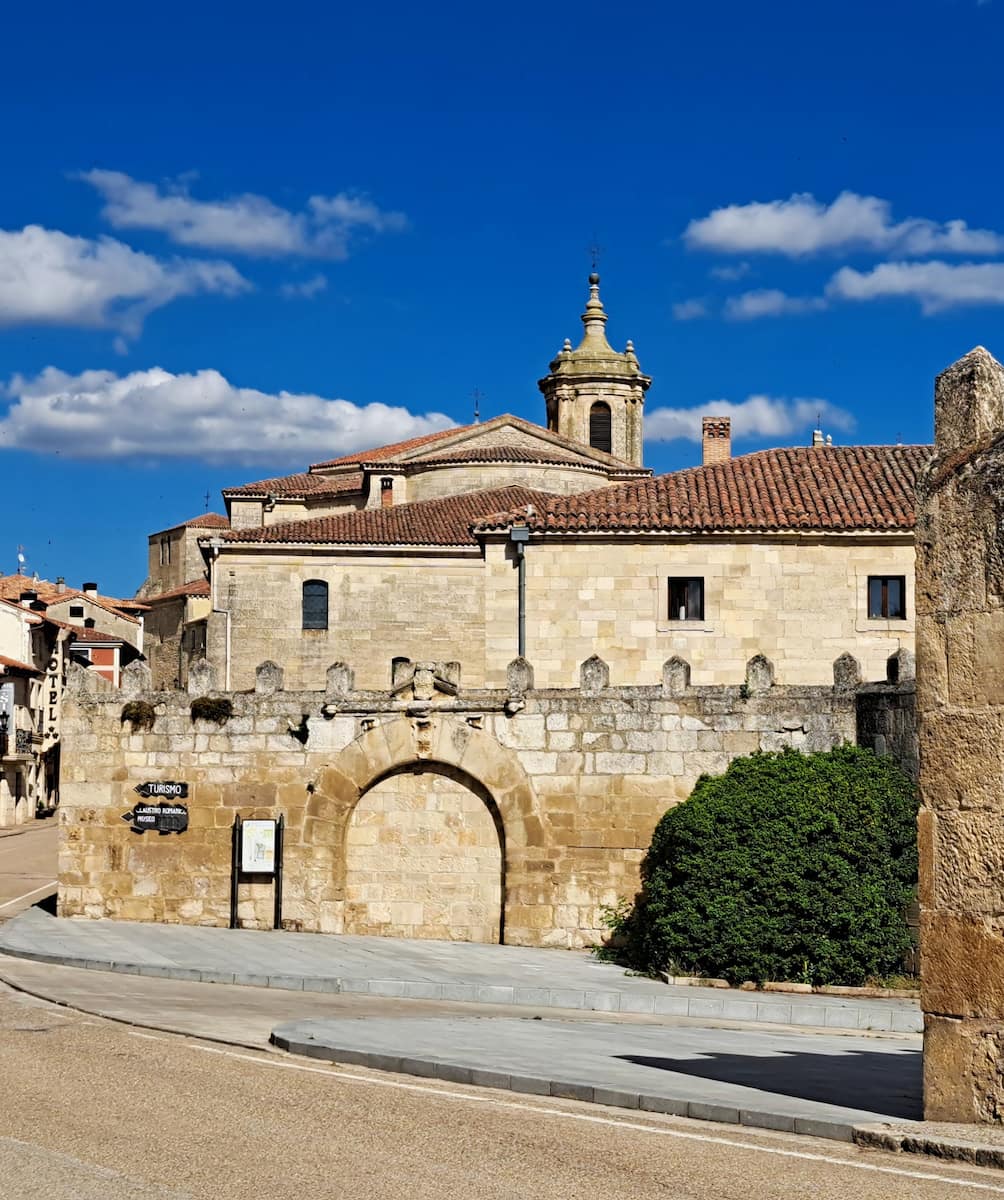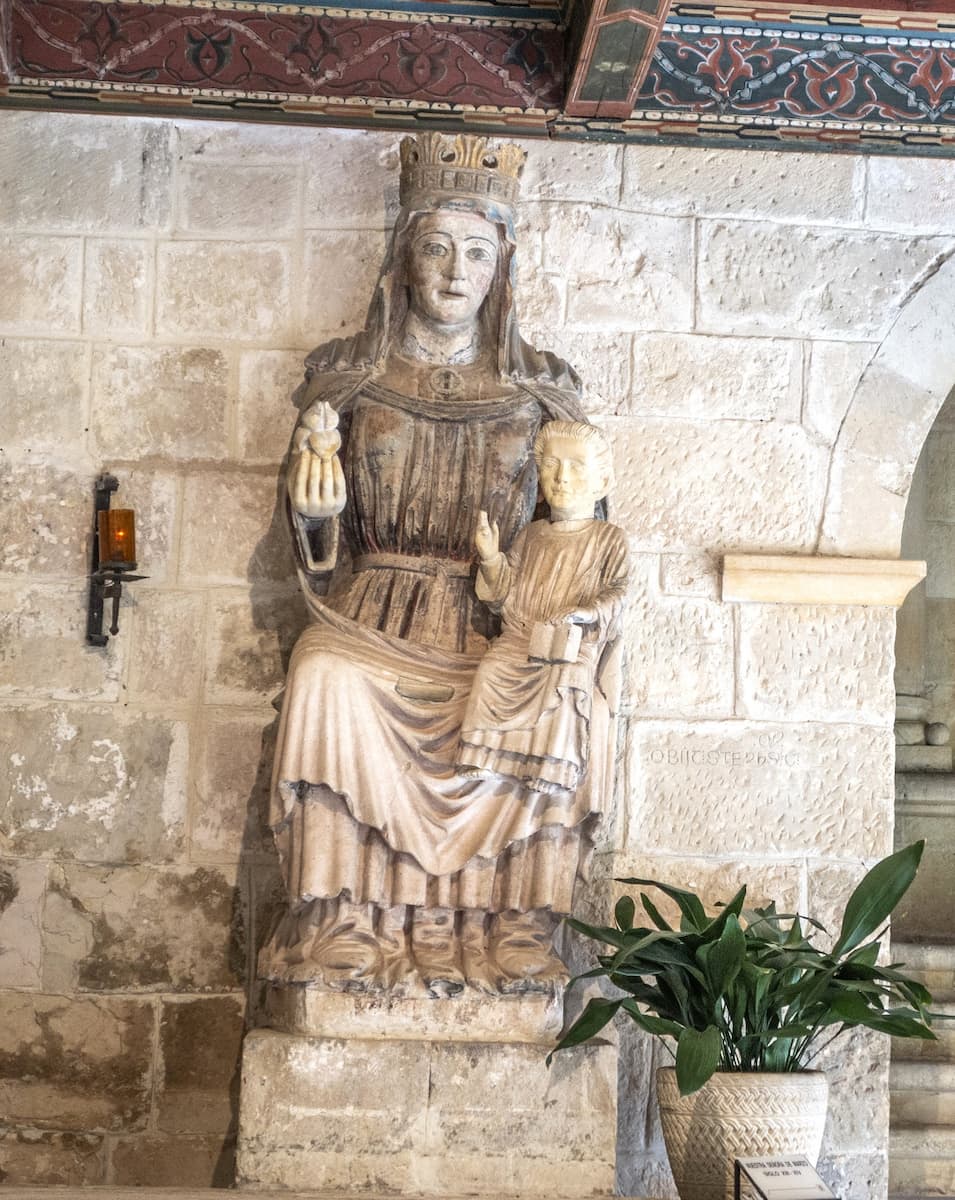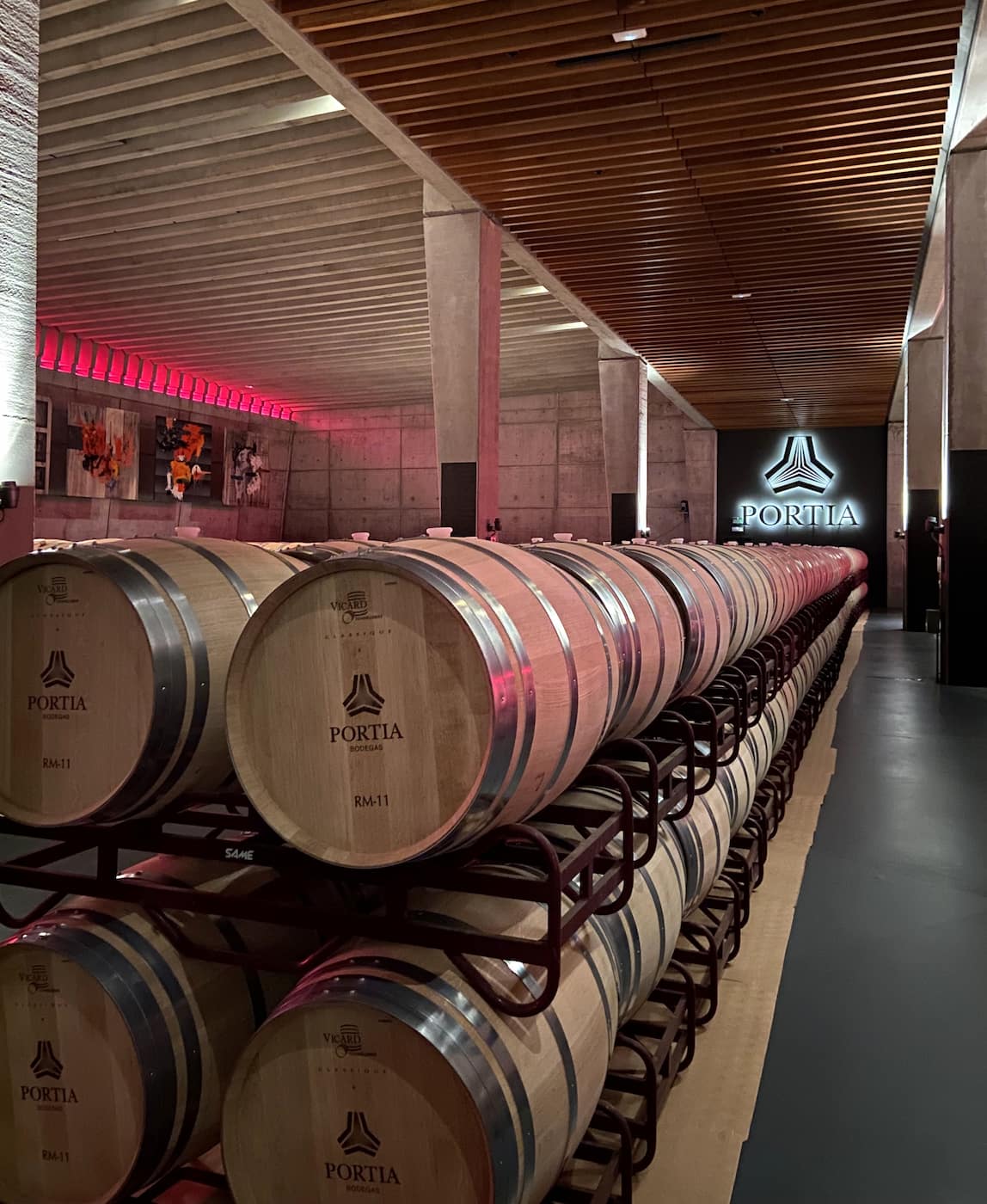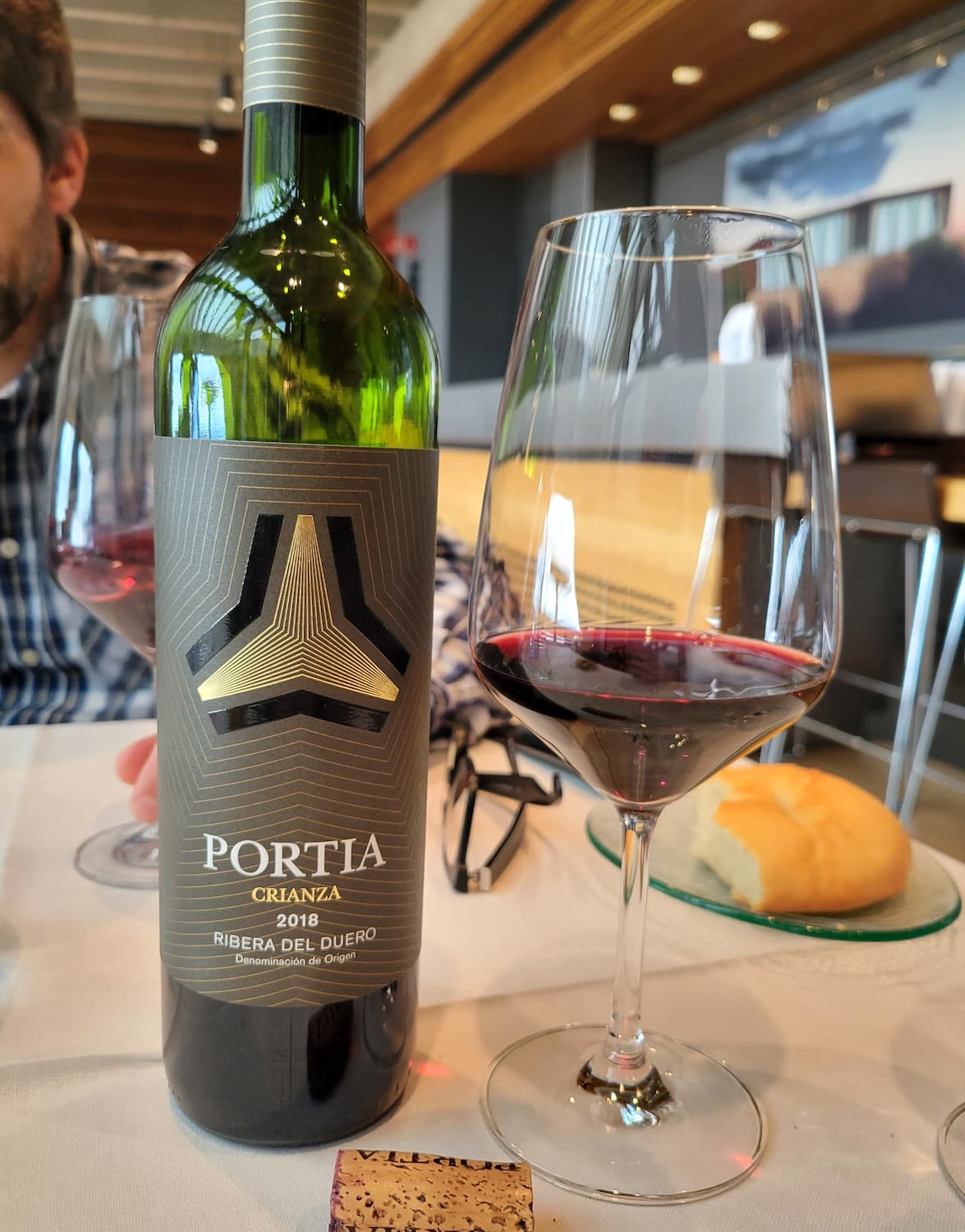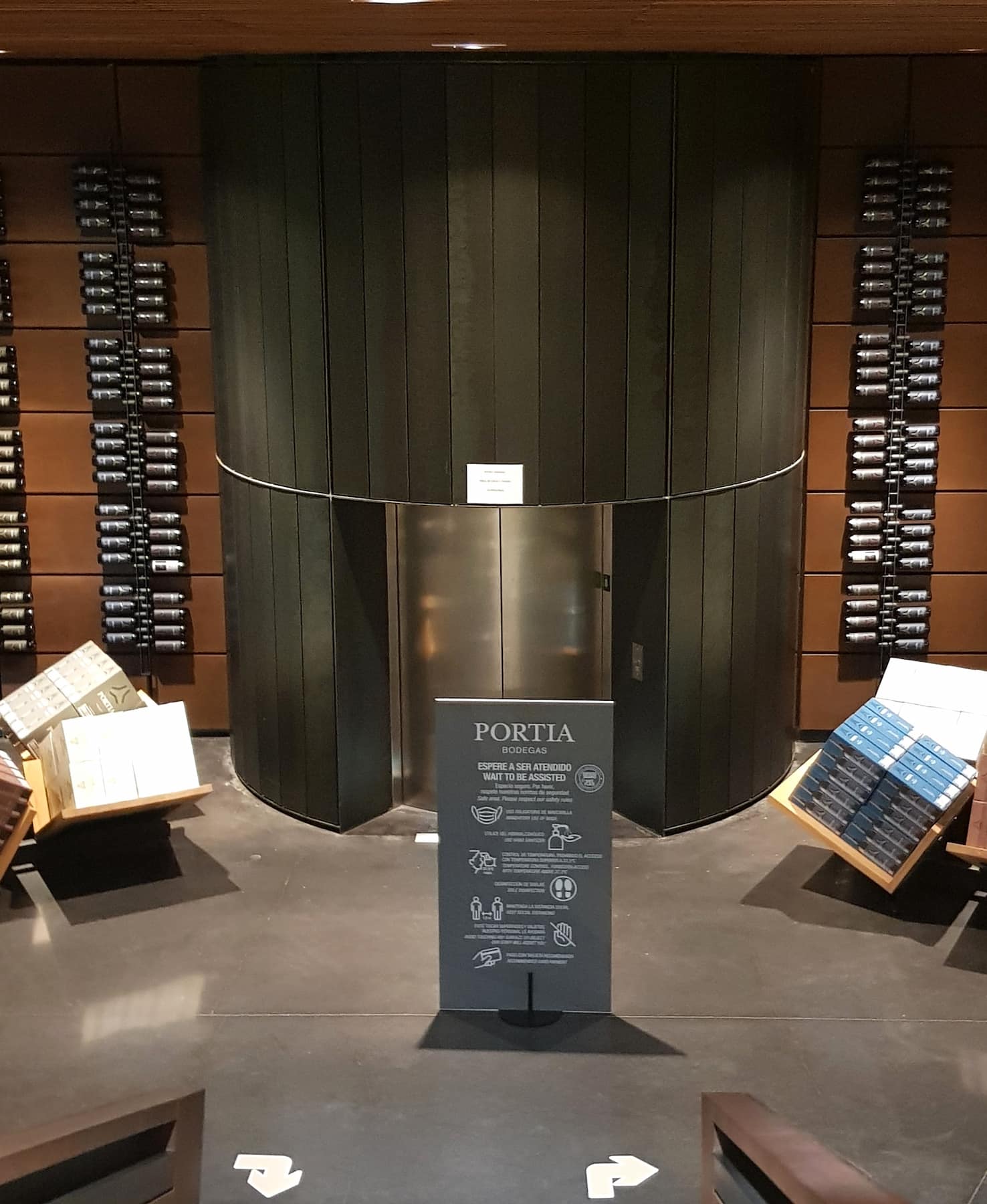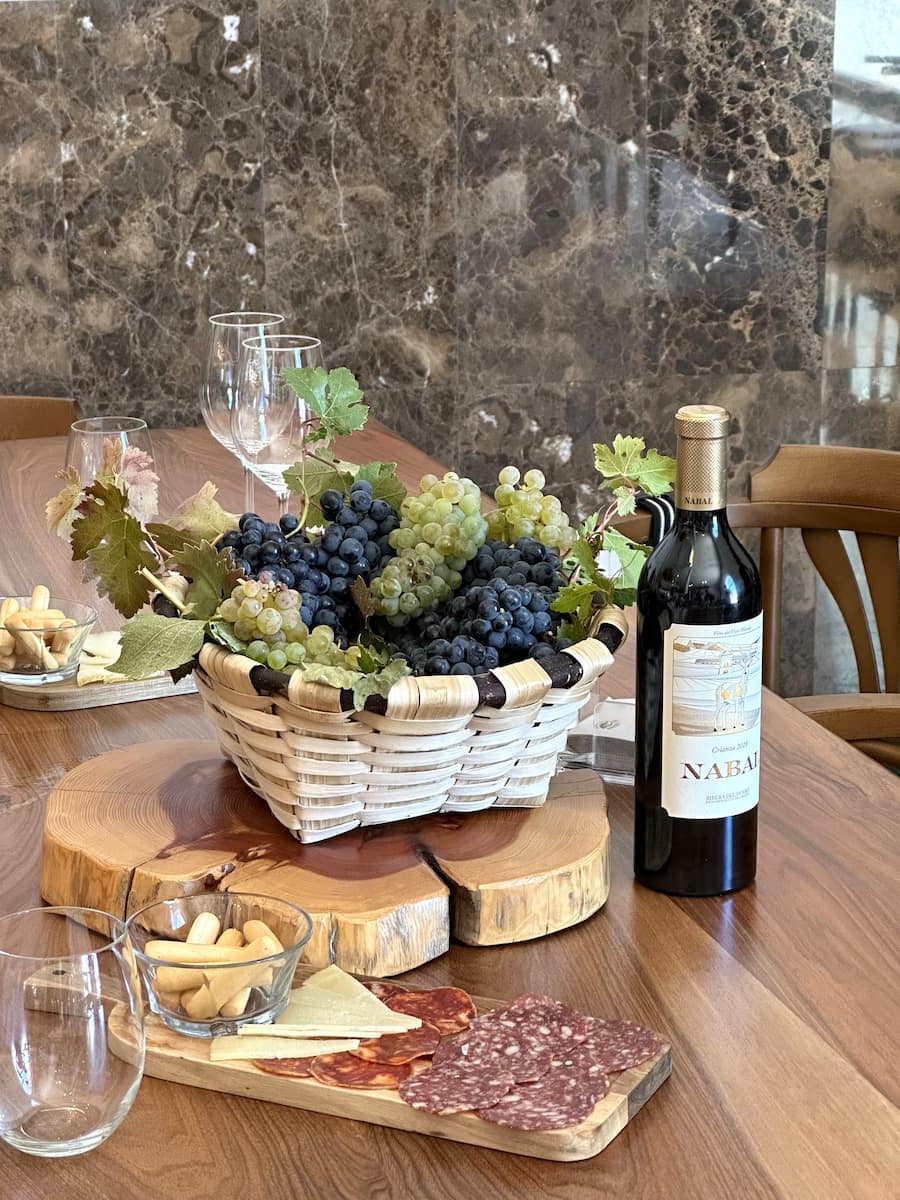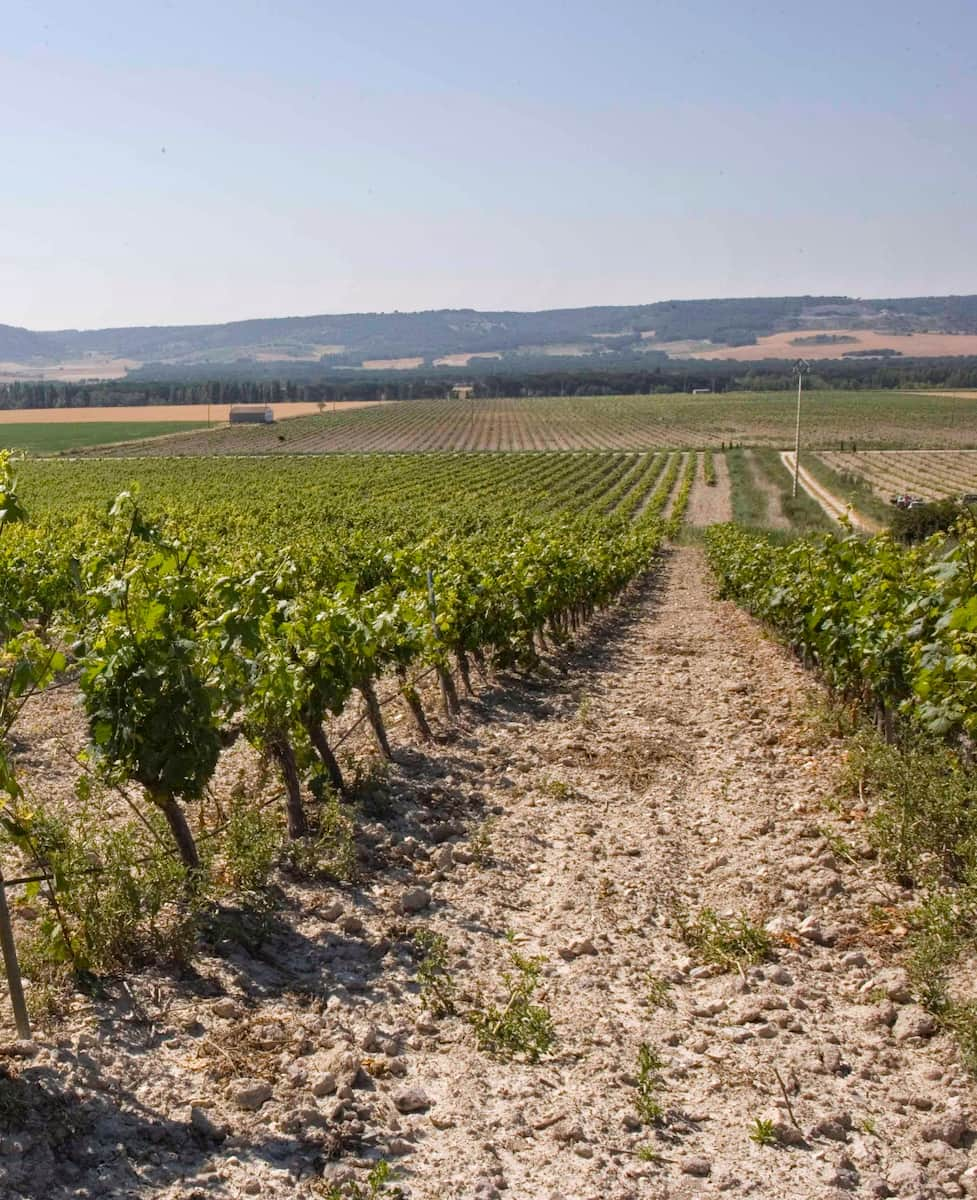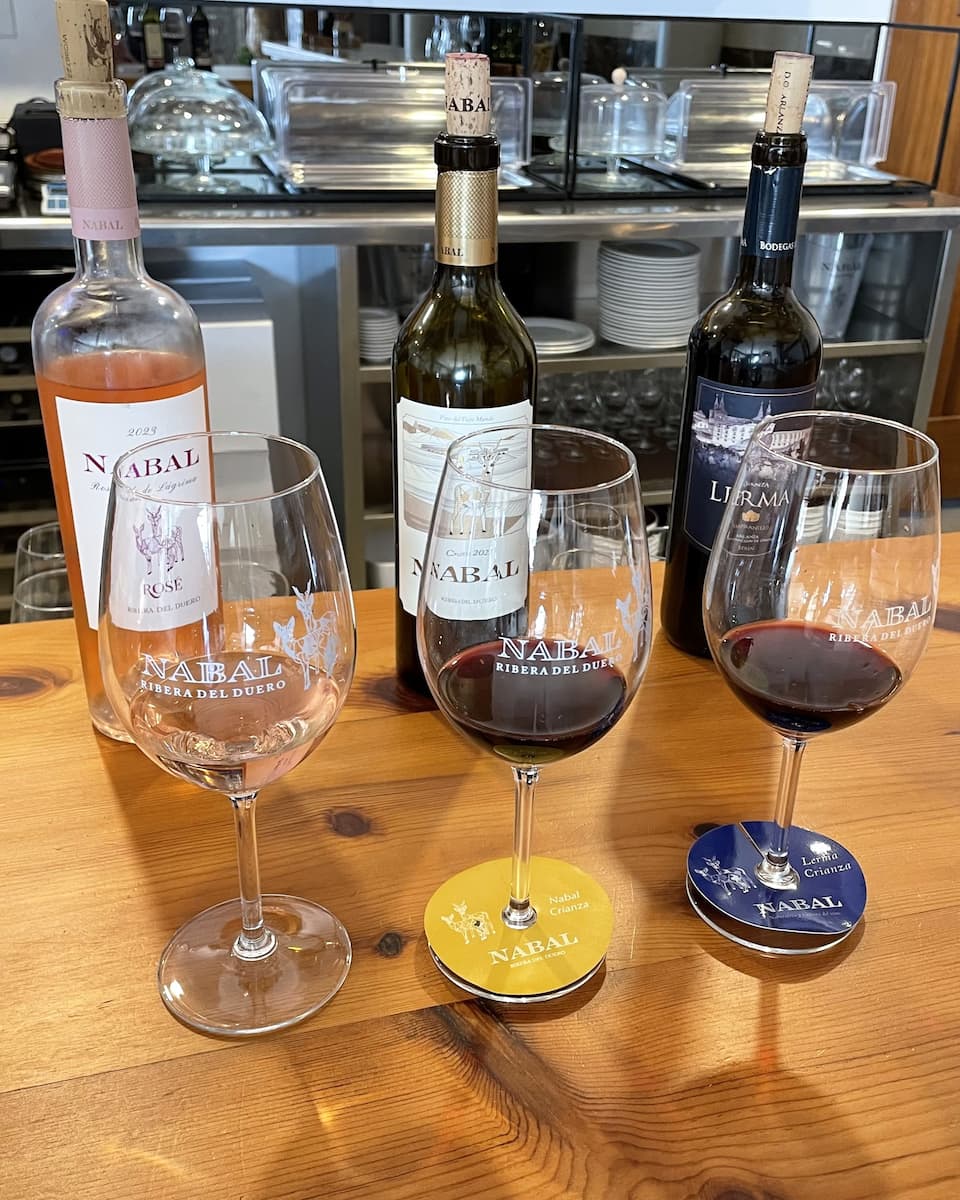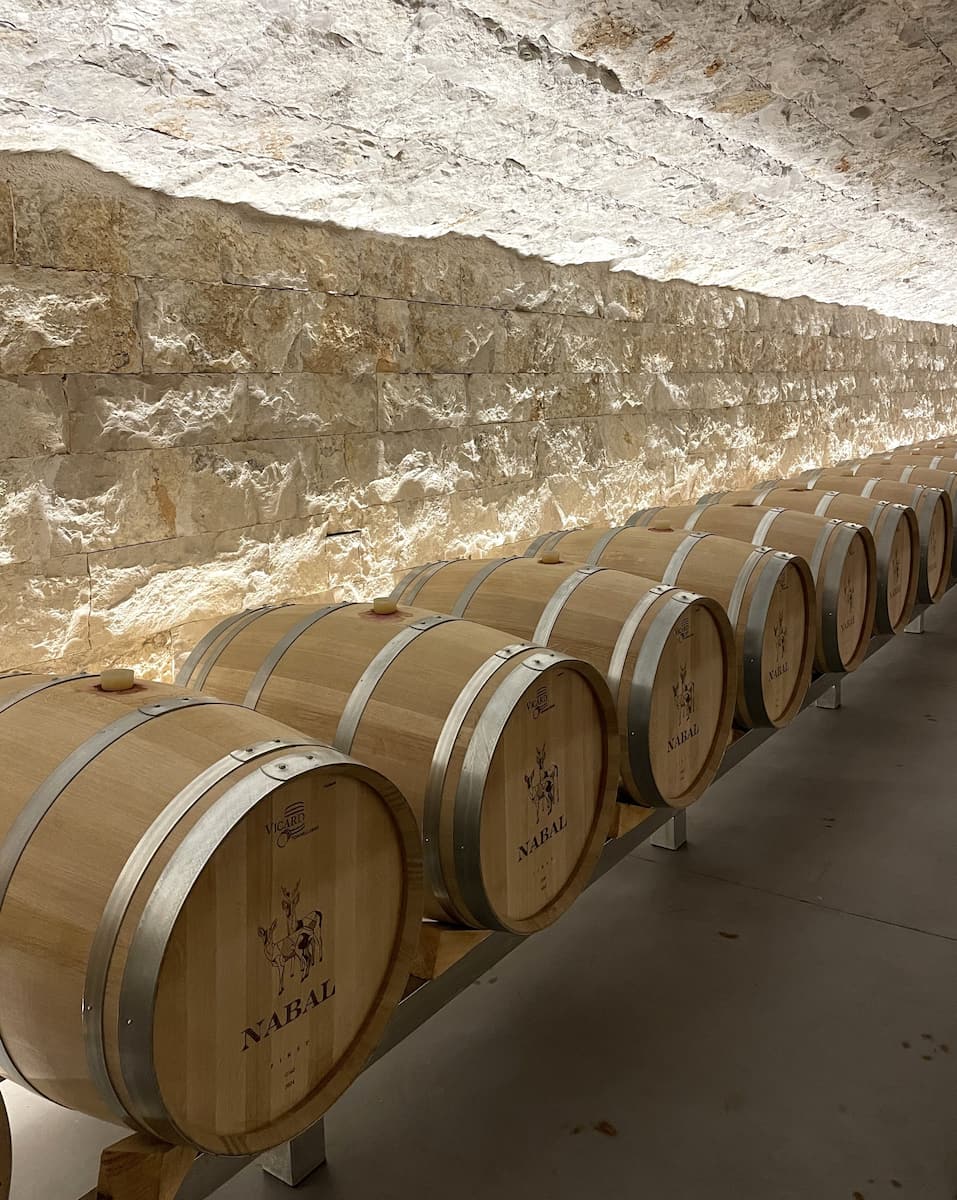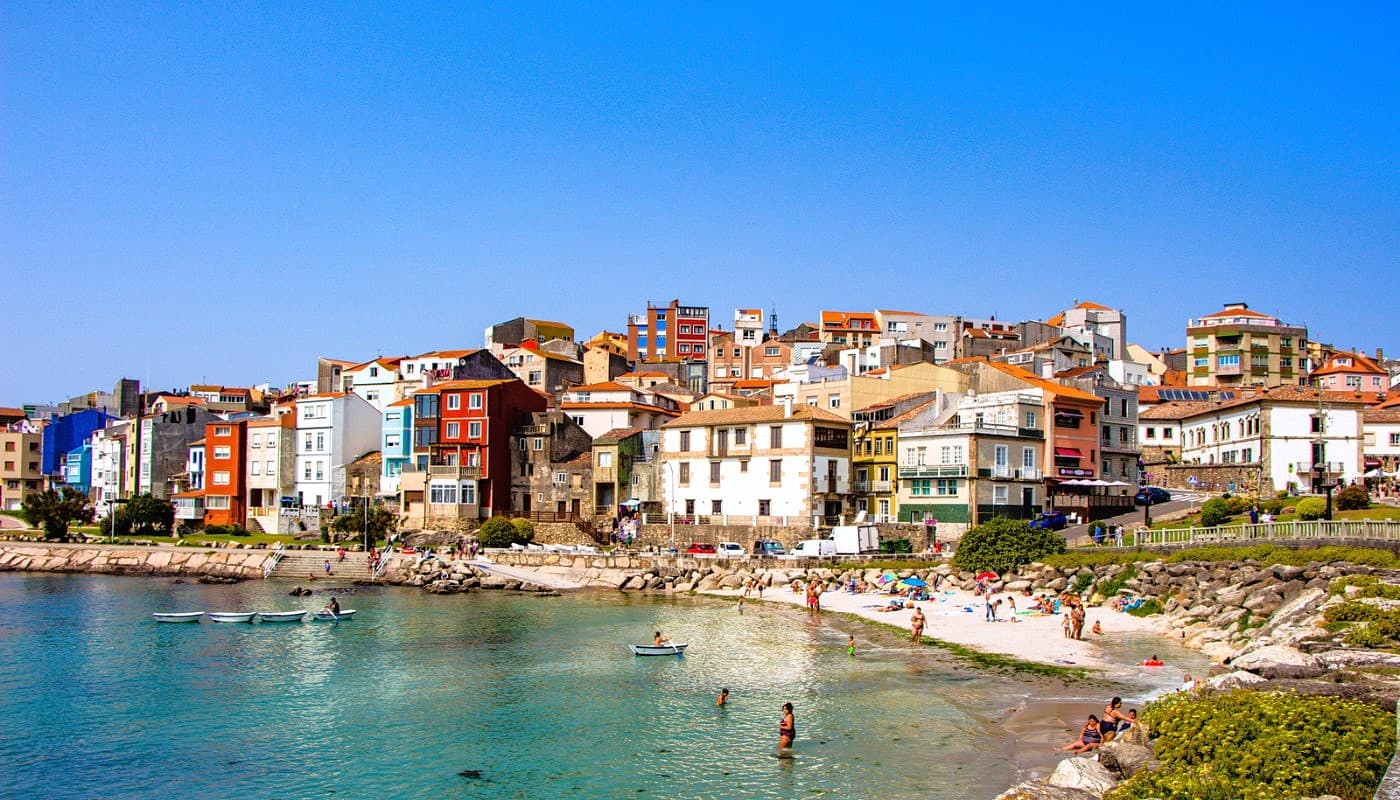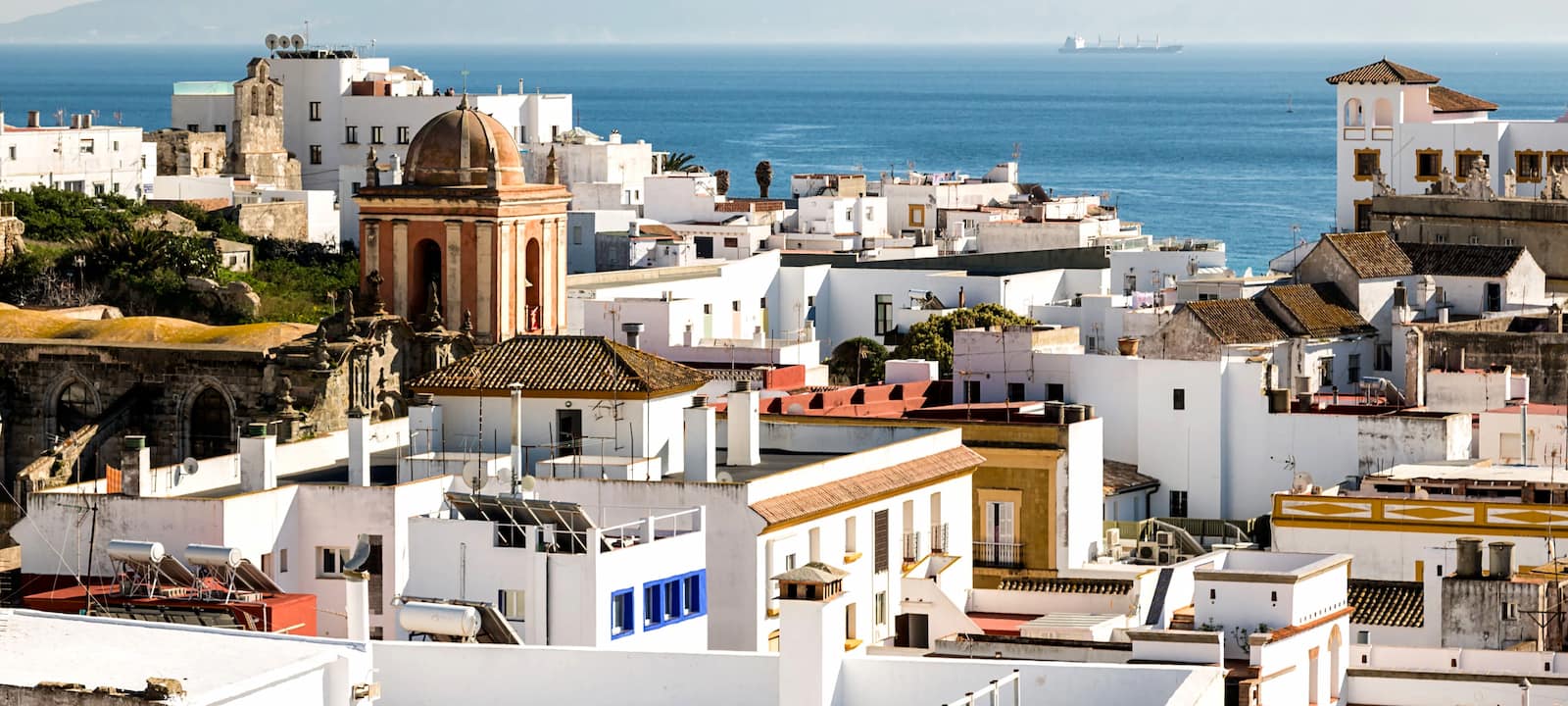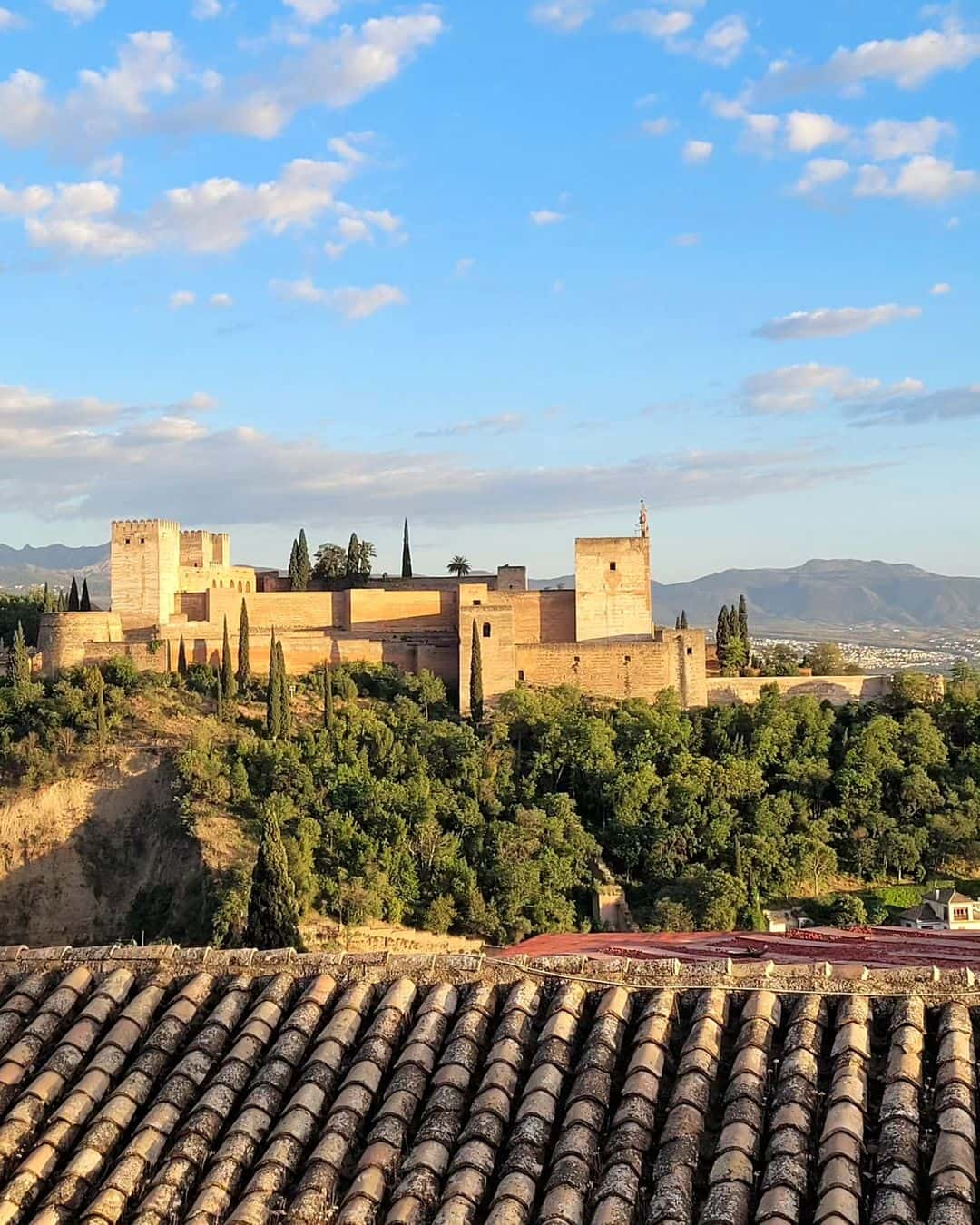Nestled in northern Spain, Burgos captivates visitors with its stunning Gothic cathedral and rich medieval history. The city offers a perfect blend of architectural marvels, culinary delights, and cultural experiences that will make your visit truly memorable.
Walking through Burgos feels like stepping into a living museum where every corner tells a story from Spain’s glorious past. From exploring the UNESCO-listed cathedral to sampling the famous morcilla blood sausage, this charming city provides authentic Spanish experiences without the crowds of more touristy destinations.
🏠 Where to Stay in Burgos
- 💎 Luxury Hotel: Landa, Burgos
- 🏨 4-Star: Hq La Galeria, Burgos
- 🏨 4-Star: Silken Gran Teatro, Burgos
- 🛏️ 3-Star: HomeSanGil, Burgos
- 💸 Cheap: PENSIÓN PEÑA, Burgos
- 🏢 Apartment: Alojamiento en el Centro de Burgos, Burgos
- 👨👩👧👦 For Families: Hotel Boutique Museo Burgos, Burgos
- 🏩 For Couples: Hotel Cordón, Burgos
💁 Best Guided Tours
- TASTE THE TREASURES from RIBERA DEL DUERO in a SUBTERRANEAN wine Cellar from € 28 (⭐4.9/5)
- Visit and Wine Tasting at the Territorio Luthier Winery from € 35 (⭐5.0/5)
- Family Winery Visit with Food from € 40 (⭐4.8/5)
- Visit a Winery of the 19th Century and its Draft from € 30 (⭐4.9/5)
Best Things To Do in Burgos
1. Burgos Cathedral (UNESCO World Heritage Site)
Architectural marvel. Standing before Burgos Cathedral, I was immediately struck by its imposing Gothic spires that dominate the city skyline. This UNESCO treasure began construction in 1221 and wasn’t completed until 1567, showcasing the evolution of Gothic architecture through nearly four centuries of work.
Interior splendor. Inside, I spent almost two hours exploring the cathedral’s Latin cross layout with its soaring vaulted ceilings and spectacular stained glass windows. The Papamoscas (flycatcher) automaton clock delighted me – at the stroke of each hour, it opens its mouth in sync with the chimes, a quirky contrast to the cathedral’s grandeur.
Hidden gems. The most breathtaking spot is the Capilla del Condestable (Constable’s Chapel), often called “the cathedral within the cathedral.” I was mesmerized by its Renaissance architecture and alabaster altar. Don’t miss the tomb of El Cid and his wife Doña Jimena beneath the crossing – a powerful historical connection to Spain’s medieval past.
Practical tips. Tuesday afternoons offer free entry, though it gets crowded. Otherwise, tickets cost €10 for adults, with discounts available for students (€5), children 7-14 (€2), and pilgrims with credentials (€5). For just €12, get the tourist bracelet that includes visits to San Esteban and San Gil churches – excellent value!
| Visitor Type | Cathedral Only | Tourist Bracelet (3 temples) |
|---|---|---|
| Adult | €10 | €12 |
| Groups (10+) | €9 | €11 |
| Student | €5 | Not specified |
| Children 7-14 | €2 | Not specified |
| Pilgrims | €5 | Not specified |
Visiting advice. The cathedral opens daily from 9:30 to 18:30 (March-October) and 10:00 to 18:00 (November-March). I recommend downloading their app for the audio guide – it enhanced my understanding of the intricate chapels and architectural details without additional cost. Allow at least 90 minutes for your visit to fully appreciate this Gothic masterpiece.
⭐ Best Activities
- Burgos: Genial Cathedral Tour – Discover the magnificent UNESCO World Heritage Cathedral of Burgos with a knowledgeable guide who will reveal its architectural wonders and historical significance. This tour offers an in-depth exploration of one of Spain’s most impressive Gothic structures.
2. Museum of Human Evolution
Prehistoric treasures. The Museum of Human Evolution blew me away with its world-class collection of fossils from the nearby Atapuerca archaeological site. I spent a fascinating morning examining the remains of Homo antecessor and Homo heidelbergensis, some dating back 850,000 years – these are among the oldest human remains found in Europe!
Interactive learning. What makes this museum special is how it brings evolution to life through hands-on exhibits. I tried my hand at virtual excavation techniques and compared my skull shape to our ancient ancestors. The life-sized reconstructions of early humans are incredibly detailed, giving me a vivid sense of our evolutionary journey.
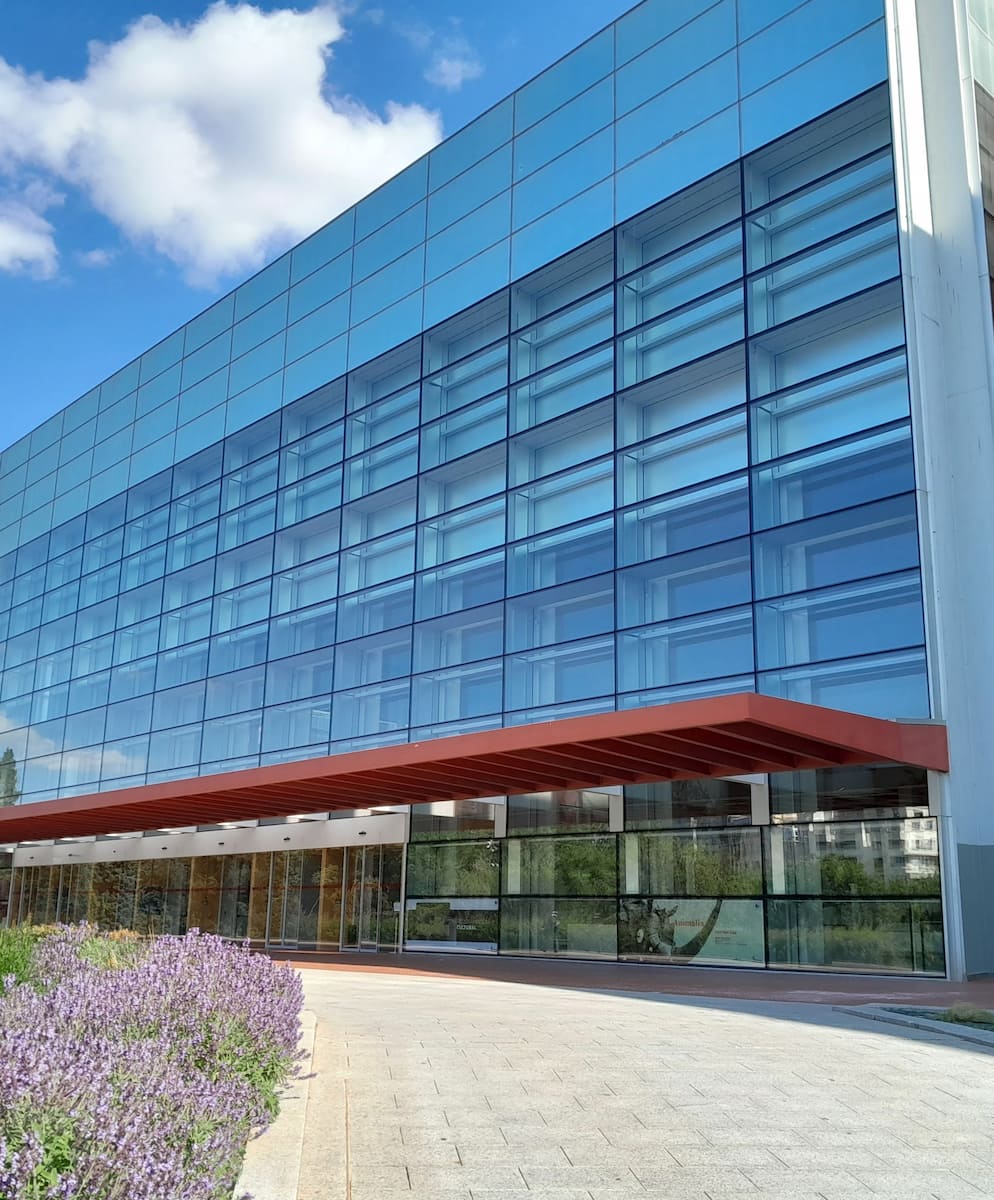

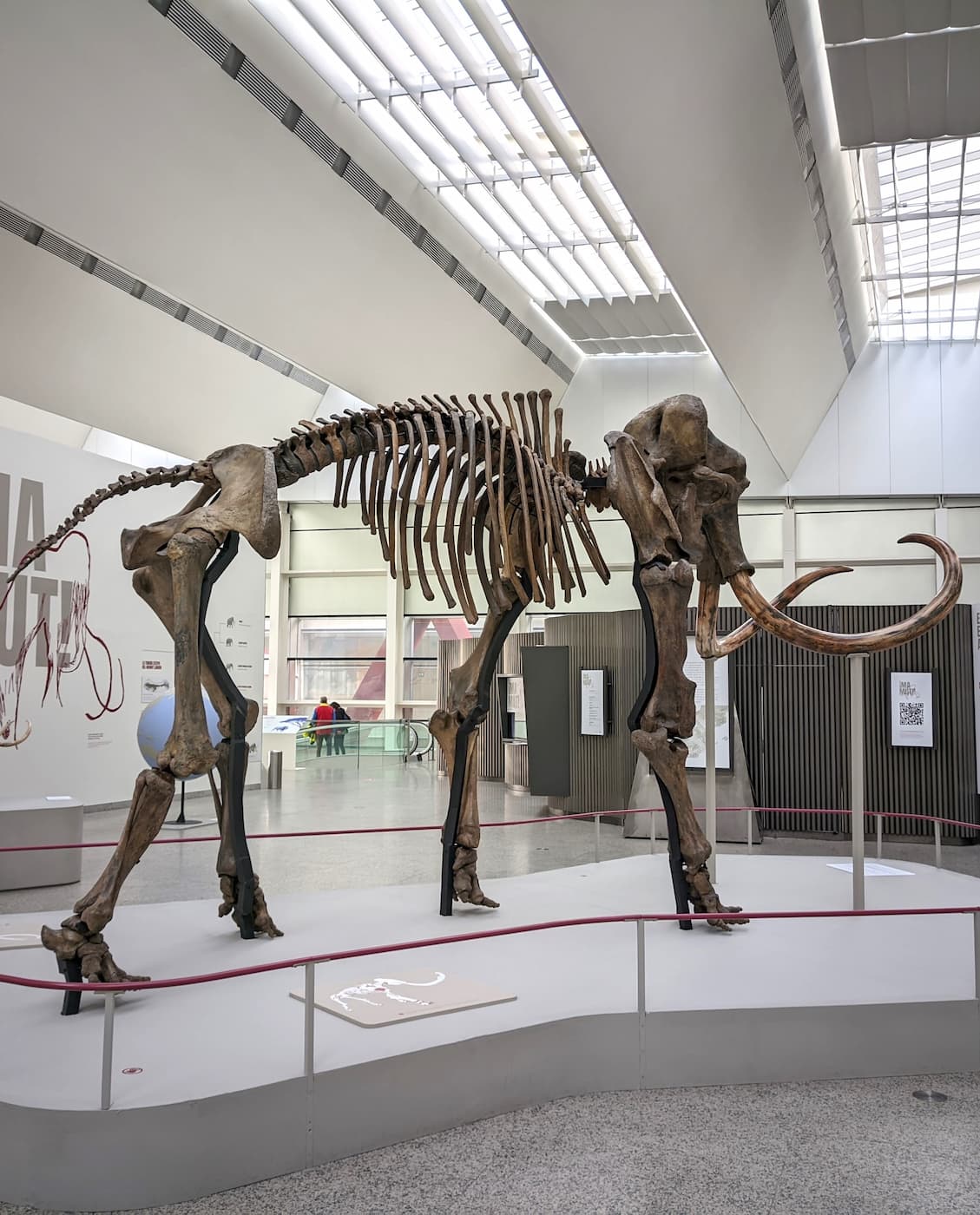
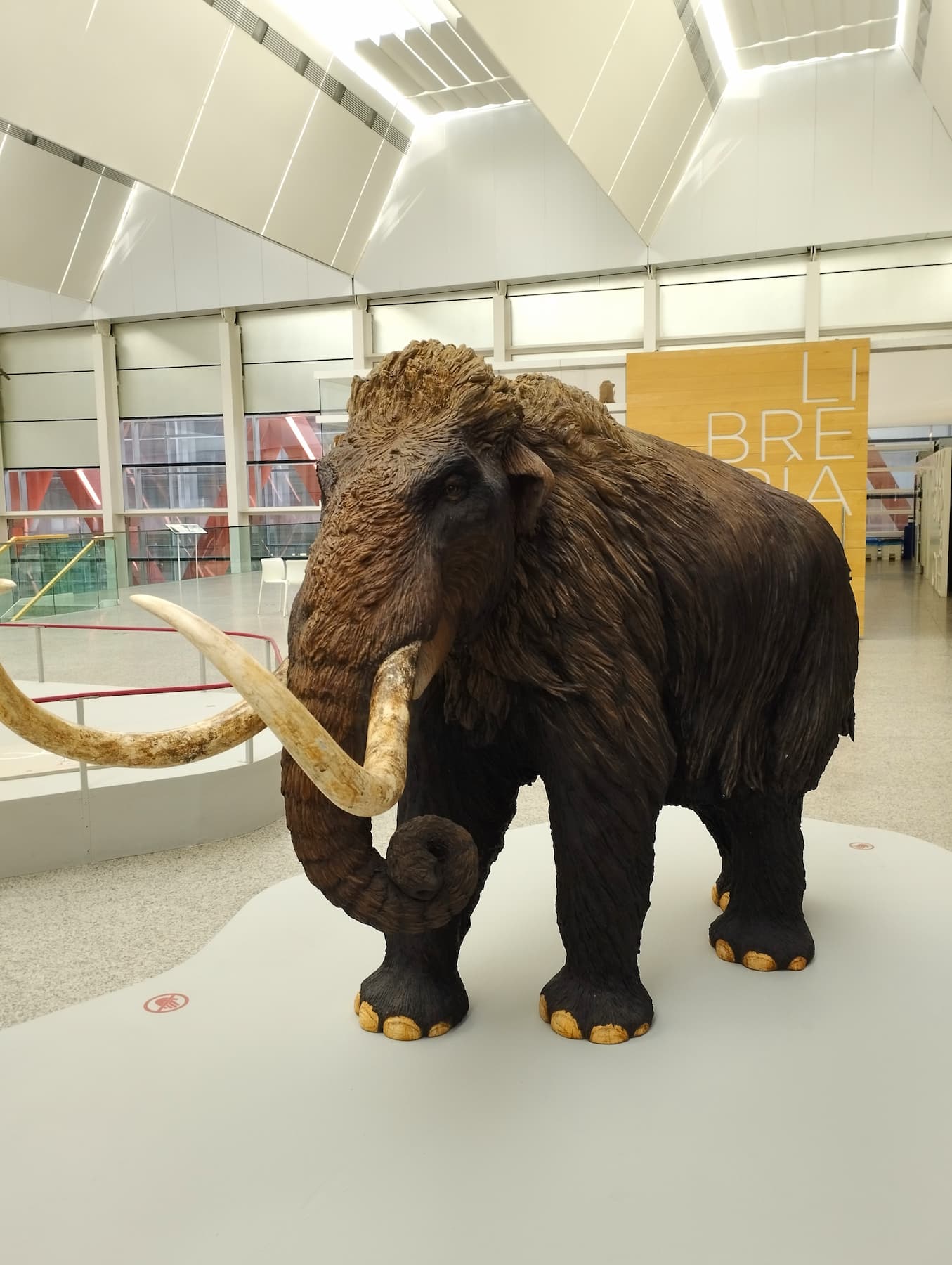
Must-see highlights:
- The original “Miguelón” skull (Homo heidelbergensis)
- The interactive DNA exhibit explaining human genetic development
- The stunning recreation of the Sima de los Huesos (Pit of Bones)
- The cutting-edge 3D cinema showing the excavation process
- The comprehensive timeline of human evolution across continents
| Ticket Type | Price | Includes |
|---|---|---|
| Basic Adult | €6 | Museum only |
| Combined | €9 | Museum + Archaeological Park |
| Groups (15+) | €4/person | Museum only |
| Children under 8 | Free | All areas |
| Tuesday afternoons | Free | Museum only |
Visitor advice. Open Tuesday-Friday 10:00-14:30 and 16:30-20:00, weekends 10:00-20:00, and closed Mondays. I found the English audio guide (€2) essential for understanding the scientific significance of the exhibits. Plan at least 2 hours here – the fascinating content deserves your time and attention.
3. Arco de Santa Maria
Medieval gateway. Walking through the Arco de Santa Maria felt like stepping back in time to medieval Burgos. This impressive 14th-century gate once served as the main entrance to the walled city and now stands as one of Burgos’ most photographed landmarks. I was struck by its fortress-like appearance with turrets and battlements.
Interior exhibitions. Inside, I discovered the gate houses temporary art exhibitions and a small municipal museum. Entry is free, making it a perfect quick stop while exploring the historic center. The second-floor meeting room where the city council once gathered has beautiful coffered ceilings.
Key architectural elements:
- Six turrets crowned with conical spires
- Statues of Burgos’ historical figures
- Central imperial coat of arms
- Ornate Renaissance decoration
- Original medieval stone foundations
| Floor | Contains | Time Needed |
|---|---|---|
| Ground | Reception and temporary exhibits | 15 minutes |
| First | Former council chamber | 10 minutes |
| Second | Art gallery | 15-20 minutes |
Photography tip. I found the best photos come from the small plaza in front of the gate, especially in late afternoon when the stone glows golden. The gate is beautifully illuminated at night, creating a magical atmosphere as you walk from the cathedral toward the river.
4. Monasterio de las Huelgas
Royal heritage. The Monasterio de las Huelgas left me awestruck with its remarkable combination of architectural styles and royal connections. Founded in 1187 by Alfonso VIII and Eleanor of Aquitaine, this Cistercian monastery housed noble women and wielded extraordinary power – the abbess here once controlled 64 villages!
Visitor information. Entry costs €9 for adults, with reduced rates for seniors (€7) and students (€6). You must join a guided tour (included in the price) as the monastery remains partially active with nuns in residence.
Historical highlights:
- The royal pantheon containing tombs of Castilian monarchs
- The Chapter House with stunning Gothic vaulting
- The Assumption Chapel with Mudéjar coffered ceiling
- The Museum of Rich Fabrics with 13th-century textiles
| Tour Language | Times | Duration | Group Size |
|---|---|---|---|
| Spanish | 10:00, 11:00, 12:00, 13:00, 16:00, 17:00 | 50 min | Max 25 |
| English | 10:30, 12:30, 16:30 | 50 min | Max 25 |
| French | By request | 50 min | Min 10 |
Visitor advice. Closed Mondays except in summer. Photography isn’t permitted inside, which initially disappointed me but ultimately allowed me to fully appreciate the serene atmosphere. I recommend arriving 15 minutes before your tour time as tickets cannot be reserved in advance.
5. Cartuja de Miraflores
Carthusian splendor. Just a short drive from Burgos’ center, I discovered the peaceful Cartuja de Miraflores, a 15th-century Carthusian monastery that took my breath away. Originally built as a hunting lodge for King Enrique III, it was transformed into a monastery in 1442 and houses some of Spain’s most exquisite religious art.
Artistic masterpieces. The highlight of my visit was undoubtedly the alabaster tomb of King Juan II and Queen Isabel of Portugal, carved by Gil de Siloé. The intricate detail is astonishing – I spent nearly 20 minutes circling it to appreciate all the miniature figures and delicate patterns.
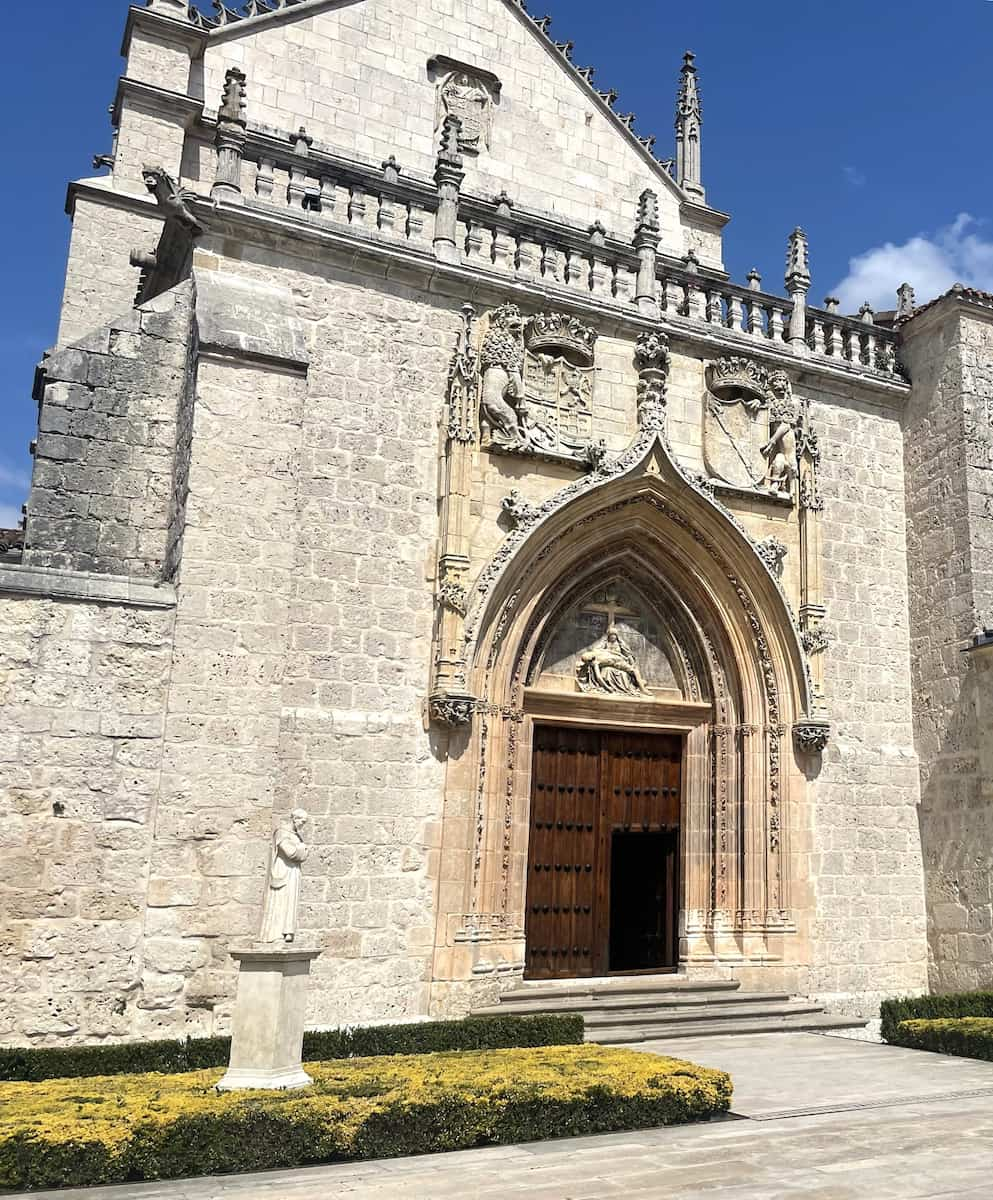
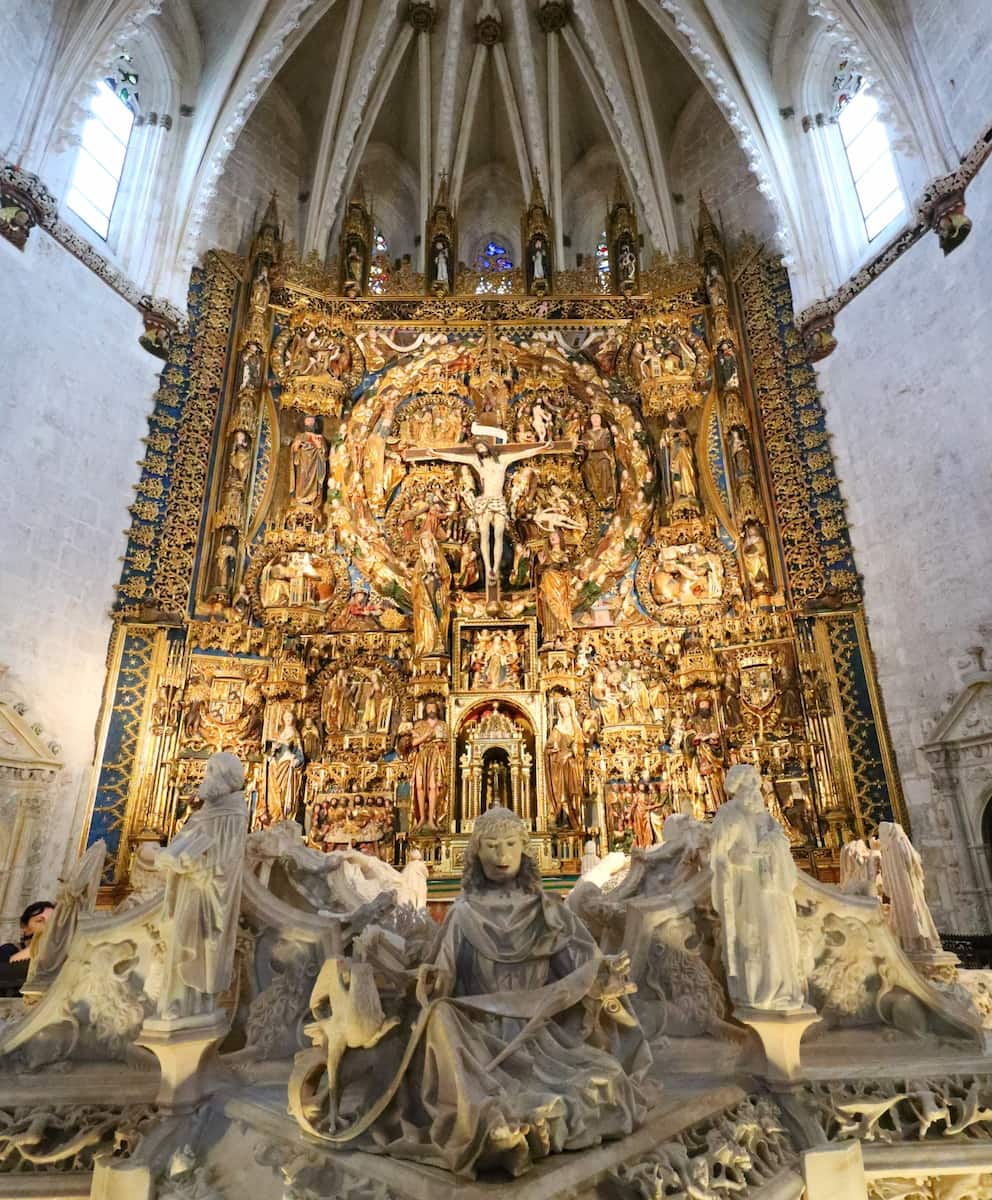
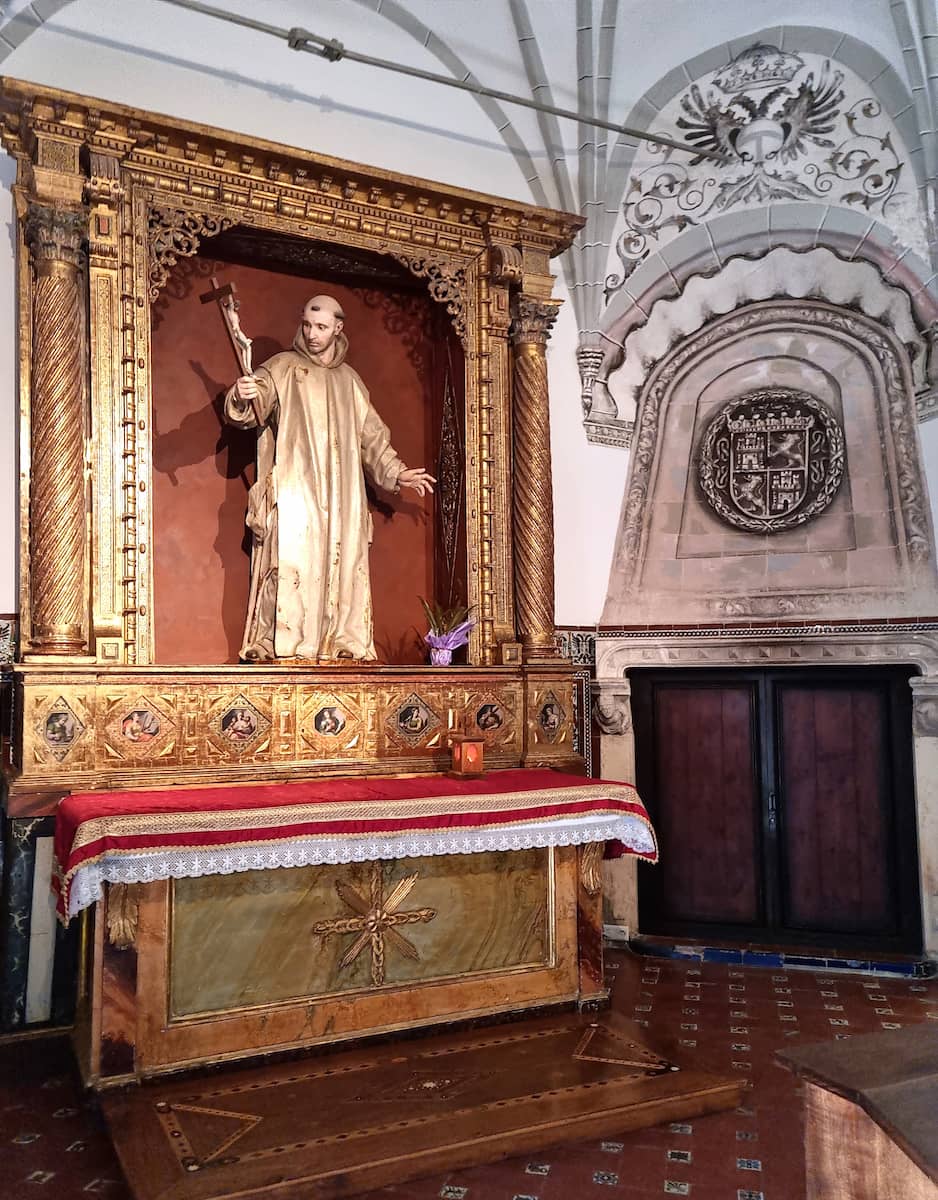
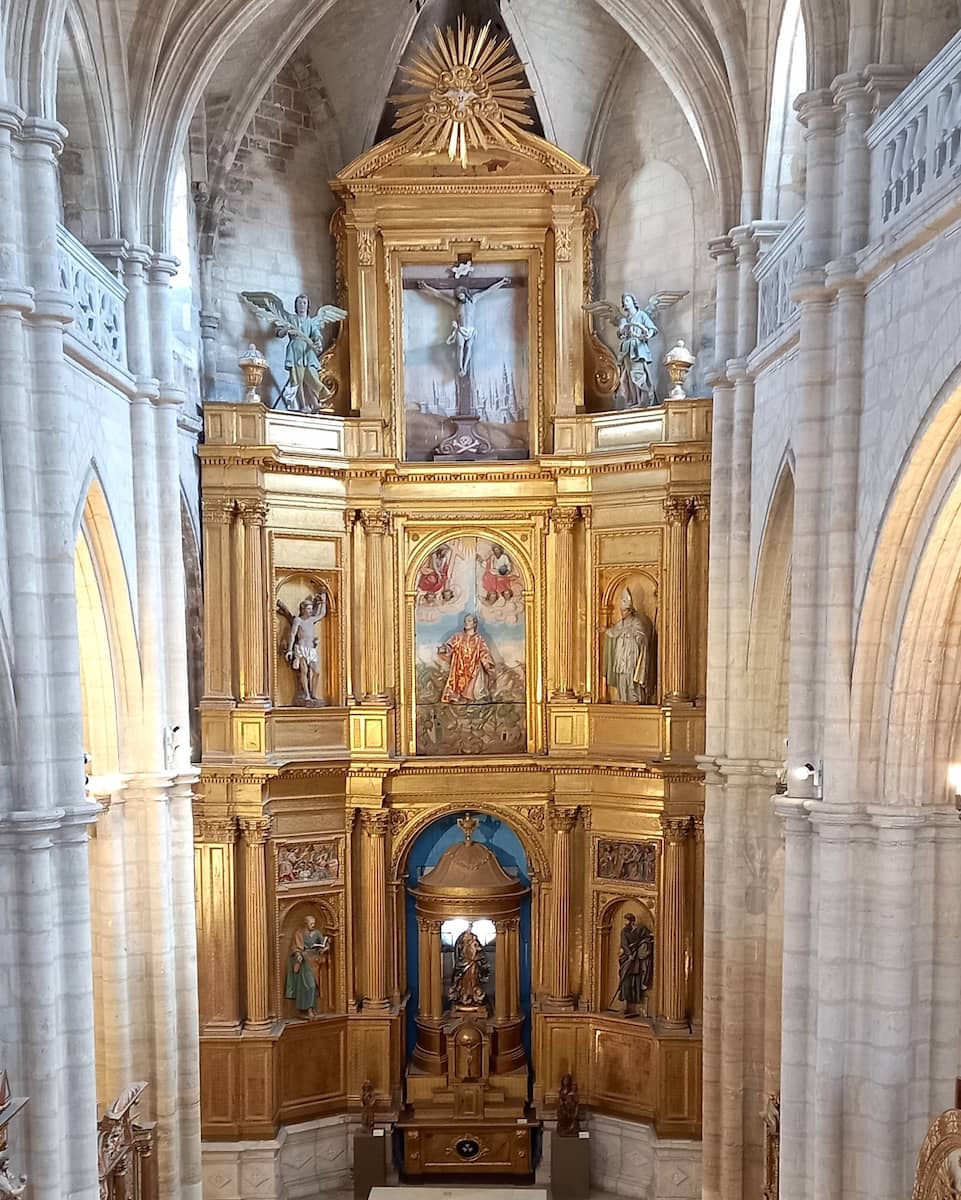
Must-see features:
- The spectacular gilded altarpiece by Gil de Siloé
- The ornate royal tombs with detailed alabaster carvings
- The wooden choir stalls with intricate inlay work
- The monastery church with its single nave design
| Season | Morning Hours | Afternoon Hours | Closed During |
|---|---|---|---|
| Summer | 10:00-15:00 | 16:00-19:00 | Mass times |
| Winter | 10:00-15:00 | 16:00-18:00 | Mass times |
| Sundays | 11:00-15:00 | 16:00-19:00 | Morning Mass |
Travel tip. I took bus #8 from Plaza España (€1.50 each way), which runs every 30 minutes. If driving, there’s free parking available. The peaceful location surrounded by pine forest makes for a refreshing escape from the city. I recommend visiting in the morning when the light streams beautifully through the stained glass.
6. Historic Center of Burgos
Medieval charm. Wandering through Burgos’ historic center, I fell in love with its perfectly preserved medieval atmosphere. Cobblestone streets wind between centuries-old buildings, creating a living museum of Spanish history. The entire old town is pedestrianized, making it perfect for leisurely exploration.
Architectural diversity. What impressed me most was the variety of architectural styles spanning nearly a millennium. Gothic churches stand alongside Renaissance palaces and Baroque fountains. I particularly enjoyed spotting the ornate coats of arms adorning many building façades – silent testimonies to the city’s noble past.
Don’t miss these spots:
- Plaza Mayor with its elegant arcaded buildings
- Casa del Cordón, where Columbus met Ferdinand and Isabella
- Plaza de la Libertad with its charming cafés
- Plaza del Rey San Fernando facing the cathedral
Gastronomic delights. The historic center houses Burgos’ best tapas bars. I paid around €2.50-3.50 per tapa, with a glass of local Ribera del Duero wine costing about €3. My favorite discovery was morcilla de Burgos (blood sausage with rice) – much tastier than it sounds!
| Establishment | Specialty | Price Range | Location |
|---|---|---|---|
| Casa Ojeda | Traditional morcilla | €€ | Plaza de la Libertad |
| Mesón del Cid | Lechazo (roast lamb) | €€€ | Plaza Santa María |
| El Huerto de Roque | Modern tapas | €€ | Calle Sombrerería |
| Cervecería Morito | Craft beers & pintxos | € | Plaza Mayor |
[/about_table]
Exploration advice. I found morning (9:00-11:00) ideal for photography and peaceful exploration before shops open. For the liveliest atmosphere, join locals for the evening paseo (stroll) between 19:00-21:00 when everyone seems to be out enjoying the cooler air and socializing.
⭐ Best Activities
- Burgos Old Town: Private Historic Walking Tour – Explore the charming historic center of Burgos on this private walking tour that takes you through medieval streets and introduces you to the city’s rich heritage. Your personal guide will customize the experience to your interests while showing you the most important landmarks.
7. Castillo de Burgos
Hilltop fortress. Perched dramatically above the city, Burgos Castle offered me the perfect combination of history and panoramic views. Though mostly in ruins today, this 9th-century fortress played a crucial role in Spanish history and the Reconquista. I was fascinated to learn it later served as Napoleon’s headquarters during the Peninsular War.
Visitor information. Entry costs €3.70 for adults, with reduced rates for children and seniors. The castle is open Tuesday-Sunday from 11:00-14:30 and 16:30-19:30 (closed Mondays).
Key features to explore:
- The restored castle walls with defensive battlements
- The deep well shaft cut through solid rock
- The remains of the chapel of Santa María la Blanca
- The underground tunnels (partially accessible)
| Visitor Type | Price | Includes |
|---|---|---|
| Adult | €3.70 | Full access |
| Children (8-14) | €1.60 | Full access |
| Seniors (65+) | €2.20 | Full access |
| Groups (15+) | €2.20/person | Full access |
| Combined ticket with MEH | €7.50 | Castle + Museum of Human Evolution |
Climbing advice. I took the scenic 20-minute walk up from the cathedral, which is steep but rewarding. Alternatively, there’s a tourist train (€4 round trip) from Plaza Rey San Fernando during summer months. Wear comfortable shoes and bring water – the hilltop location catches the breeze but offers little shade.
8. Mirador del Castillo
Panoramic perfection. Just below Burgos Castle lies the Mirador del Castillo, which I found offers the most spectacular views of the city without needing to pay for castle entry. From this strategic viewpoint, I captured stunning photos of the cathedral spires rising above the old town, with the Arlanzón River winding through the landscape.
Photography paradise. What makes this spot special is how it frames Burgos’ historical evolution in one sweeping vista. The medieval center, Renaissance palaces, and modern districts spread out before you like a living timeline. I visited at different times of day and found each offered a unique perspective.
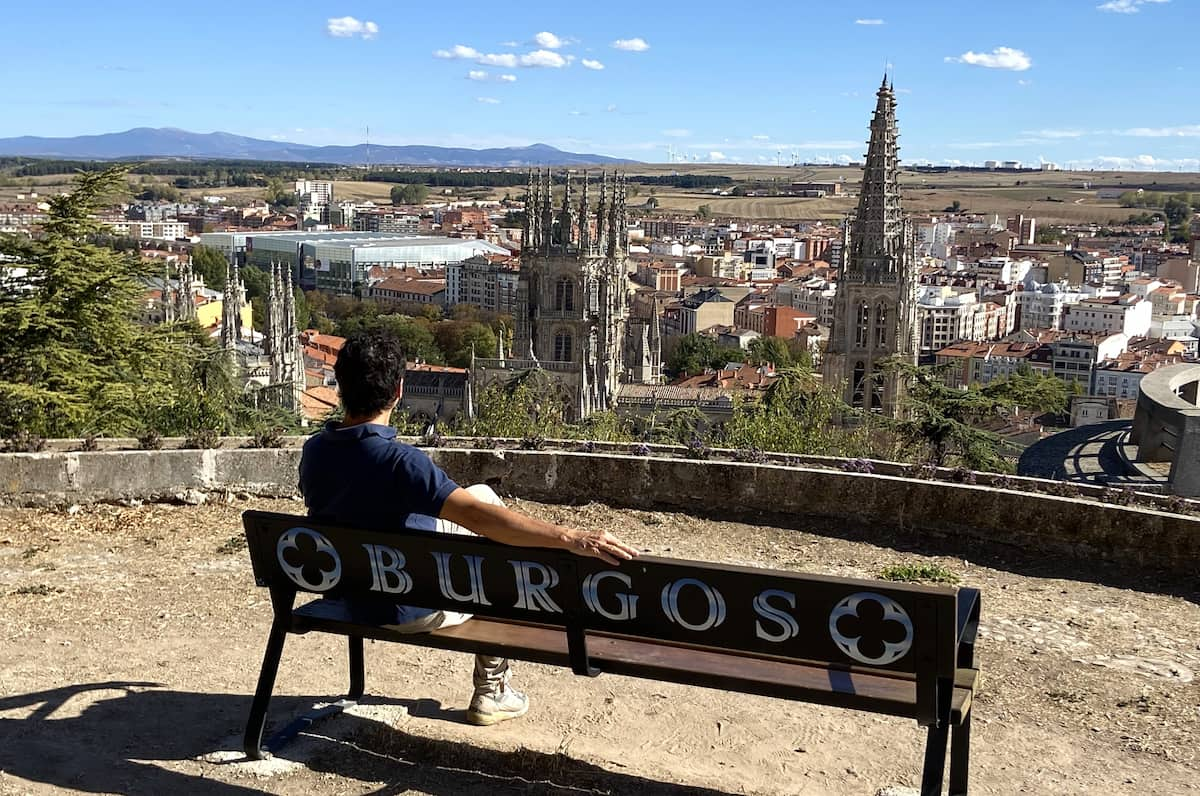
Best viewpoints by time of day:
- Main castle viewpoint – best for morning light on the cathedral
- Eastern platform – ideal for sunset views over the city
- Northern terrace – perfect for river valley panoramas
- Southern steps – great for photographing the castle walls
- Western path – offers unique angles of the cathedral spires
Accessibility options. While I enjoyed the walk up from the city center (about 25 minutes from the cathedral), there are several ways to reach this viewpoint depending on your mobility level.
| Access Method | Duration | Difficulty | Cost |
|---|---|---|---|
| Walking path from cathedral | 25 min | Moderate (steep) | Free |
| Tourist train | 10 min | Easy | €4 return |
| Taxi to castle entrance | 5 min | Easy | €8-10 from center |
| Bus #7 + short walk | 15 min | Easy-Moderate | €1.50 |
Visitor tip. I packed a small picnic and enjoyed it on one of the benches while watching the sunset. There are no facilities at the viewpoint itself, so bring water and snacks if you plan to linger. The area is well-lit and safe to visit in the evening, offering magical views of the illuminated cathedral.
9. Museo de Burgos
Historical treasure trove. Housed in the 16th-century Casa de Miranda, the Museo de Burgos surprised me with its extensive collection spanning prehistory to the 20th century. The Renaissance palace itself is a masterpiece, with an impressive courtyard featuring ornate columns and decorative motifs that had me constantly looking upward.
Artistic highlights. What fascinated me most was the museum’s diverse collection. The archaeological section contains Paleolithic tools and Roman mosaics, while the fine arts galleries showcase works by El Greco, Ribera, and local masters. The collection of medieval religious art particularly impressed me.
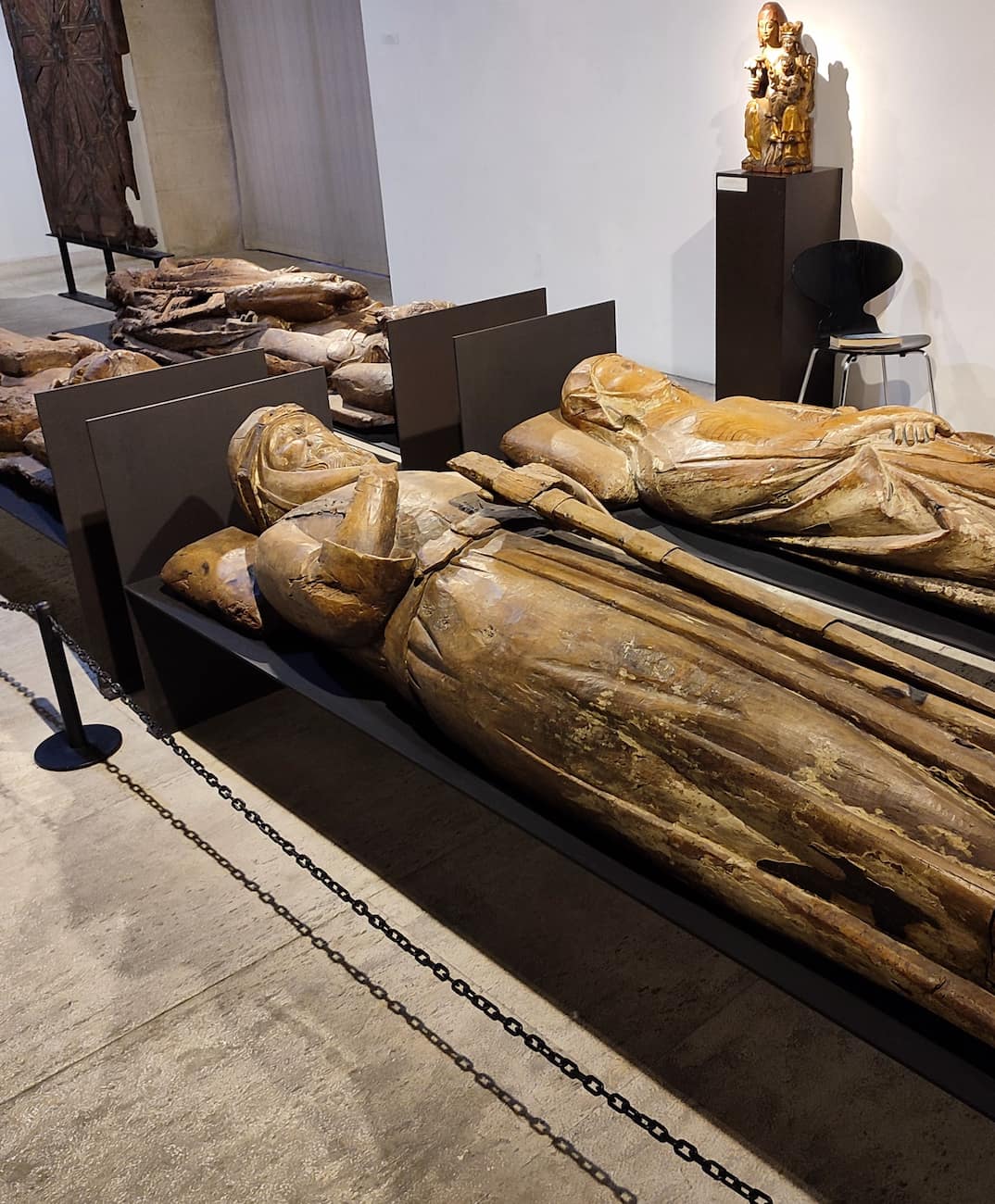
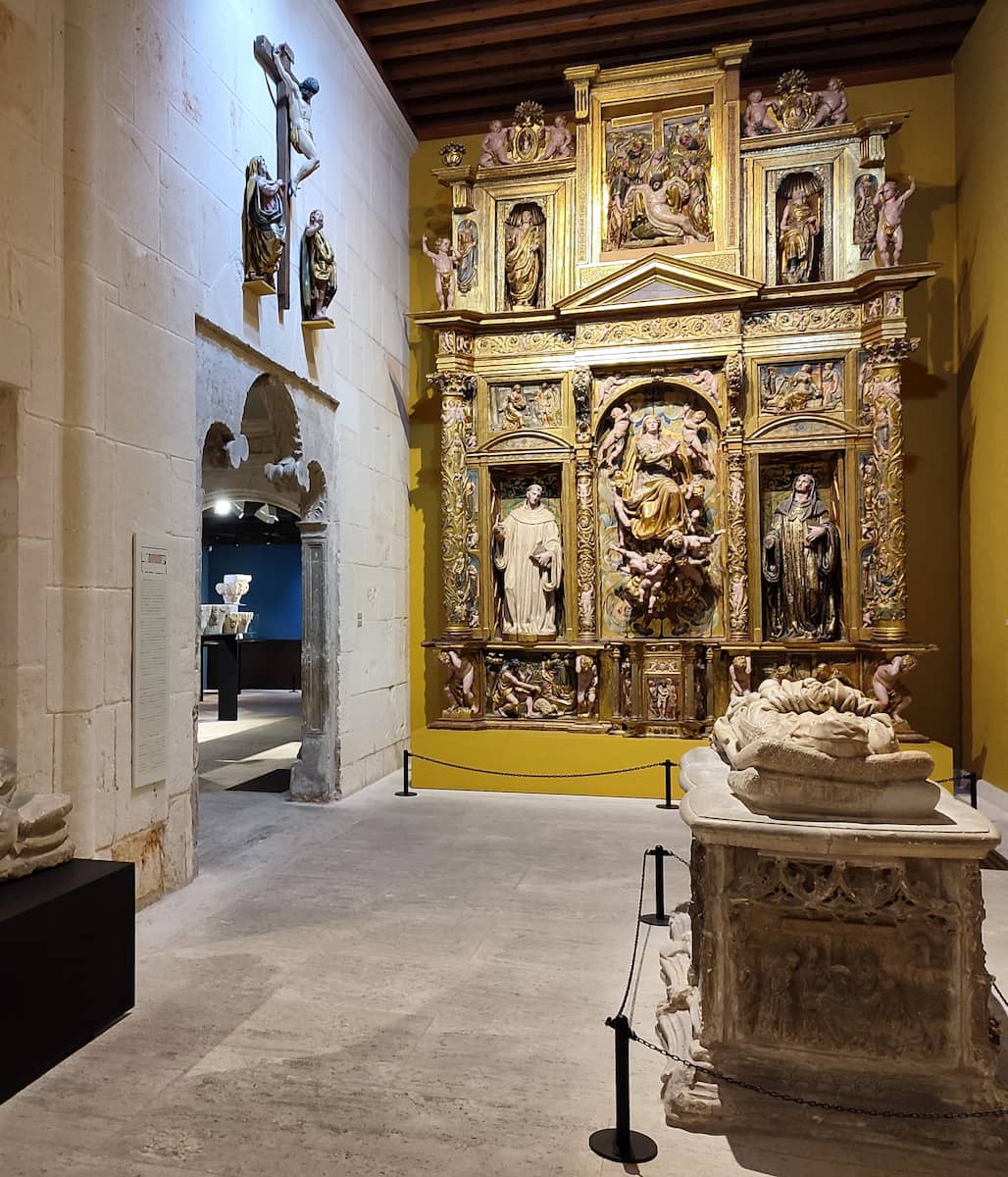
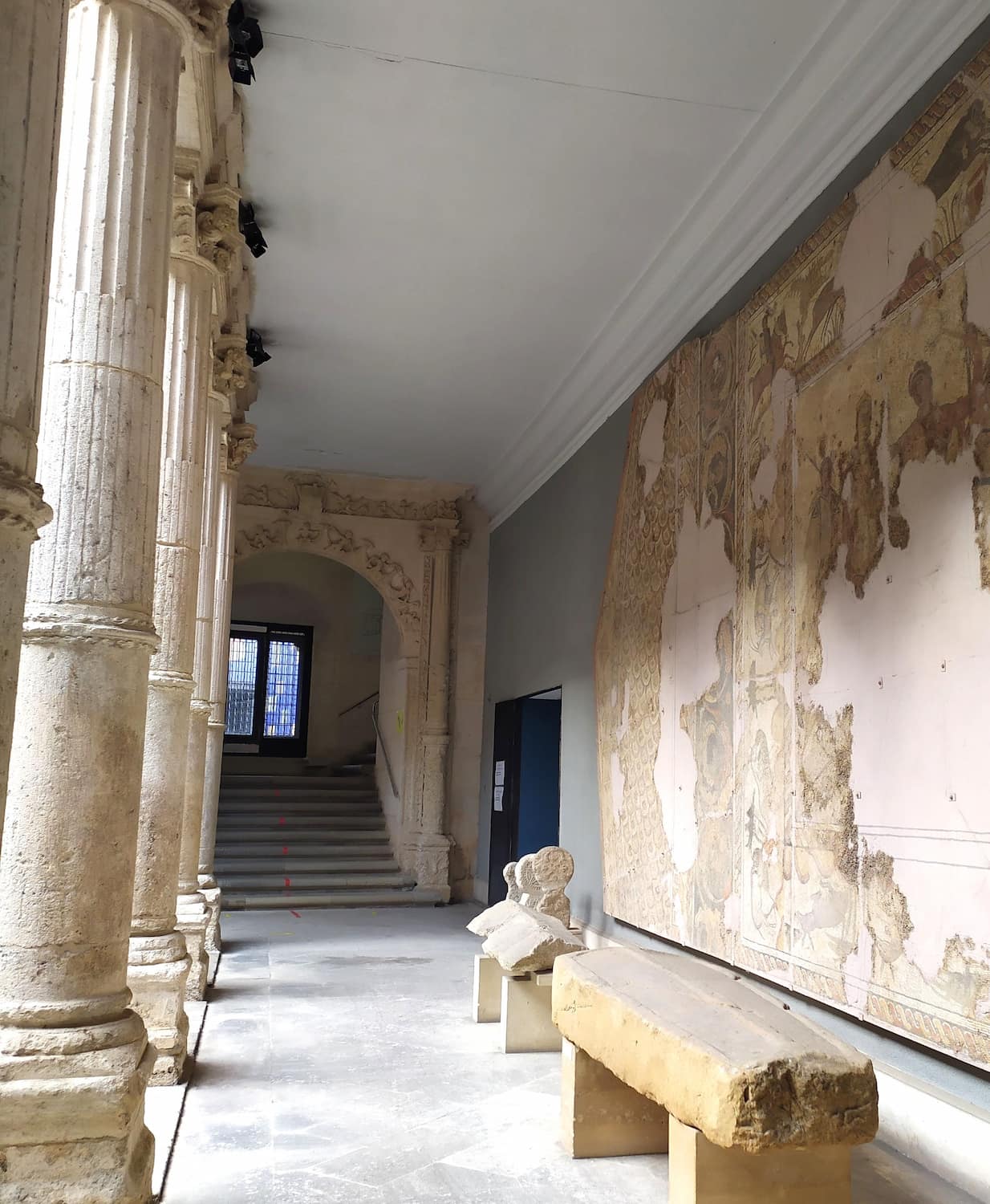
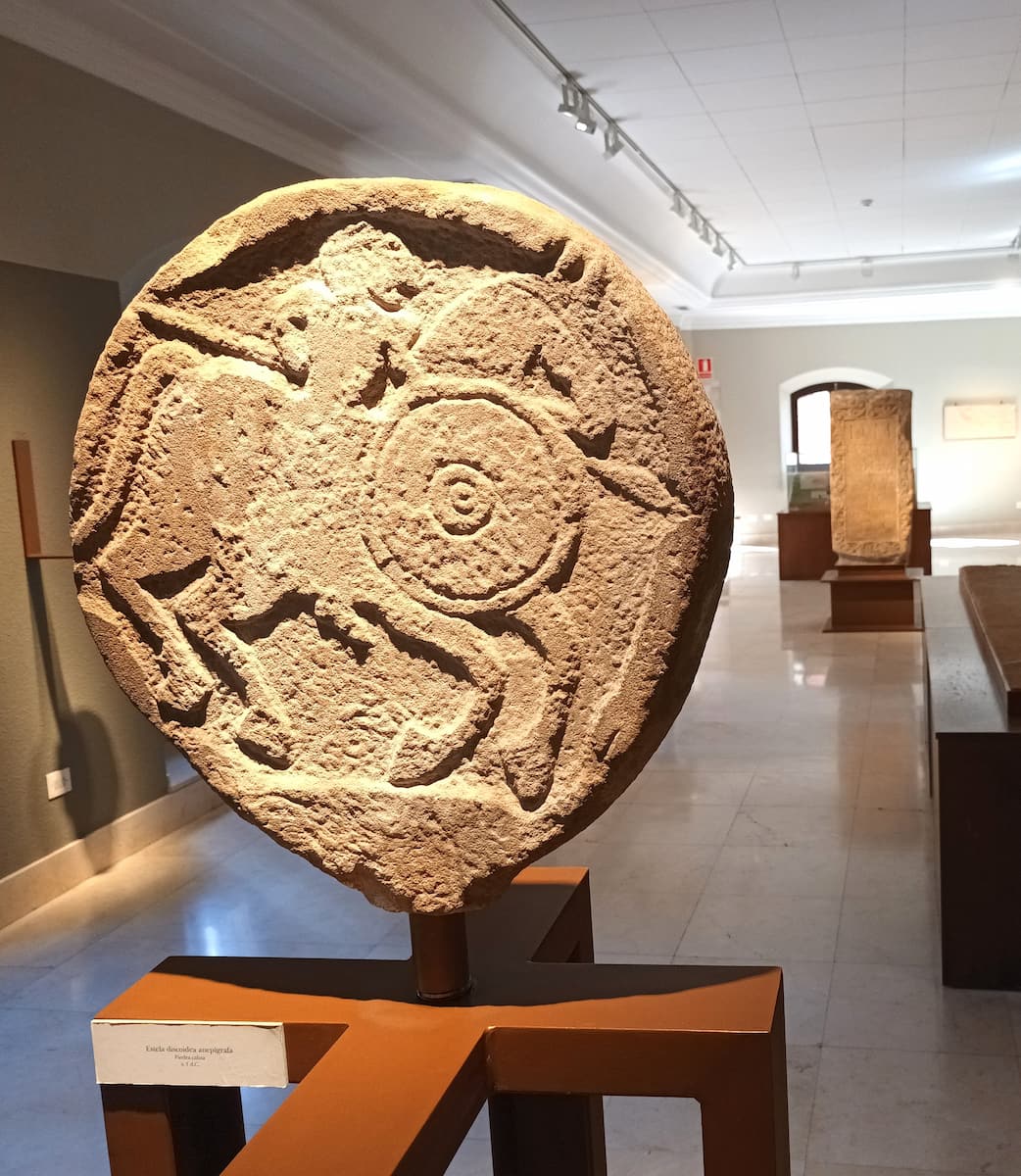
Must-see exhibits:
- The Roman mosaics from local villas
- The Gothic sculptures from demolished churches
- The Flemish triptychs with intricate details
- The collection of traditional Burgos furniture and crafts
Visitor information. Entry costs €1.20 for general admission, with free entry on Saturdays after 14:30 and all day Sunday. The museum is open Tuesday-Saturday 10:00-14:00 and 16:00-19:00, Sundays 10:00-14:00, and closed Mondays.
| Day | Morning Hours | Afternoon Hours | Admission |
|---|---|---|---|
| Tuesday-Friday | 10:00-14:00 | 16:00-19:00 | €1.20 |
| Saturday | 10:00-14:00 | 16:00-19:00 | Free after 14:30 |
| Sunday | 10:00-14:00 | Closed | Free |
| Monday | Closed | Closed | – |
Visitor advice. I found the museum relatively quiet even during peak tourist season. The information panels are in Spanish, but I rented an English audio guide (€1) which provided excellent context. Allow at least 90 minutes to appreciate the collection properly. The building lacks elevators, so be prepared for stairs if mobility is a concern.
10. Statue of El Cid
Legendary warrior. Standing proudly on Plaza del Mío Cid, the bronze statue of El Cid Campeador (Rodrigo Díaz de Vivar) captures the spirit of Spain’s national hero. Mounted on his warhorse Babieca, sword raised triumphantly, this impressive monument created by Juan Cristóbal in 1955 has become one of Burgos’ most photographed landmarks.
Historical significance. What struck me most was learning about El Cid’s complex legacy as both a Christian knight and a mercenary who fought for Muslim rulers. Born near Burgos in 1043, his remains now rest in the cathedral. This statue symbolizes his enduring importance to Spanish identity and Burgos’ proud connection to the legendary warrior.
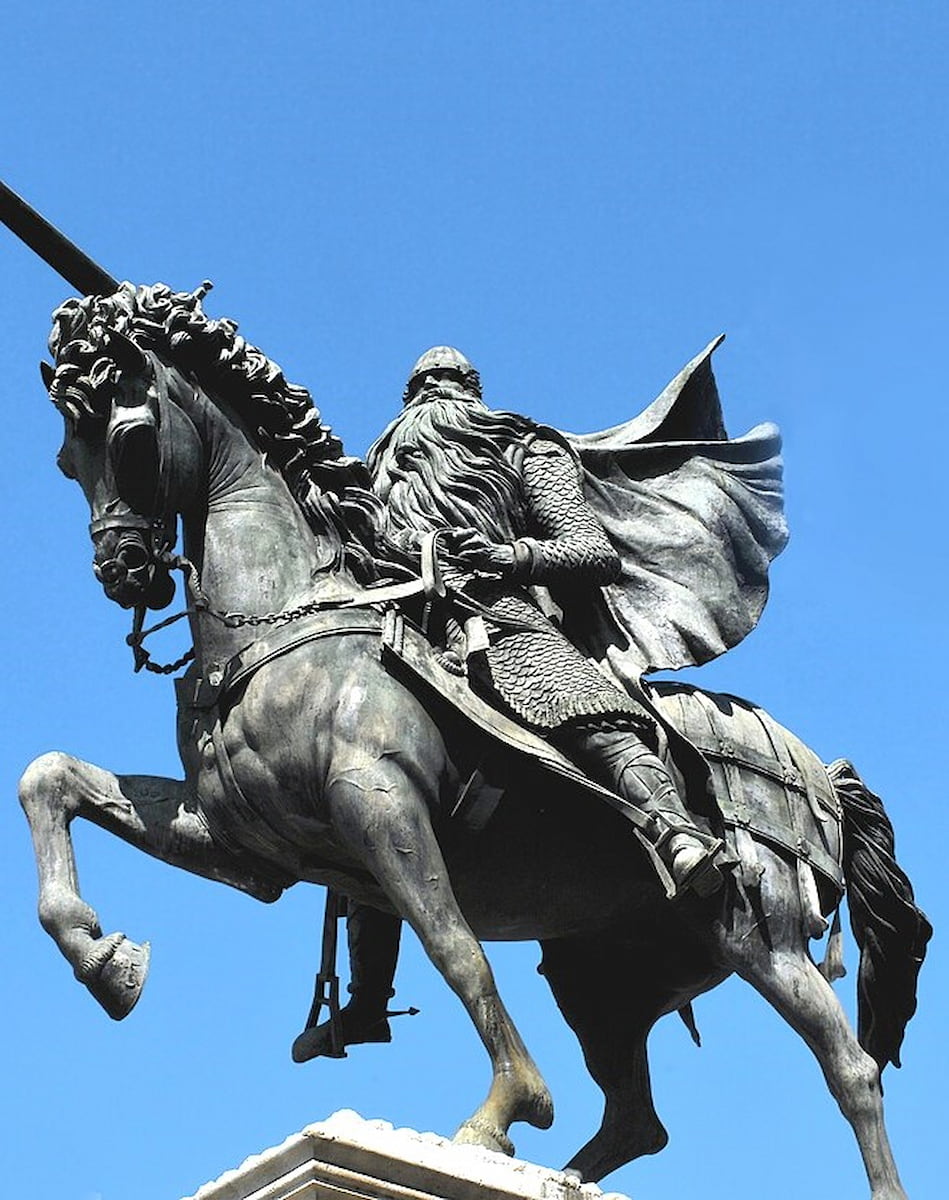
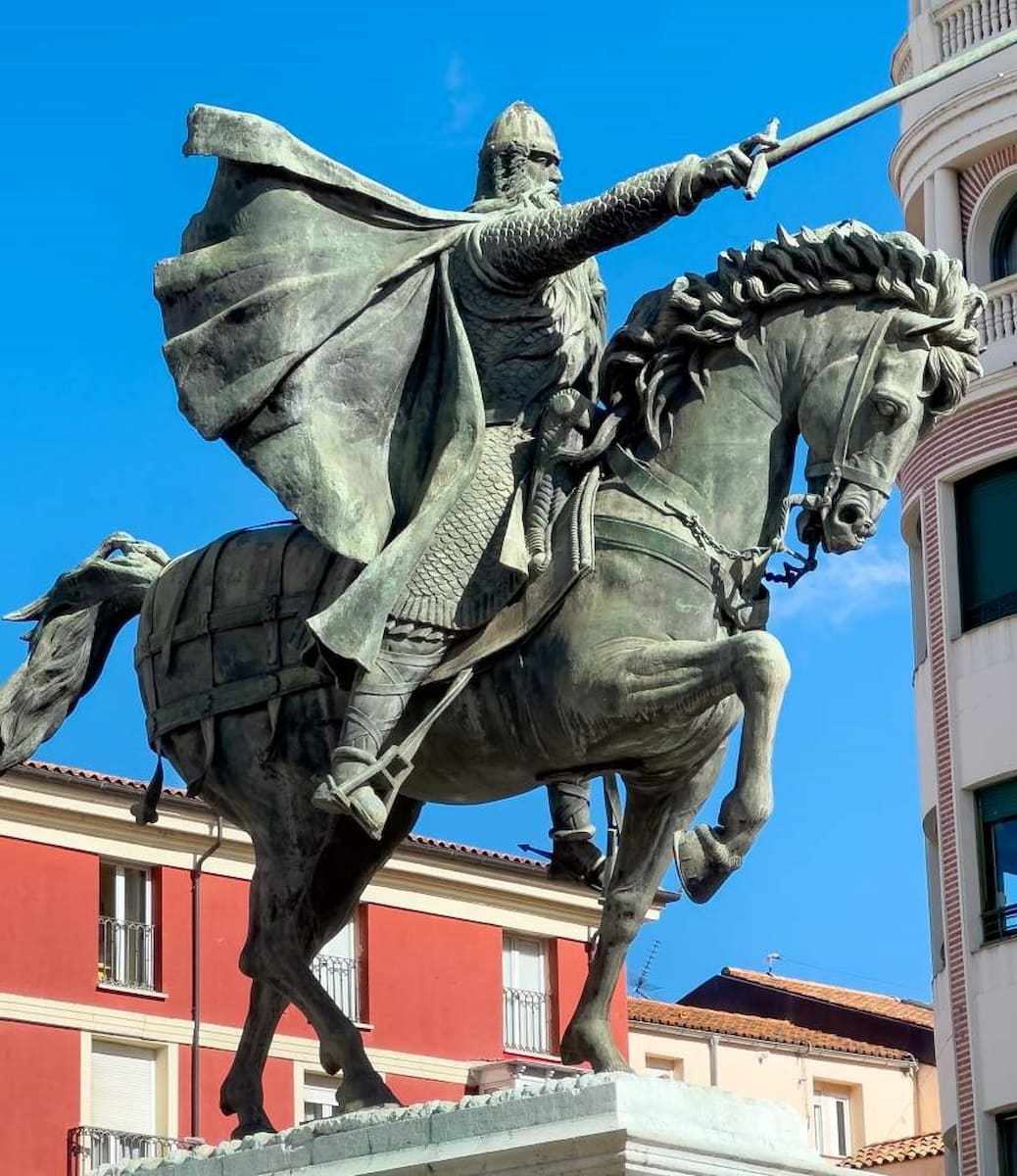
Interesting facts about El Cid:
- His nickname comes from the Arabic “sidi” meaning “lord”
- He served both Christian and Muslim rulers during the Reconquista
- His epic poem “Cantar de Mio Cid” is Spain’s earliest literary masterpiece
- He conquered and ruled Valencia until his death in 1099
- His sword “Tizona” is displayed in the Burgos Museum
Photo opportunities. The statue is positioned perfectly for photography, with the Arco de Santa María and cathedral visible in the background from certain angles. I found it particularly photogenic in late afternoon when the bronze gleams in the golden light.
| Best Photo Angles | What You’ll Capture | Time of Day |
|---|---|---|
| Front view | El Cid’s determined expression | Morning |
| Side view with arch | Statue + Arco de Santa María | Afternoon |
| From the bridge | Statue with river + cathedral | Late afternoon |
| Night shot | Illuminated statue | After 21:00 (summer) |
⭐ Best Activities
- Burgos Old Town Private Walking Tour – Enjoy a personalized experience of Burgos’ historic quarter with a private guide who will share fascinating stories about the city’s past. This tour allows you to discover hidden gems and major attractions at your own pace.
Things to Do in Burgos with Kids
1. Castillo de Burgos Exploration
Adventure fortress. Exploring Burgos Castle with children turned out to be an unexpected highlight of our family visit. My kids were thrilled by the “real castle” experience, climbing ancient walls and imagining medieval battles. The partially restored fortress offers the perfect balance of authentic ruins and safe exploration areas.
Interactive history. What made this visit special was how the castle brings history alive for young visitors. My children were fascinated by the scale model showing how the castle looked in its prime, and they loved exploring the underground tunnels that once served as escape routes during sieges.
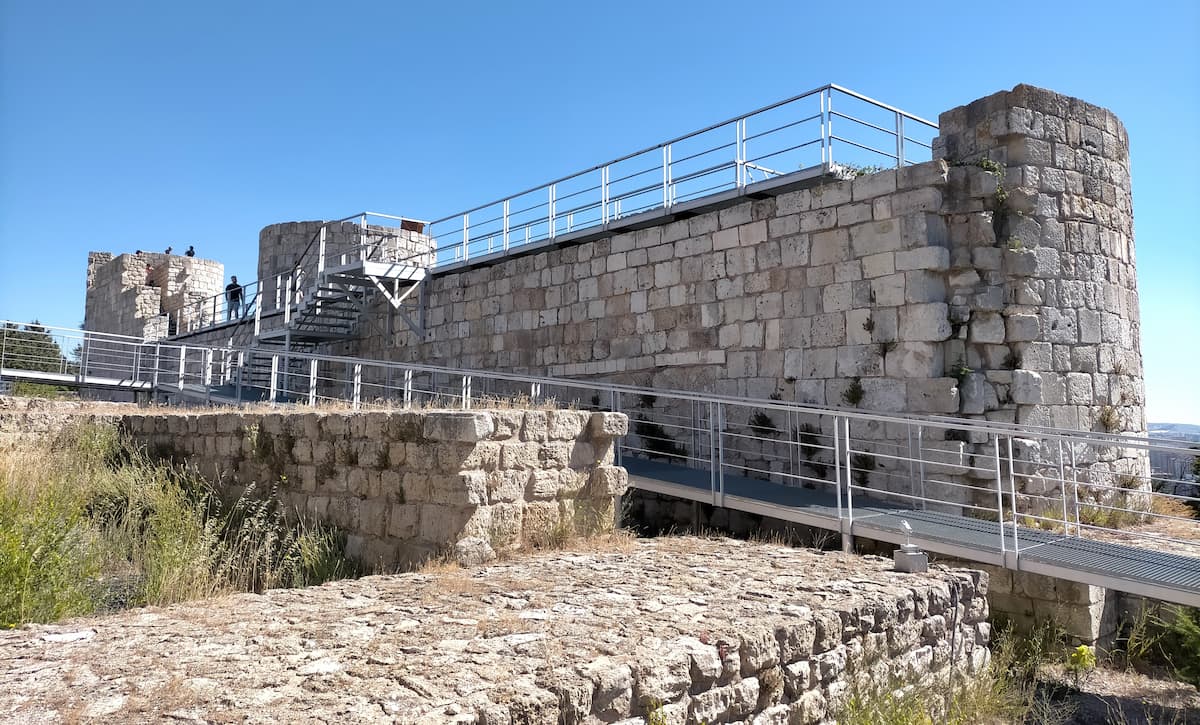
Kid-friendly activities:
- Castle scavenger hunt (pick up free activity sheets at entrance)
- Trying on replica helmets in the small museum
- Exploring the underground passages (well-lit and not claustrophobic)
- Counting the defensive towers around the perimeter
- Spotting landmarks from the viewpoints with provided guides
Practical information. Family tickets cost €9 for 2 adults and up to 3 children, representing good value compared to individual tickets. The castle is open Tuesday-Sunday, 11:00-14:30 and 16:30-19:30.
| Ticket Type | Price | Ages |
|---|---|---|
| Adult | €3.70 | 18+ |
| Child | €1.60 | 8-14 |
| Family | €9.00 | 2 adults + up to 3 children |
| Under 8 | Free | 0-7 |
Family tips. I recommend visiting in the morning when temperatures are cooler and energy levels higher. The climb up is manageable for most children 5+ (my 7-year-old managed fine). Bring water and snacks as there are no facilities inside. The castle visit pairs well with a picnic afterward in nearby Parque del Castillo.
2. Parque de la Isla Activities
Riverside recreation. Parque de la Isla provided the perfect break from sightseeing for my family. This beautiful park stretches along the Arlanzón River with wide paths, manicured gardens, and plenty of open space for children to run freely. My kids immediately made a beeline for the large playground with its varied equipment suitable for different ages.
Natural playground. What makes this park special is its blend of formal gardens and natural play spaces. Massive plane trees create shady spots for picnics, while open lawns invite impromptu ball games. We spent a delightful afternoon here watching ducks on the river and enjoying the peaceful atmosphere away from the tourist crowds.
Family-friendly features:
- Modern playground with climbing structures and swings
- Duck pond with feeding area (bring oats, not bread)
- Wide, traffic-free paths perfect for scooters or learning cyclists
- Seasonal flower displays with identification plaques
- Riverside café with kid-friendly menu options
| Season | Special Activities | Best Areas |
|---|---|---|
| Spring | Flower displays, bird watching | Central gardens |
| Summer | Outdoor reading corner, puppet shows | Shady northern section |
| Autumn | Leaf collecting, conker hunting | Tree-lined avenues |
| Winter | Duck feeding, winter walks | Southern sunny spots |
Parent tip. I appreciated the clean public restrooms near the playground and the small kiosk selling ice cream (€1.50-2.50) and drinks. We packed a picnic but noticed many local families enjoying the reasonably priced café (children’s menu €6.50). The park is easily accessible from the historic center via several pedestrian bridges.
Free Things to Do in Burgos
1. Walking Tour of Historic Center
Budget exploration. One of my favorite Burgos experiences cost absolutely nothing – wandering the atmospheric streets of the historic center. I created my own walking route connecting major landmarks and discovered hidden corners that aren’t in guidebooks. The compact old town is perfect for self-guided exploration.
Architectural showcase. What impressed me most was the variety of architectural styles visible within a small area. Medieval stone buildings stand alongside Renaissance palaces and Baroque churches. I particularly enjoyed spotting the decorative elements on façades – gargoyles, coats of arms, and ornate balconies.
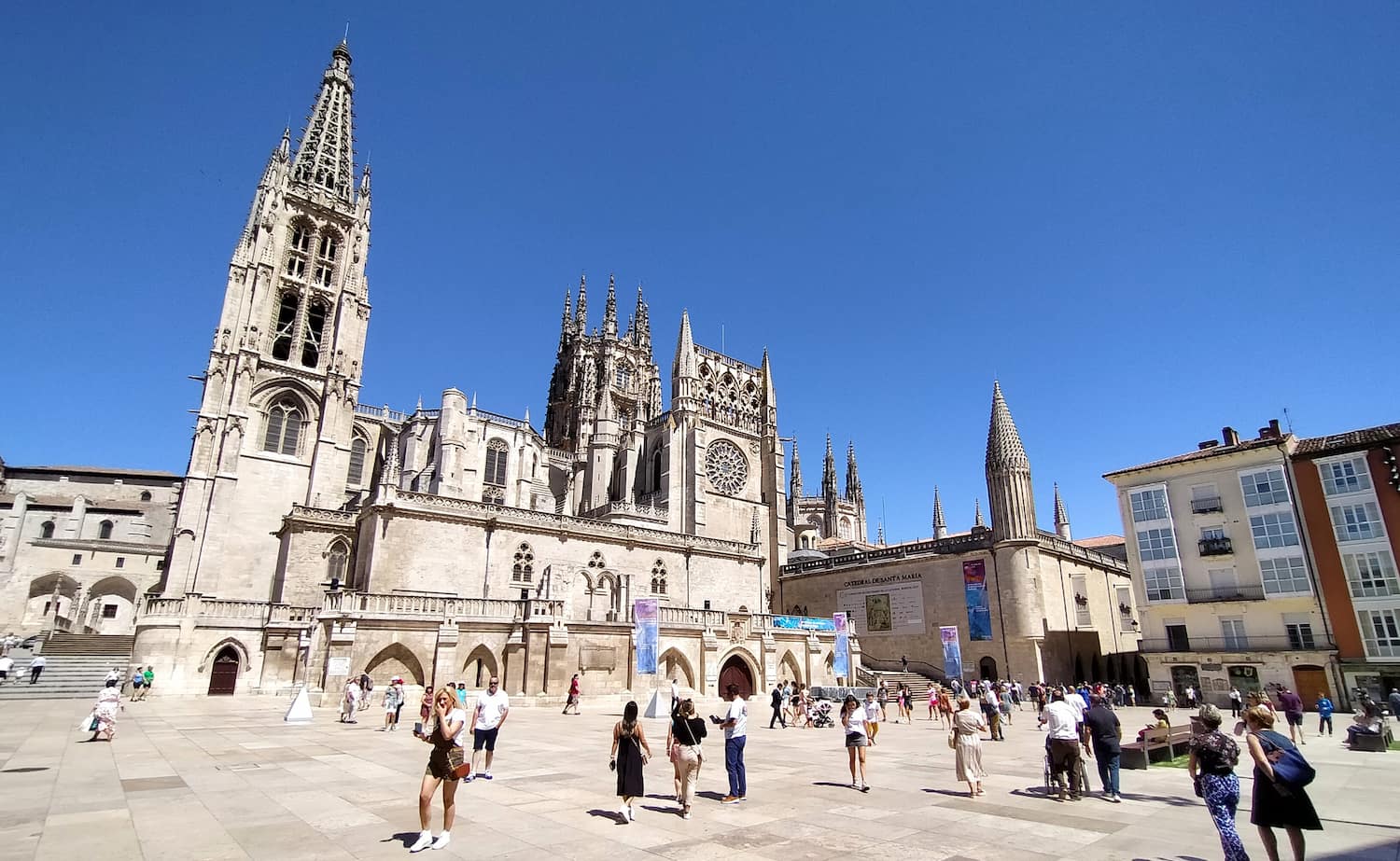
Self-guided route highlights:
- Start at Plaza Rey San Fernando (cathedral square)
- Continue to Plaza Mayor via Calle Paloma
- Explore the arcaded Plaza Mayor
- Head to Plaza de la Libertad
- Cross the river to Arco de Santa María
- Return via Plaza Mío Cid
Historical context. Many buildings feature informative plaques in Spanish and English, providing historical context without needing a paid guide. I learned fascinating details about Burgos’ role in Spanish history simply by reading these markers.
| Time Period | Area to Explore | Architectural Style |
|---|---|---|
| Medieval | Around Cathedral | Gothic |
| 15th-16th Century | Plaza Mayor | Renaissance |
| 17th-18th Century | Plaza de la Libertad | Baroque |
| 19th Century | Paseo del Espolón | Neoclassical |
Walking advice. I found early morning (before 10:00) ideal for photography without crowds. The historic center is pedestrianized, making for pleasant walking. Wear comfortable shoes as the streets are cobbled in many areas. The entire self-guided tour can be done in about 2 hours at a leisurely pace.
2. Exploring Arco de Santa Maria
Free monument. The Arco de Santa María quickly became one of my favorite free attractions in Burgos. This imposing medieval gate not only offers a magnificent photo opportunity from the outside but also houses free exhibitions inside. I was pleasantly surprised to discover the interior spaces are open to visitors at no cost.
Historical immersion. Walking through this 14th-century gate, I felt transported back to medieval Burgos when it served as the main entrance to the walled city. The gate was later redesigned in the 16th century to honor Emperor Charles V, with statues of notable figures from Burgos’ history adorning the façade.
What to see inside:
- The Sala de Poridad (former city council chamber)
- Temporary art exhibitions on the ground floor
- The small municipal museum with local artifacts
- Original architectural elements and stone carvings
- Informative panels explaining the gate’s history
Cultural significance. The gate represents Burgos’ historical importance as a powerful medieval city. I learned it was one of twelve gates in the city walls, though only a few remain today. The statues on the façade tell the story of Burgos’ heroes and founders.
| Figure | Identity | Historical Significance |
|---|---|---|
| Center top | Emperor Charles V | Ruled Spain during its Golden Age |
| Below emperor | Count Fernán González | Founder of independent Castile |
| Left side | El Cid Campeador | Legendary military leader |
| Right side | Diego Porcelos | Founder of Burgos |
| Lower tier | Judges of Castile | Early medieval rulers |
Visitor advice. Open Tuesday-Saturday 11:00-14:00 and 17:00-19:30, Sundays 11:00-14:00, closed Mondays. I found weekday mornings quietest. While the exhibitions change regularly, the architectural features alone make it worth visiting. The gate is beautifully illuminated at night, offering a different perspective for evening photography.
3. Strolling Along Paseo del Espolón
Riverside elegance. The Paseo del Espolón quickly became my favorite place to unwind in Burgos. This beautiful tree-lined promenade along the Arlanzón River dates back to the 18th century and serves as the city’s social heart. I joined locals for the traditional evening paseo (stroll), a delightful Spanish custom that costs nothing but delivers rich cultural insights.
Natural beauty. What makes this walk special is the perfect combination of natural and architectural elements. Centuries-old plane trees create a shaded canopy over the walkway, while ornamental gardens, fountains, and sculptures add artistic touches. The river provides a peaceful soundtrack to your stroll.
Points of interest along the way:
- The Four Seasons statues by sculptor Joaquín Lucarini
- The central bandstand where free concerts are often held
- The Neoclassical Teatro Principal building
- The statue of El Cid at the eastern entrance
- The various ornamental gardens with seasonal plantings
People-watching paradise. The paseo offers Burgos’ best people-watching opportunities. I observed families with children, elderly couples arm-in-arm, and teenagers socializing – a cross-section of local life rarely seen in tourist-focused areas.
| Time of Day | Atmosphere | Best For |
|---|---|---|
| Morning (8:00-10:00) | Quiet, locals exercising | Photography, peaceful walk |
| Midday (12:00-14:00) | Busy with shoppers | People-watching, café stops |
| Evening (19:00-22:00) | Lively social scene | Joining locals, pre-dinner stroll |
| Night | Romantically lit | Evening atmosphere |
4. Visiting Plaza Mayor
Historic heart. Plaza Mayor captivated me with its elegant arcaded buildings and lively atmosphere. This central square has been Burgos’ social and commercial hub since medieval times, though the current buildings date mostly from the 18th century. I loved how the uniform façades create a harmonious architectural ensemble.
Cultural hub. The plaza hosts many free events throughout the year, from concerts to markets. Even without planned activities, the square buzzes with energy, especially during the evening paseo hours.
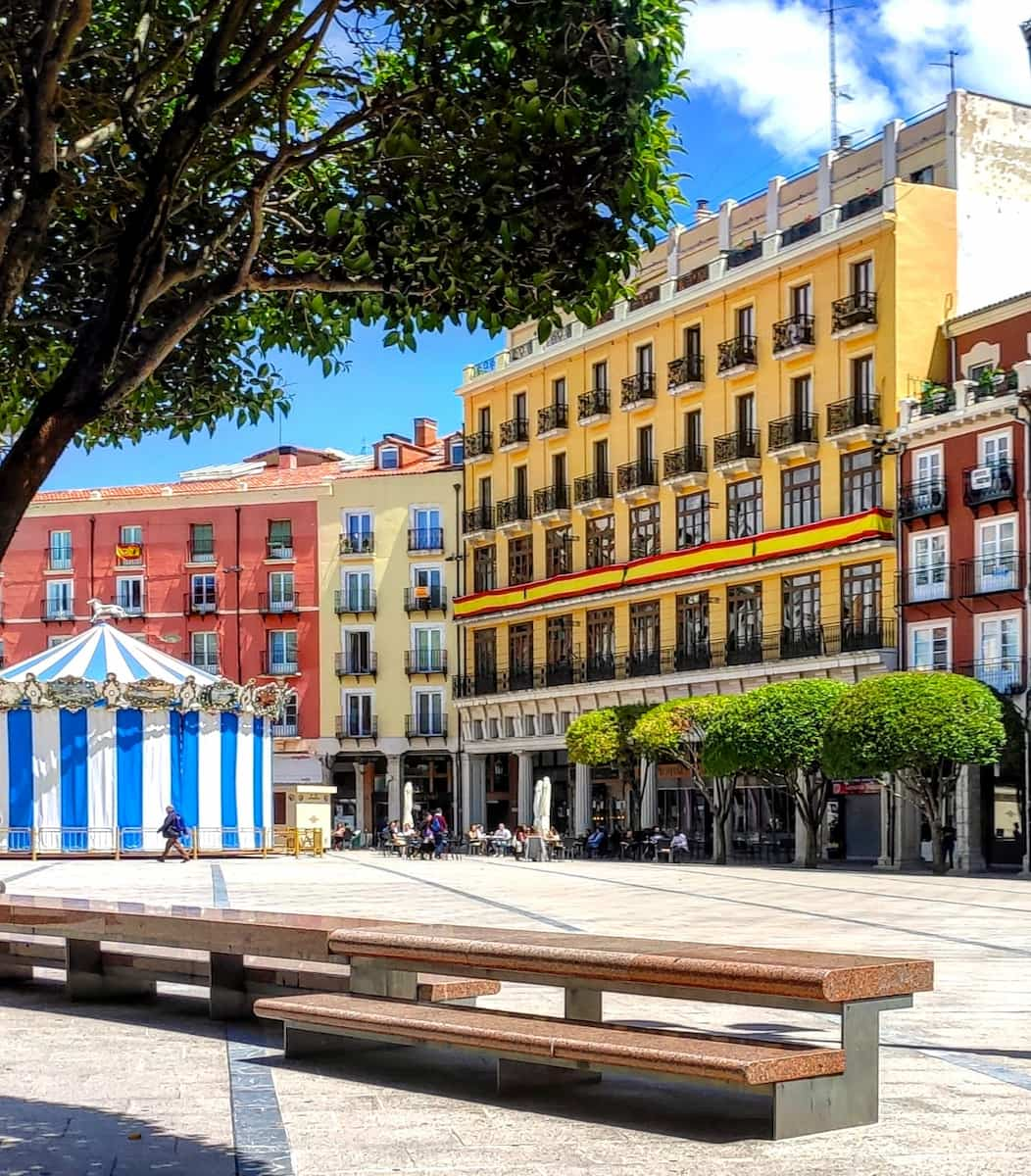
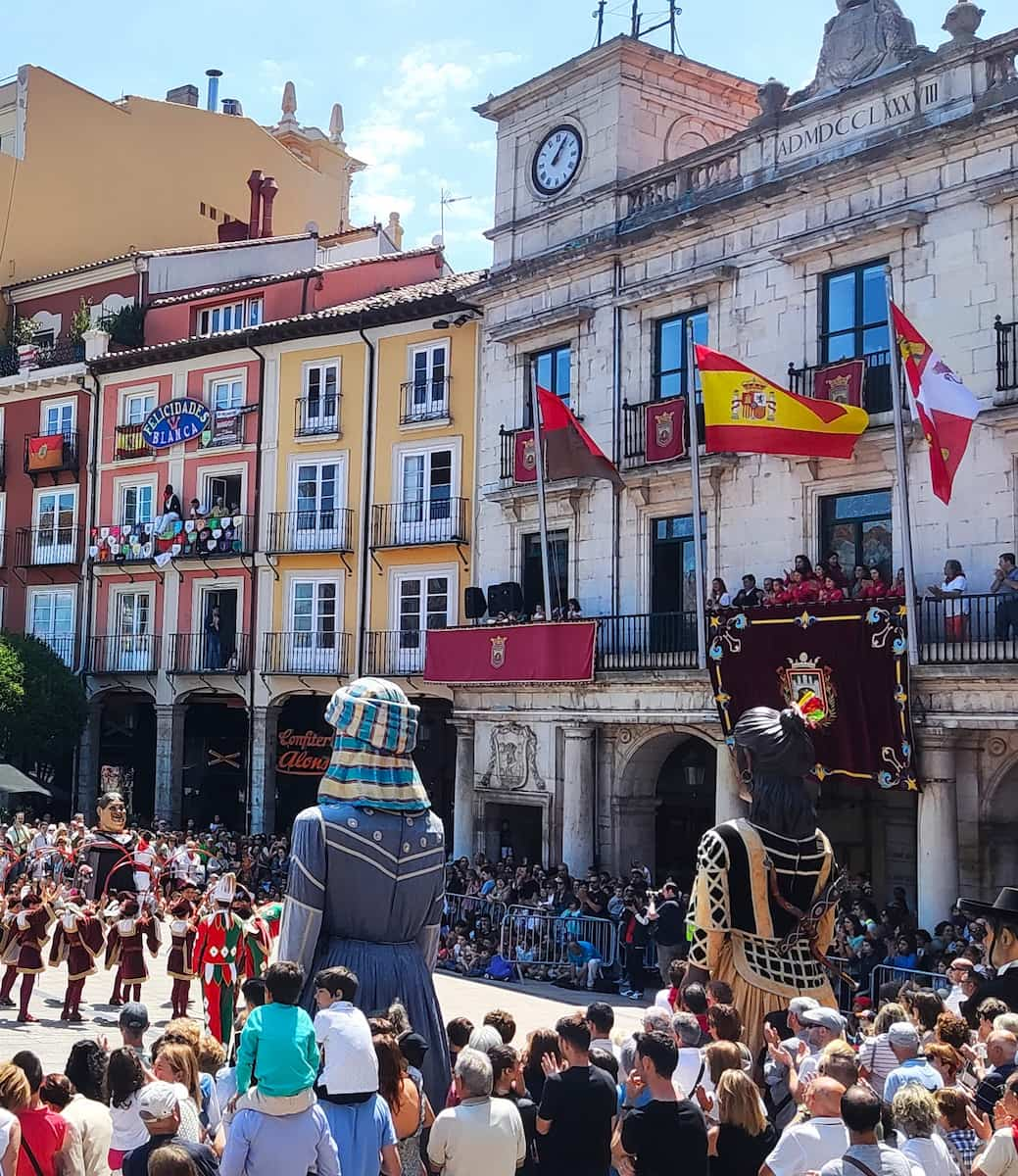
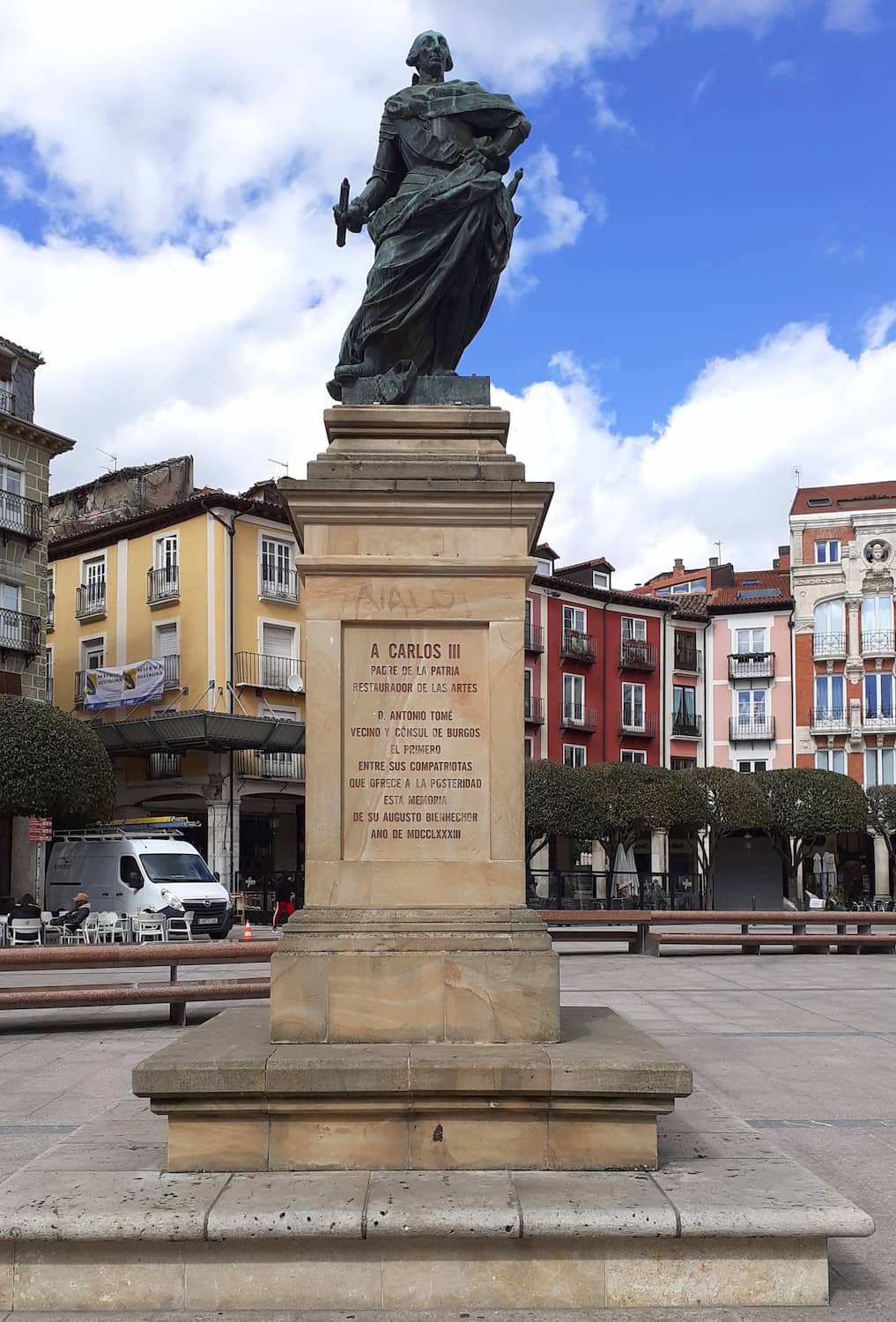

Architectural elements to notice:
- The consistent three-story buildings with arcaded ground floors
- The decorative balconies perfect for watching public events
- The central fountain added in the 19th century
- The clock tower of the Ayuntamiento (City Hall)
- The contrasting modern glass elements of renovated buildings
| Day | Activity | Best Time |
|---|---|---|
| Tuesday & Friday | Small market stalls | Morning |
| Saturday | Buskers and street performers | Afternoon |
| Sunday | Families and relaxed atmosphere | All day |
| Summer evenings | Outdoor café culture | After 20:00 |
Visitor tip. I discovered the best views of the plaza come from the upper floors of the cafés along the northern side. For the price of a coffee (around €1.50), you can sit on a balcony overlooking the square. The plaza is particularly magical during December when the Christmas market and decorations transform the space.
5. Enjoying Mirador del Castillo Views
Free panoramas. The Mirador del Castillo viewpoint offered me the most spectacular vistas of Burgos without spending a euro. Located on the hillside below the castle, this series of viewing platforms provides sweeping panoramas of the cathedral, historic center, and surrounding countryside that would rival any paid attraction.
Photography heaven. What makes this spot special is how it frames the entire city in one magnificent view. I captured stunning photos of the cathedral spires rising above the old town rooftops, with the Arlanzón River creating a silver ribbon through the landscape. The changing light throughout the day creates different moods and highlights.
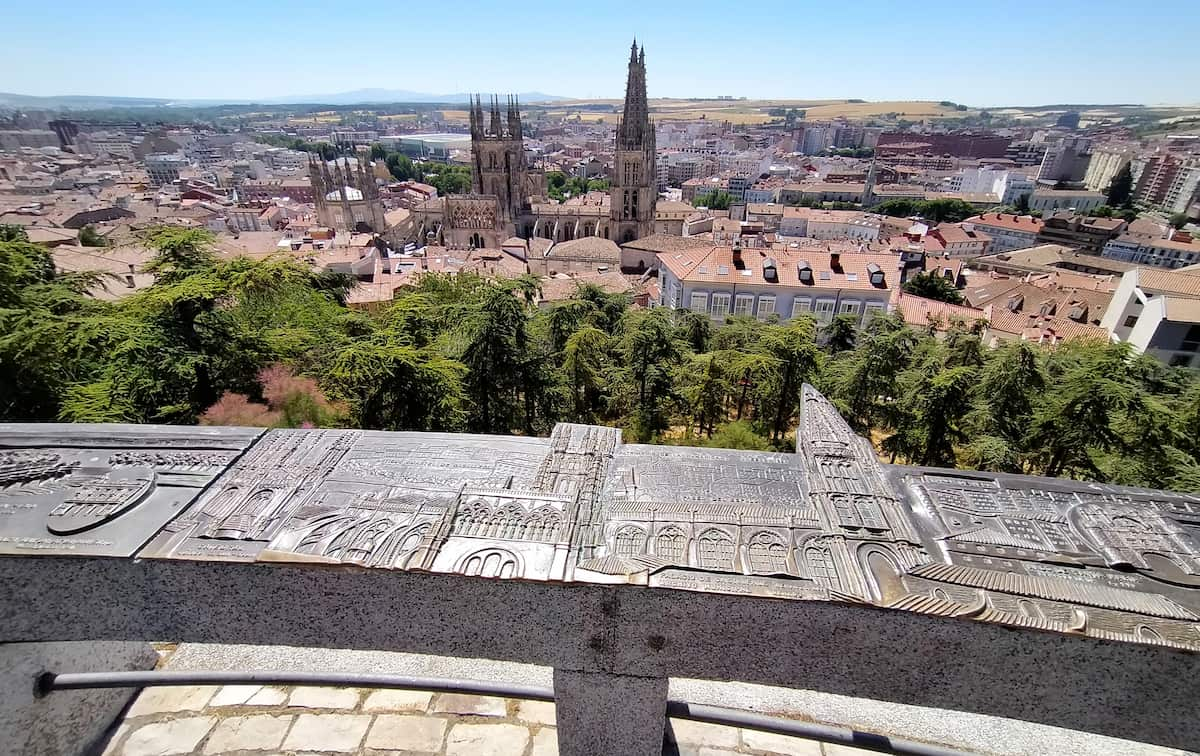
Best viewpoints to discover:
- The main castle-facing platform with information panels
- The eastern viewpoint capturing the cathedral and old town
- The western lookout showing the city’s modern expansion
- The tree-shaded benches perfect for contemplation
- The small chapel ruins offering unique framing opportunities
Seasonal perspectives. Each season transforms the view in distinctive ways, making repeat visits worthwhile.
| Season | Visual Highlights | Atmospheric Conditions |
|---|---|---|
| Spring | Green riverbanks, flowering trees | Clear morning light |
| Summer | Lush parks, outdoor activities | Golden evening light |
| Autumn | Changing foliage, misty mornings | Dramatic cloud formations |
| Winter | Snow-dusted cathedral, crisp outlines | Exceptional clarity on cold days |
Visitor advice. The climb from the cathedral takes about 20-25 minutes on foot via a well-marked path. I found the effort entirely worthwhile, though those with mobility issues should consider taking a taxi to the castle parking area and walking the short distance to the viewpoint. Bring water and perhaps a small snack to enjoy while taking in the views.
Seasonal Activities in Burgos
1. International Folk Festival (Third week of July)
Cultural celebration. The International Folk Festival transformed Burgos during my summer visit, filling the streets with music, dance, and colorful traditional costumes from around the world. Held annually during the third week of July, this vibrant festival has been running since 1976 and attracts performing groups from dozens of countries.
Global performances. What makes this festival special is its authentic representation of world cultures. I watched mesmerizing performances ranging from Mexican folk dancing to Russian choirs and African drumming ensembles. The main stage in Plaza Mayor hosts the headline acts, but smaller performances pop up throughout the historic center.
Festival highlights:
- Opening parade through the historic center (July 15)
- Daily performances in Plaza Mayor (17:00 and 22:00)
- Workshop demonstrations of traditional crafts
- International food market in Plaza España
Practical information. Most performances are completely free, though the gala shows at Teatro Principal require tickets (€5-15 depending on seating). The festival typically runs for 5-7 days in mid-July.
| Venue | Type of Performance | Time | Price |
|---|---|---|---|
| Plaza Mayor | Main outdoor concerts | 17:00 & 22:00 | Free |
| Teatro Principal | Gala performances | 20:00 | €5-15 |
| Plaza España | Food and craft market | 11:00-23:00 | Free entry |
| Street stages | Impromptu performances | Throughout day | Free |
Festival tips. I found arriving 30 minutes early essential for good viewing spots at the Plaza Mayor performances. The evening shows (22:00) offer the most spectacular displays but also draw the largest crowds. For a more intimate experience, I enjoyed the afternoon performances and workshops where you can interact with the performers.
2. Summer Evening Concerts at Plaza Mayor
Musical nights. During summer months, Plaza Mayor comes alive with the sound of music during the “Noches de Música” concert series. I stumbled upon these performances during my evening stroll and was delighted to discover high-quality free entertainment in such a beautiful setting. The arcaded square creates perfect acoustics for everything from classical to jazz.
Diverse programming. What impressed me most was the variety of musical styles represented. One evening featured a classical string quartet, while the next offered a lively flamenco fusion group. The concerts typically begin around 21:30 when the day’s heat has subsided and continue until around 23:00.
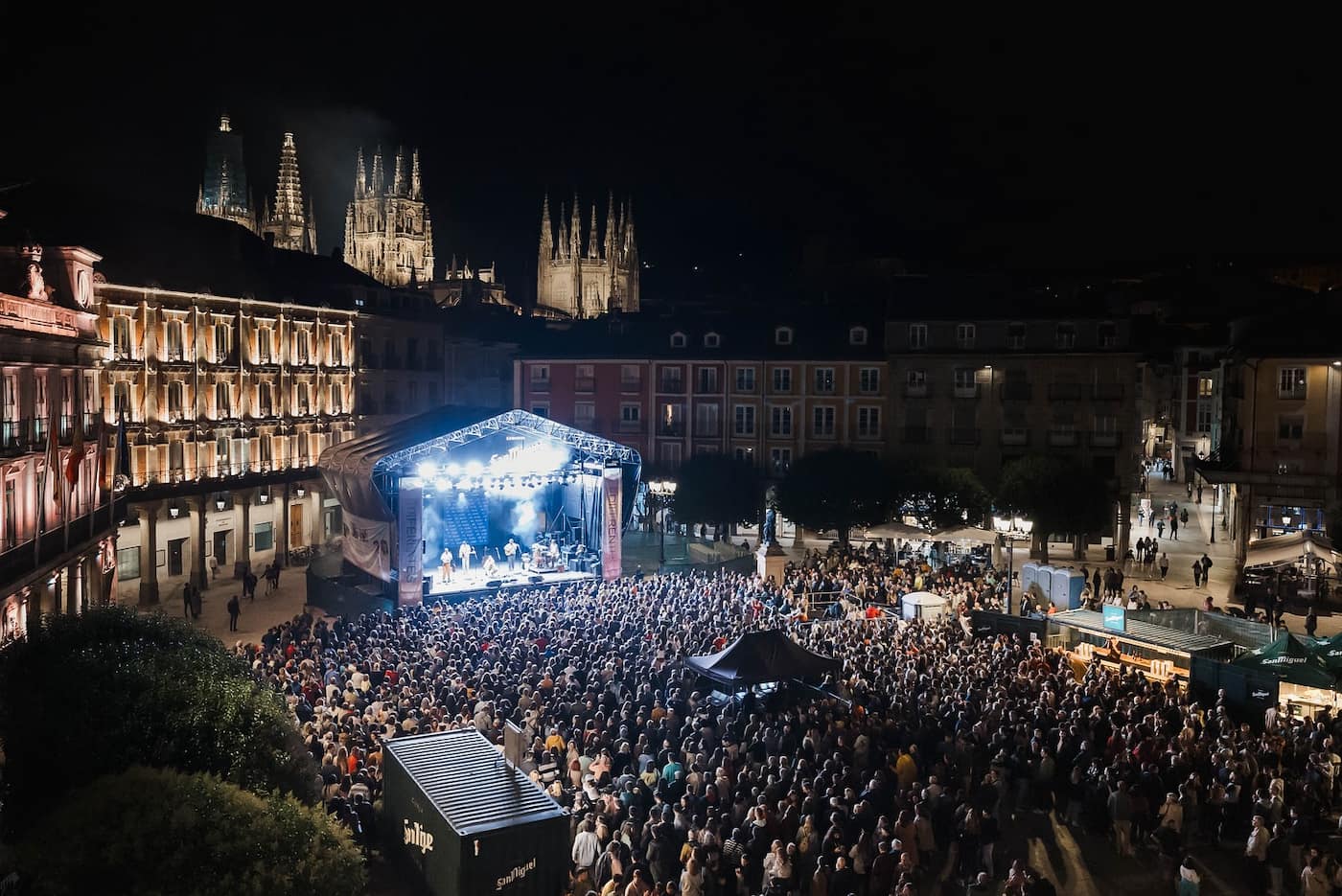
Concert series schedule:
- Tuesdays: Classical music (chamber ensembles, soloists)
- Thursdays: Jazz and blues performances
- Saturdays: Spanish traditional music (flamenco, folk)
- Special dates: International guest performers
Atmospheric setting. The plaza’s historic buildings are beautifully illuminated during evening concerts, creating a magical backdrop for the performances. Temporary seating is set up, though many people simply stand around the perimeter or enjoy the music from café terraces.
| Month | Concert Frequency | Start Time | Special Events |
|---|---|---|---|
| June | Weekends only | 21:30 | Opening gala (first Saturday) |
| July | Tuesday, Thursday, Saturday | 22:00 | Festival collaborations |
| August | Every evening except Monday | 22:00 | International artists week |
| September | Weekends only | 21:00 | Closing performance |
Visitor advice. While the concerts are free, the café terraces around the plaza charge slightly higher prices during performances. I found it worth paying €3-4 for a drink to secure a comfortable seat with a good view. Alternatively, bring a small cushion to sit on the steps around the plaza. The concerts rarely cancel due to weather as the stage is covered.
3. Spring Pilgrimages on Camino de Santiago
Pilgrim season. Spring brings Burgos to life with pilgrims walking the famous Camino de Santiago (Way of St. James). As a major stop on this ancient pilgrimage route, the city fills with travelers from around the world between April and June. I joined this seasonal flow for a day, walking into Burgos along the marked pilgrim path for a unique perspective on the city.
Cultural exchange. What makes this experience special is the international community that forms along the route. I met pilgrims from Germany, South Korea, Brazil, and Australia all sharing the same path. The pilgrim hostels (albergues) and special pilgrim menus at restaurants create a distinctive atmosphere you won’t find during other seasons.
Pilgrim activities in Burgos:
- Pilgrim blessing ceremony at the Cathedral (daily at 19:30)
- Credential stamping at historic monuments
- Camino information center in Casa del Cubo
- Pilgrim Mass with botafumeiro (incense burner)
- Communal dinners at albergues
Practical information. Even non-pilgrims can experience aspects of the Camino culture. I purchased a pilgrim credential (€2) from the cathedral office and collected stamps at various monuments, creating a meaningful souvenir.
| Pilgrim Resource | Location | Service | Cost |
|---|---|---|---|
| Pilgrim Office | Casa del Cubo | Information, credentials | Free |
| Municipal Albergue | C/ Fernán González | Accommodation | €5/night |
| Cathedral | Pilgrim’s Mass | Daily blessing | Free |
| Pilgrim Menu | Various restaurants | 3-course meal with wine | €10-12 |
Seasonal advice. Early May offers the perfect balance of good weather and moderate pilgrim numbers. By late June, the route becomes quite crowded. I enjoyed walking the final 5km into Burgos along the official Camino route (marked with yellow arrows and scallop shells) for an authentic pilgrim experience without committing to the entire journey.
4. Autumn Wine Tastings in Ribera del Duero
Harvest celebrations. Autumn transformed my Burgos visit with the excitement of grape harvest season in the nearby Ribera del Duero wine region. From late September through October, the city hosts special wine events celebrating the new vintage. I joined a tasting session at Casa del Cordón where local winemakers presented their finest creations.
Vinicultural immersion. What makes this season special is the focus on wine as both cultural heritage and living tradition. I learned about the region’s distinctive tempranillo grapes and how the unique climate creates wines of exceptional character. The passion of the producers was infectious as they described their family vineyards.
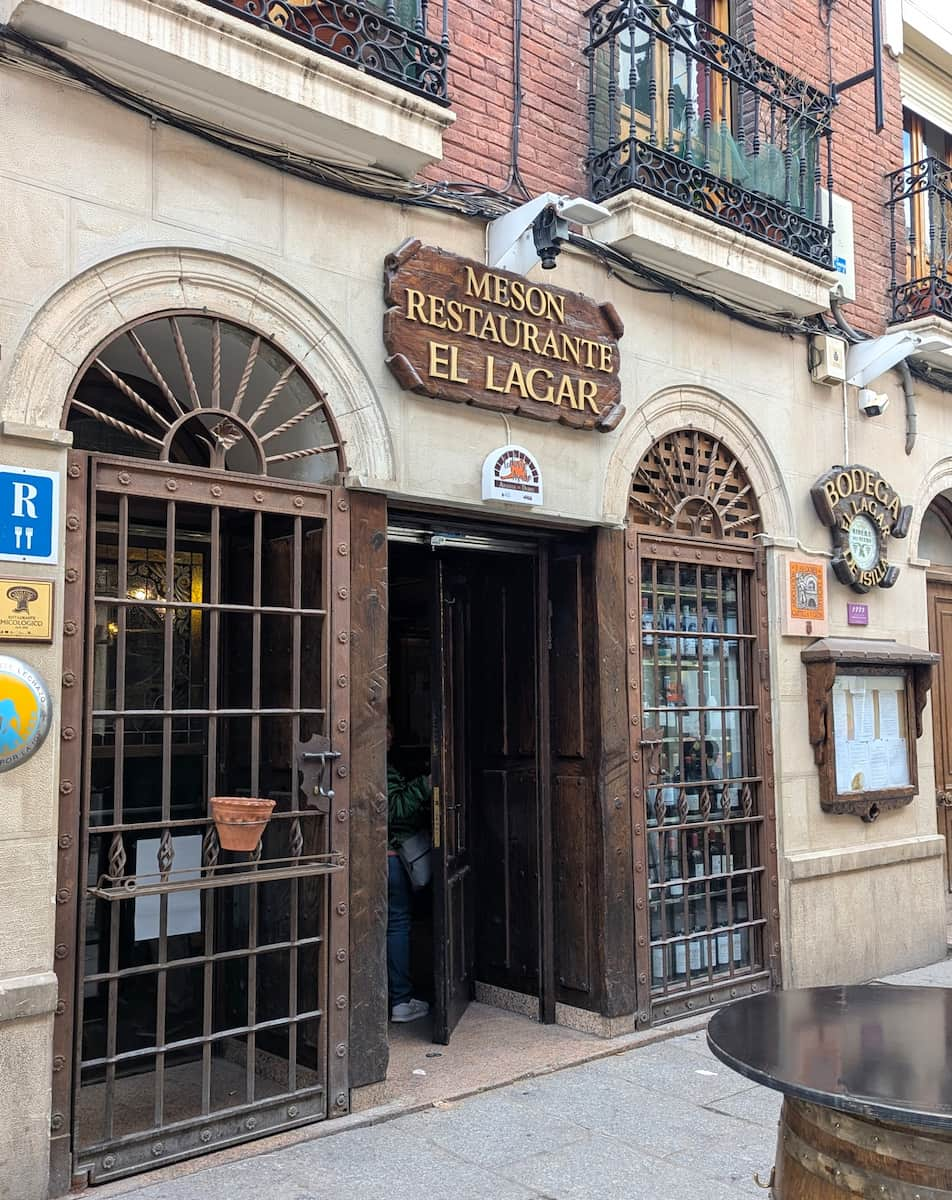
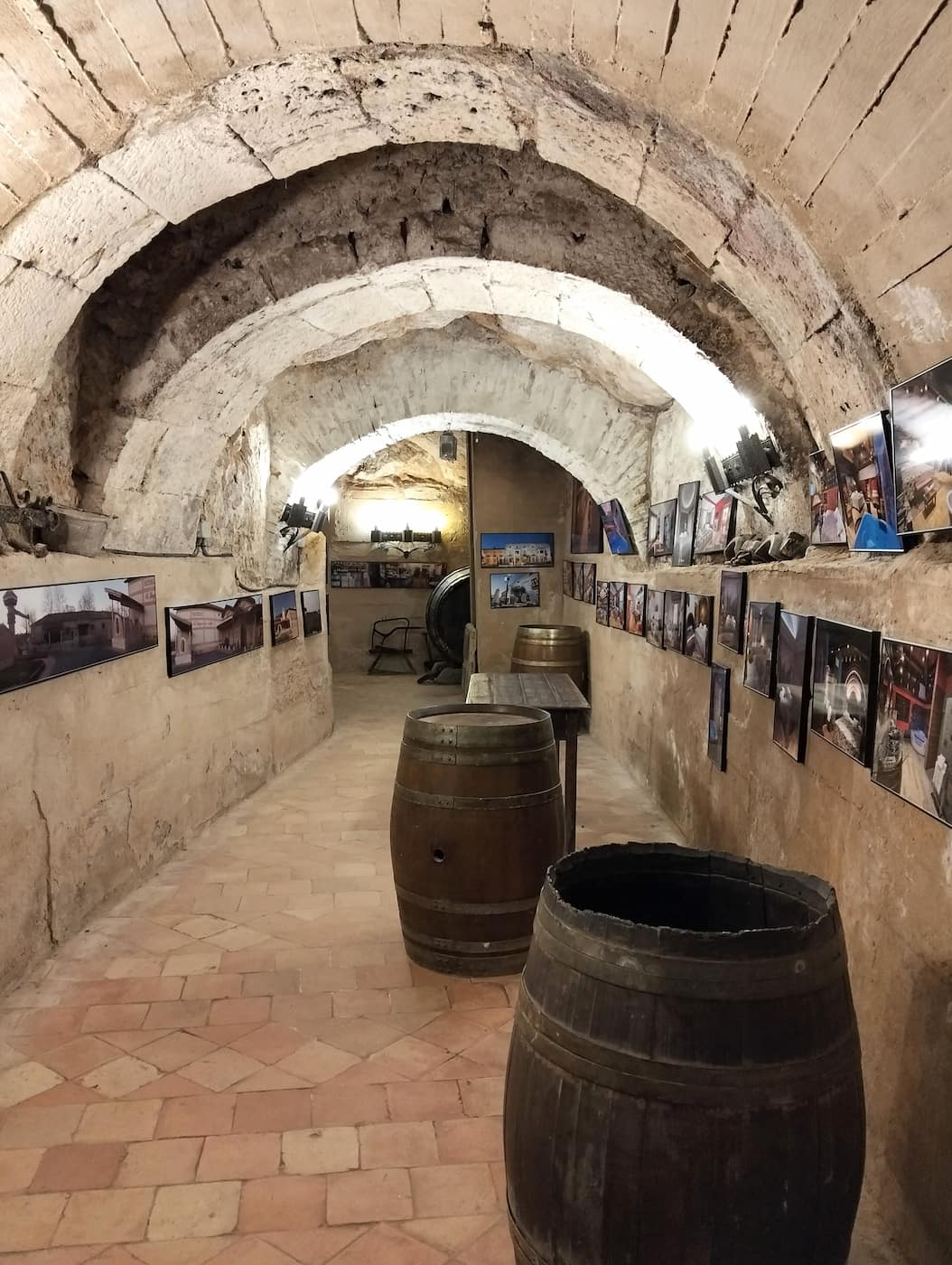
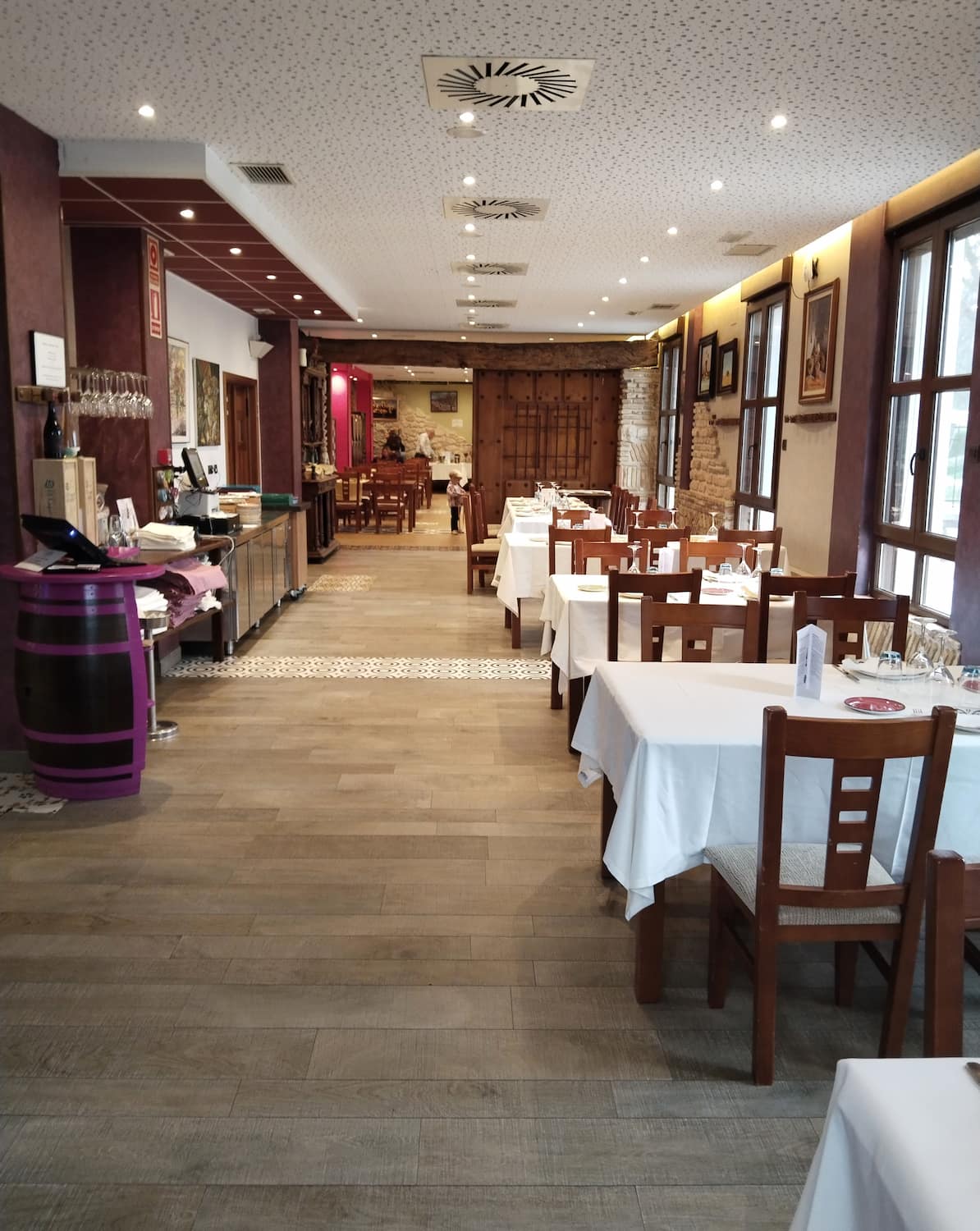
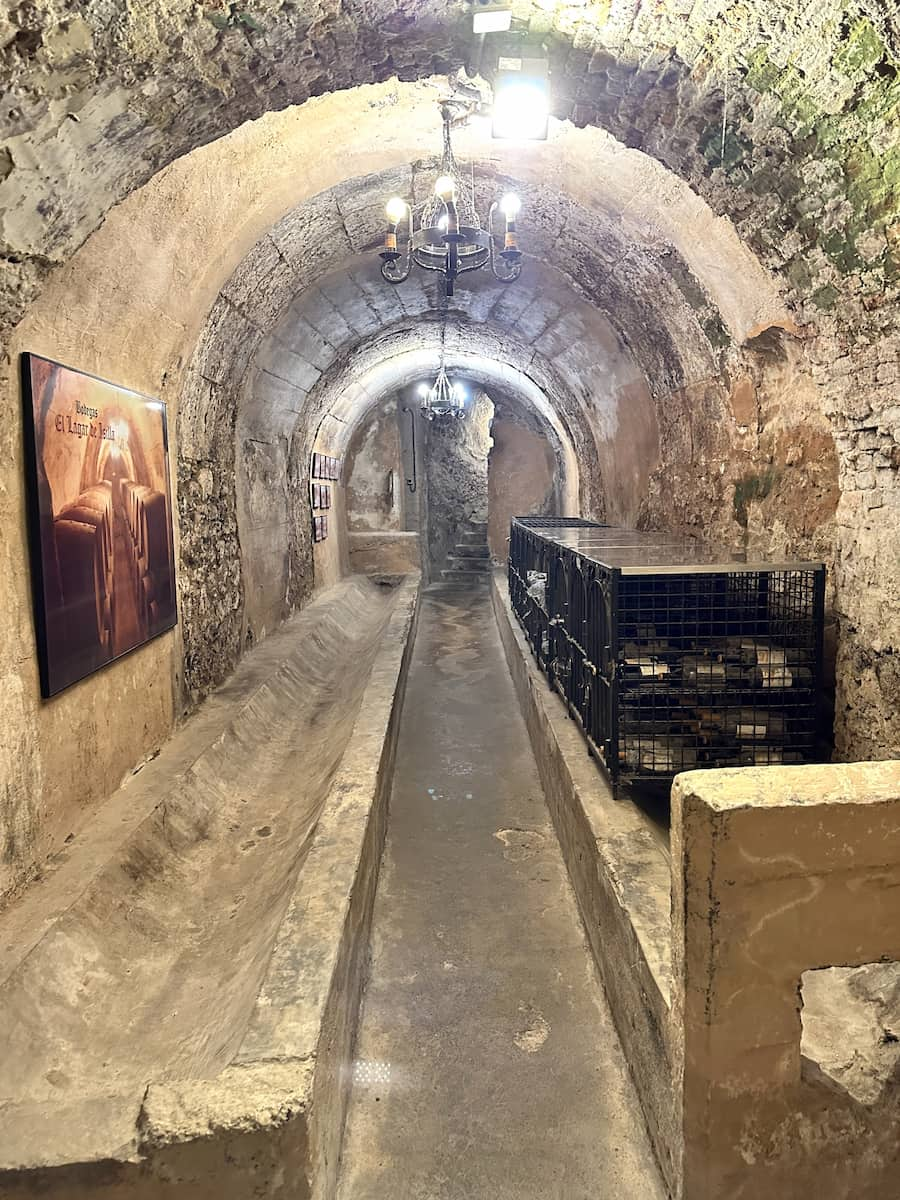
Seasonal wine activities:
- Weekend wine markets in Plaza España
- Guided tastings at specialized wine bars
- Harvest festivals in nearby villages
- Special winery tours with the winemakers
- Wine pairing menus at local restaurants
Tasting opportunities. Even without leaving Burgos, I found numerous venues offering special autumn wine experiences.
| Venue | Experience | Price | Reservation Needed |
|---|---|---|---|
| El Lagar de Isilla | 5-wine flight with tapas | €15 | Recommended |
| Vinoteca El Compás | Winemaker meet & greet | €20 | Required |
| Mesón del Cid | Harvest menu with pairings | €35 | Required |
| Plaza España market | Walk-up tastings | €2-5 per glass | No |
Visitor advice. I found weekday evenings ideal for wine tastings as the venues were less crowded than weekends. Most tastings begin around 19:00, perfect for the Spanish pre-dinner hour. For the full experience, I recommend the combined tasting and dinner options that many restaurants offer during this season, typically featuring game meats that pair beautifully with the robust local reds.
5. Winter Illuminations at the Cathedral
Festive splendor. Winter in Burgos brought an unexpected delight – the spectacular illumination of the cathedral and historic center. From early December through January 6 (Epiphany), the Gothic masterpiece is transformed each evening with sophisticated lighting that highlights its architectural details. I stood mesmerized in Plaza Rey San Fernando as the façade came alive with subtle color changes.
Artistic lighting. What makes this display special is its artistic sensitivity – rather than garish colors, the lighting enhances the cathedral’s Gothic features with warm whites and subtle golds. The spires, statues, and intricate stonework appear almost ethereal when illuminated against the night sky.
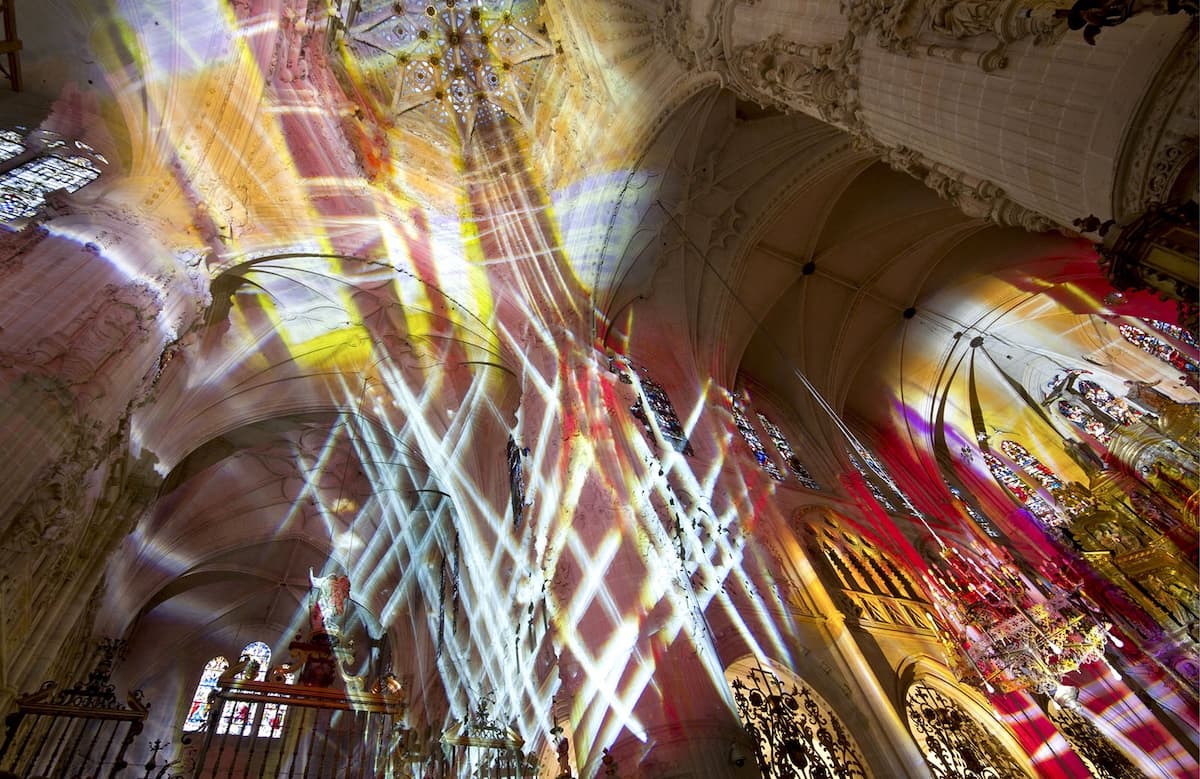
Winter illumination highlights:
- Cathedral façade light show (every 30 minutes from 18:00-22:00)
- Arco de Santa María projection mapping
- Illuminated path along Paseo del Espolón
- Plaza Mayor Christmas tree and decorations
- River bridges with festive lighting
Seasonal atmosphere. The illuminations coincide with other winter activities that create a magical atmosphere throughout the historic center.
| Location | Illumination Type | Best Viewing Time | Special Features |
|---|---|---|---|
| Cathedral | Architectural lighting | 19:00-21:00 | Synchronized music at 19:00, 20:00, 21:00 |
| Plaza Mayor | Christmas market & tree | 17:00-22:00 | Artisan stalls open until 21:00 |
| Paseo del Espolón | Light tunnels & displays | 18:00-23:00 | Interactive light elements |
| Arco de Santa María | Projection mapping | Every hour on the hour | 5-minute historical show |
Winter visitor tip. I found the illuminations most magical on clear, cold nights when the air is crisp and stars visible above the lit cathedral. Temperatures often drop below freezing, so dress very warmly. The café in Hotel NH Collection Palacio de Burgos offers panoramic cathedral views through glass walls – perfect for enjoying the light show with a hot chocolate (€4) in comfort.
Day Trips from Burgos
1. Atapuerca Archaeological Site
Prehistoric wonder. Just 15km east of Burgos, I discovered the fascinating Atapuerca Archaeological Site, a UNESCO World Heritage treasure that changed our understanding of human evolution. This complex of limestone caves has yielded the oldest human remains in Western Europe, dating back an astonishing 1.2 million years.
Key areas to visit:
- The Sima de los Huesos (Pit of Bones) excavation
- The Gran Dolina site with earliest European human remains
- The Galería complex with evidence of hunting activities
- The Experimental Archaeology area with prehistoric techniques
- The visitor center with original fossils and artifacts
| Option | Includes | Price | Duration |
|---|---|---|---|
| Basic tour | Guided visit to sites | €6 | 90 minutes |
| Complete experience | Transport, sites, museum | €18 | Full day |
| Archaeological park only | Self-guided visit | €4 | Flexible |
| Group rate (15+) | Guided visit | €5/person | 90 minutes |
Visitor advice. I recommend the combined ticket with morning transport from Burgos (departs 10:00 from the Museum of Human Evolution), followed by the site visit, and return to Burgos to explore the museum in the afternoon. Wear comfortable shoes and bring sun protection as the sites are exposed with little shade. Photography is permitted but tripods are not allowed at the excavation areas.
2. Monasterio de Santo Domingo de Silos
Gregorian sanctuary. About 60km southeast of Burgos, I discovered the peaceful Monasterio de Santo Domingo de Silos, famous worldwide for its monks’ Gregorian chant recordings. This Benedictine monastery founded in the 7th century offers a perfect spiritual retreat from urban sightseeing. The moment I stepped into the cloister, I felt transported to a different time.
Architectural treasure. What makes this monastery exceptional is its Romanesque cloister, considered one of the finest in Europe. I spent nearly an hour examining the intricate capitals depicting biblical scenes, mythical creatures, and plant motifs. The double columns and detailed relief work showcase medieval craftsmanship at its finest.
Monastery highlights:
- The two-story Romanesque cloister with 11th-century capitals
- The Santo Domingo Museum with medieval manuscripts
- The Pharmacy Museum displaying ancient medicinal herbs
- The Monastery Church with its modern altar
- The gift shop selling the monks’ famous chant recordings
Spiritual experience. The highlight of my visit was attending the monks’ Gregorian chant service, a tradition maintained for centuries. The pure, ethereal voices filling the church created an unforgettable moment of tranquility.
| Service | Time | Duration | Notes |
|---|---|---|---|
| Lauds | 07:30 | 25 min | Morning prayer |
| Mass | 09:00 | 45 min | With Gregorian chant |
| Sext | 13:00 | 15 min | Midday prayer |
| Vespers | 19:00 | 30 min | Evening prayer (most popular) |
| Compline | 21:30 | 20 min | Night prayer |
Travel advice. I rented a car for this day trip (approximately €50), as public transportation is limited. The drive takes about 1 hour through beautiful countryside. The monastery is open Tuesday-Saturday 10:00-13:00 and 16:30-18:00, Sundays 10:00-13:00 only. Entry costs €3.50 for adults, with guided tours available in Spanish (English tours by advance arrangement). Plan your visit around the vespers service at 19:00 for the full experience.
3. Bodegas Portia Winery
Architectural vineyard. Just 95km south of Burgos in the heart of Ribera del Duero wine country, I discovered Bodegas Portia, a stunning winery designed by renowned architect Norman Foster. The building itself is worth the trip – a star-shaped structure that blends seamlessly into the landscape while housing ultra-modern winemaking facilities.
Wine experience. What makes Portia special is the combination of cutting-edge design with traditional winemaking techniques. My guided tour explained how the building’s three-pointed star design facilitates the gravity-flow winemaking process, eliminating the need for mechanical pumping and preserving the quality of the grapes.
Tour highlights:
- The dramatic central reception area with views of the production floors
- The underground aging cellars with thousands of oak barrels
- The gravity-flow production system explanation
- The vineyard tour showing different tempranillo clones
- The tasting room with panoramic views of the vineyards
Tasting options. The winery offers several tasting experiences depending on your interest level and budget.
| Experience | Includes | Price | Duration |
|---|---|---|---|
| Basic Tour | Facility tour + 2 wines | €15 | 90 minutes |
| Premium Tasting | Tour + 4 wines with tapas | €25 | 2 hours |
| Harvest Experience | Tour + grape picking + lunch | €60 | 4 hours |
| VIP Tasting | Private tour + barrel tasting + lunch | €85 | 3 hours |
Visitor advice. Reservations are essential and can be made through their website. I found the Premium Tasting offered the best value, including their acclaimed Crianza and Reserva wines paired with local cheeses and charcuterie. The winery is open daily 10:00-18:00, with English tours typically at 11:30 and 16:00. If driving, designate a driver or consider hiring a taxi from Aranda de Duero (approximately €25 each way).
⭐ Best Activities
- Madrid: Luxury Wine and Ribera del Duero Tour – Take a day trip from Madrid to explore the prestigious Ribera del Duero wine region, visiting premium wineries and tasting exceptional Spanish wines. This luxury tour offers a perfect escape to experience the countryside near Burgos.
4. Palencia Historic Town
Hidden gem. Just 90km northeast of Burgos, I discovered the charming provincial capital of Palencia, a town often overlooked by tourists but rich in history and architectural treasures. With fewer visitors than Burgos, I enjoyed exploring its medieval streets at a relaxed pace and interacting with locals who seemed genuinely pleased to see tourists.
Gothic splendor. What impressed me most was Palencia’s magnificent cathedral, nicknamed the “Unknown Beauty.” Its 14th-century Gothic architecture rivals more famous Spanish cathedrals, yet I had the place almost to myself to admire the stunning stained glass and El Greco paintings without crowds.
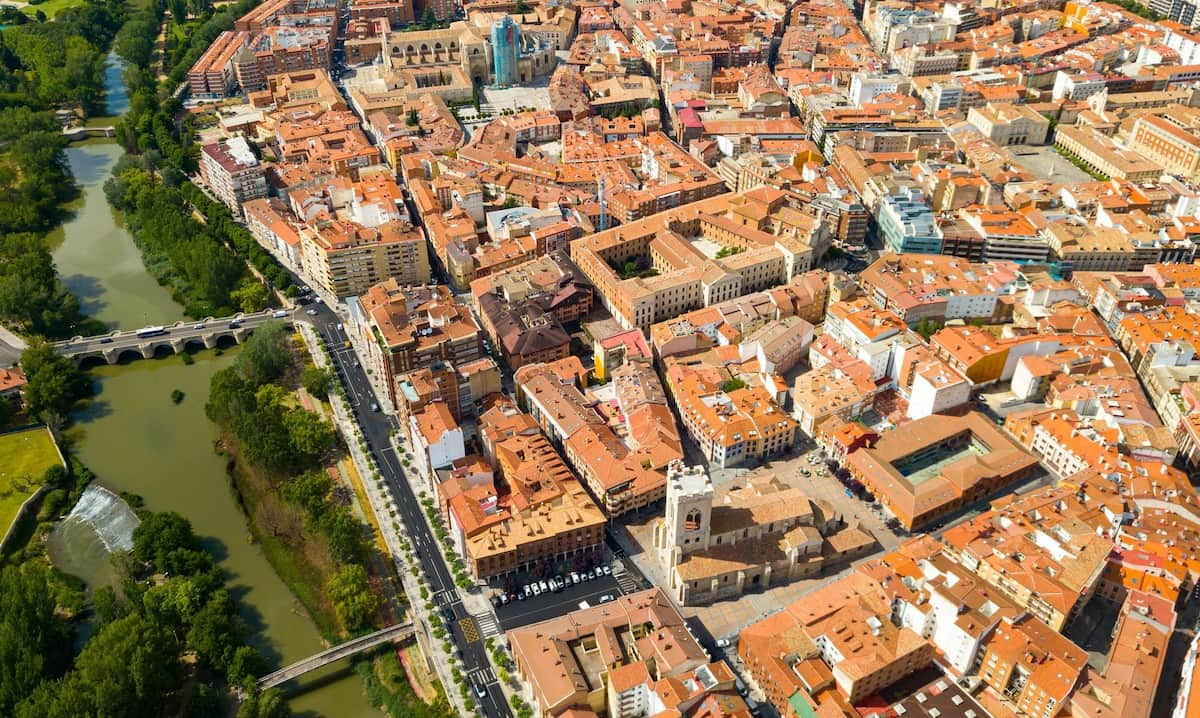
Palencia highlights:
- The Cathedral of San Antolín with its underground Visigothic crypt
- Calle Mayor, Spain’s longest porticoed street
- The Cristo del Otero statue overlooking the city
- The Romanesque Church of San Miguel
- The beautiful Canal de Castilla waterway
Cultural experiences. Palencia offers authentic northern Spanish culture without the tourist markup of more popular destinations.
| Attraction | Opening Hours | Entry Fee | Highlight |
|---|---|---|---|
| Cathedral | 10:00-14:00, 16:00-19:00 | €5 | El Greco’s “San Sebastián” |
| Diocesan Museum | 10:30-14:00, 16:00-19:00 | €3 | Medieval religious art |
| Cristo del Otero | Always accessible | Free | Panoramic city views |
| Canal de Castilla | Always accessible | Free | Pleasant walking path |
| Arch. Museum | 10:00-14:00, 17:00-20:00 | €2 | Roman artifacts |
Travel advice. I took the regional train from Burgos (€8.50 each way, 45 minutes), which runs several times daily. The compact historic center is easily walkable from the station. For lunch, I enjoyed excellent Castilian cuisine at prices much lower than in Burgos – my three-course menu del día at Mesón Castilla cost just €15 including wine, featuring the local specialty of lechazo (roast lamb).
5. Ribera del Duero Wine Route
Wine country. The Ribera del Duero wine region, just south of Burgos, provided one of my most memorable day trips. This prestigious wine appellation stretches along the Duero River, producing some of Spain’s finest red wines. Rather than visiting a single winery, I followed part of the official Wine Route, stopping at several bodegas for a comprehensive tasting experience.
Viticultural landscape. What makes this route special is the diversity of wineries – from centuries-old family operations in medieval caves to ultra-modern architectural showcases. The landscape itself is stunning, with vineyards stretching across rolling hills and medieval villages dotting the countryside.
Route highlights:
- The medieval wine town of Peñafiel with its castle
- Underground wine caves in Aranda de Duero
- Family-run boutique wineries in La Horra
- Modern architectural wineries like Protos
- Traditional wine villages with centuries-old cellars
Practical approach. I found a self-drive tour the most flexible way to explore, though organized tours are available from Burgos.
| Area | Distance from Burgos | Known For | Must-Visit Winery |
|---|---|---|---|
| Peñafiel | 110km | Castle Wine Museum | Protos |
| Aranda de Duero | 80km | Underground cellars | Bodegas Oquendo |
| La Horra | 85km | Family wineries | Bodegas Remirez de Ganuza |
| Roa | 75km | Regulatory Council | Bodegas Valduero |
| Gumiel de Izán | 70km | Medieval village | Bodegas Imperiales |
Travel advice. If driving yourself (rental cars from €50/day in Burgos), limit yourself to 3-4 wineries and call ahead for reservations. Most charge €10-15 for tours and tastings. For a car-free option, I recommend the organized tour from Burgos Tourism (€85) which includes transportation, three winery visits, and lunch. Remember that Spanish drink-driving laws are strict (limit 0.05% BAC), so designated drivers should use the spittoons provided.
⭐ Best Activities
- One-day Wine Tour to Ribera del Duero from Madrid – Discover the renowned Ribera del Duero wine region on this full-day excursion from Madrid. Visit traditional wineries, learn about wine production processes, and sample some of Spain’s finest red wines in the beautiful countryside.
FAQ
What is the main gate to the old city called?
The main gate to the old city is known as the iconic entry point, connecting visitors directly with the heart of Burgos. It stands as a symbol of the city’s rich history and medieval roots.
Which best places offer a view of Burgos?
The top spot in Burgos for panoramic views is the elevated area near the old fortress, where you can see the city’s landmarks and the surrounding Castilla y León landscape. This is a favorite for anyone wanting a memorable view of Burgos.
Where can I learn about human evolution in Burgos?
The city of Burgos features a renowned exhibition center dedicated to human evolution, with interactive displays and discoveries from an important site north of the city. This is a must-see for anyone interested in the story of our species.
What can I see at San Nicolás de Bari?
San Nicolás de Bari is famous for its intricate altarpiece and impressive carvings, showcasing the artistry of Burgos architecture. It’s a highlight on any itinerary through the historic streets of Burgos.
Which square in Burgos is best for relaxing?
A lively square in Burgos is surrounded by beautiful buildings and is the heart of local life, perfect for enjoying coffee and people-watching. This square is a central meeting point for both locals and visitors.
What is special about the Casa del Cordón?
Casa del Cordón is a historic building in the heart of Burgos, known for hosting royalty and important events in the history of Burgos. Today, it houses exhibitions and is a key stop on any city itinerary.
Where can I cross the river on the Puente de San Pablo?
The Puente de San Pablo is a historic bridge offering scenic views of Burgos and easy access to important monuments and statues. It’s a great spot for photos and a leisurely walk in the city of Burgos.
What can I experience at Santa María la Real de Las Huelgas?
Santa María la Real de Las Huelgas is a royal foundation with remarkable chapels and artistic treasures, reflecting the power and influence of medieval Castilla y León. Guided visits reveal the fascinating history and architecture of this site.
Where should I eat in Burgos for local cuisine?
To eat in Burgos like a local, try traditional dishes in restaurants located near the main squares and historic streets. The city is known for hearty Castilian cuisine, perfect for sampling regional flavors.
Does the Camino de Santiago route pass through Burgos?
Yes, the famous Camino de Santiago route passes through the city of Burgos, making it a key stop for pilgrims and travelers. The route brings a vibrant, international atmosphere to the streets of Burgos.
